Box braids, a popular protective hairstyle, offer both style and convenience. But if you find yourself wondering "how to make box braids less stiff?" you're not alone. The joy of flaunting these beautiful braids can be overshadowed by the discomfort caused by their stiffness. A common issue for many, stiff box braids can lead to an uncomfortable scalp, hindered hair movement, and even hair damage. This article digs into the underlying causes of braid stiffness and offers detailed methods to keep your box braids as comfortable as they are gorgeous.
Understanding Stiffness in Box Braids
The stiffness in box braids typically stems from three main factors: the type of hair used for extensions, the braiding technique, and the tension applied during the braiding process. Synthetic hair extensions, favored for their durability and affordability, can often be rigid and less pliable than human hair. Furthermore, braids that are overly tightly weaved can cause rigidity and undue tension on the scalp, resulting in pain and even loss of hair.
You May Also Like: How to do box braids using rubber bands >>
Pre-Braiding Strategies
Selecting the Right Hair Extensions
To avoid stiff box braids, select high-quality synthetic hair known for its softness. Brands often have various lines of hair extensions, some specifically designed to mimic the texture and flexibility of human hair. Opt for these softer varieties to ensure a comfortable braid experience.
Preparing the Hair Extensions
Before braiding, it's crucial to precondition the synthetic hair. One effective method is the hot water technique, where you submerge the extensions in hot water to increase flexibility. Adding a dash of apple cider vinegar can further condition the fibers, stripping away any coating that may cause stiffness.
You May Also Like: How to keep box braids from frizzing >>
Braiding Techniques to Reduce Stiffness
One of the most effective ways to ensure your box braids are less stiff is to focus on the braiding technique. Braids that are too tight can not only cause stiffness but also lead to tension headaches and potential hair damage. To prevent this, the braiding process should be carefully approached, paying particular attention to the tension and method used.
Optimal Tension
Finding the correct tension is a balancing act. Braids should be secure enough to last but not so tight that they cause discomfort or damage to the hair follicles. A good rule of thumb is to braid firmly but comfortably, allowing a little give when gently tugging at the braid. The tension is likely too much if the scalp feels sore immediately after weaving.
The Braiding Process
Start by taking small, even sections of hair to ensure that each box braid is of a uniform size. This will not only help your hairstyle look more polished but also prevent some braids from being tighter than others. As you braid, keep a steady hand and resist the urge to pull the hair too tightly. Instead, focus on the rhythm and flow of your braiding, letting each movement be fluid rather than forceful.
Braiding Patterns
The pattern in which you braid can also contribute to the stiffness of box braids. Traditional three-strand braids are common, but consider using a four-strand technique or even a rope twist for a looser and more flexible outcome. These alternative patterns can still offer box braids' longevity and protective qualities while reducing the overall stiffness.
Sectioning Hair with Care
How you section your hair can also impact the final feel of the box braids. Smaller sections can lead to tighter braids, which may increase stiffness. Larger sections, while they may not last as long, can result in a looser braid that moves more naturally and puts less strain on the hair and scalp.
Using the Right Tools
Use a comb with wide teeth to unravel your hair before braiding, as this will make the braiding process smoother and less likely to result in inadvertent tension. Ensure your hands are not too dry, as this can cause friction and inadvertently tighten the box braid. A bit of braid spray or oil can keep your fingers nimble and moisturized.
Incorporating Extensions
When adding synthetic hair to create box braids, apply a method that allows the extensions to blend seamlessly with the natural hair without creating excess tension. One effective technique is to fold the extension in half, creating a loop at the midpoint, and then begin braiding this into the natural hair, ensuring the braid starts smoothly without pulling.
You May Also Like: Do box braids have to be tight >>
Post-Braiding Care
Washing and conditioning box braids can help alleviate stiffness. To wash the scalp, use a sulfate-free shampoo, and to soften the hair, apply a lightweight conditioner. Dilute these products with water to make it easier to rinse out of the braids. Moisturizing with natural oils, such as coconut or jojoba oil, or leave-in conditioners can maintain the softness of the braids and prevent the hair from drying out. At JALIZA, we understand the importance of finding the perfect braided box wig that not only complements your individual style but also respects the integrity of your natural hair.
Maintenance Tips for Long-Term Softness
Maintaining the softness of your box braids over time requires a combination of nightly care, daily habits, and proper product use. Here are some detailed strategies to help keep your braids feeling soft and supple, reducing the risk of them becoming stiff as they age.
Nighttime Routines
Developing a nighttime routine is crucial to prolonging the softness of your box braids. Here's how you can protect your braids while you sleep:
1. Moisturize Before Bed: Apply a light leave-in conditioner or braid spray before bed to keep the braids moisturized throughout the night.
2. Braid or Band Your Braids: If you have long box braids, loosely braid them or band them in sections to minimize movement and friction that can lead to stiffness.
3. Use Satin or Silk Headwear: Wrapping your hair in a silky scarf or hat to decrease friction, which can cause the hair strands in the braids to become stiff and brittle. This material is gentle on the hair and helps retain moisture.
4. Pillowcase Material: Sleep on a satin or silk pillowcase to further reduce friction and help maintain the moisture levels in your box braids.
Daily Practices
Your everyday routines have a huge impact on keeping your box braids soft. Here are some daily care tips:
1. Gentle Styling: Avoid pulling your braids into tight ponytails or buns, which can add tension and lead to stiffness. Instead, opt for looser styles that don't pressure your scalp or the braids themselves.
2. Avoid Heavy Products: Steer clear of heavy gels, waxes, or pomades, which can build up and contribute to stiffness. Instead, use lightweight oils like argan or almond oil to keep your braids and scalp nourished.
3. Hydration: Keep your hair hydrated by using a braid spray or a homemade mix of water and essential oils. Regular hydration can prevent the hair from becoming dry and stiff.
4. Regular Scalp Care: Use a gentle scalp oil to maintain a healthy scalp environment, which is essential for your braids' overall health and flexibility.
Weekly Maintenance
In addition to daily care, weekly maintenance can also help in keeping your box braids soft:
1. Wash Your Braids: While washing your braids too frequently can lead to frizz and puffiness, a gentle wash every two weeks can help maintain softness. Use diluted shampoo on your head, allowing the suds to trickle down along the length of the braids.
2. Conditioning Treatments: Apply a light, leave-in conditioner after washing your braids. Some people also use a diluted, rinse-out conditioner for extra softness, being sure to rinse thoroughly to prevent build-up.
3. Treat Your Ends: If your braids include natural hair at the ends, ensure they are regularly treated with oil or a hair serum to prevent dryness and brittleness.
Dealing with Build-Up
Over time, product build-up can occur at the base of the box braids, leading to stiffness. Here's how to manage it:
1. Clarifying Rinse: Consider using a clarifying shampoo or an apple cider vinegar rinse once a month to remove build-up without stripping moisture.
2. Loosen Build-Up: Gently massage your scalp and the base of the braids to loosen any build-up. This can help maintain the flexibility of the roots and prevent the braids from becoming stiff.
Professional Refresh
If you plan on keeping your box braids for an extended period:
1. Professional Touch-Up: Visit your stylist for a professional touch-up, especially along the hairline, to ensure your braids look fresh and to prevent tension that can lead to stiffness.
2. Trimming the Ends: If the ends of your braids become frayed or stiff, a slight trim can help maintain a neat appearance and prevent further stiffness from traveling up the braid.
At JALIZA Wig Store, we take pride in providing a comprehensive collection of wigs specially crafted for black women. Whether you're drawn to the classic elegance of small box braids, the intricate patterns of a braided wig, or the sophisticated look of a braided box wig, our catalog is meticulously curated to meet your needs with the highest quality options available.
Conclusion
The comfort of your box braids is paramount for your hair's health and well-being. By selecting suitable materials, employing proper braiding techniques, and maintaining your braids with care, you can enjoy the benefits of this protective style without the burden of stiffness. JALIZA Wig Store stands as a beacon of excellence for black women seeking quality and variety in wigs. From the sleek lines of small box braids to the intricate designs of braided wigs, our selection is designed to offer something for everyone.
Each wig is crafted with the utmost attention to detail, ensuring a natural look and comfortable fit. Whether you're looking for a braided wig to make a bold statement or small box braids for a more understated look, JALIZA Wig Store offers a range of options to meet your needs. Our commitment is to deliver not just a product, but an experience that enhances your beauty and confidence every day.












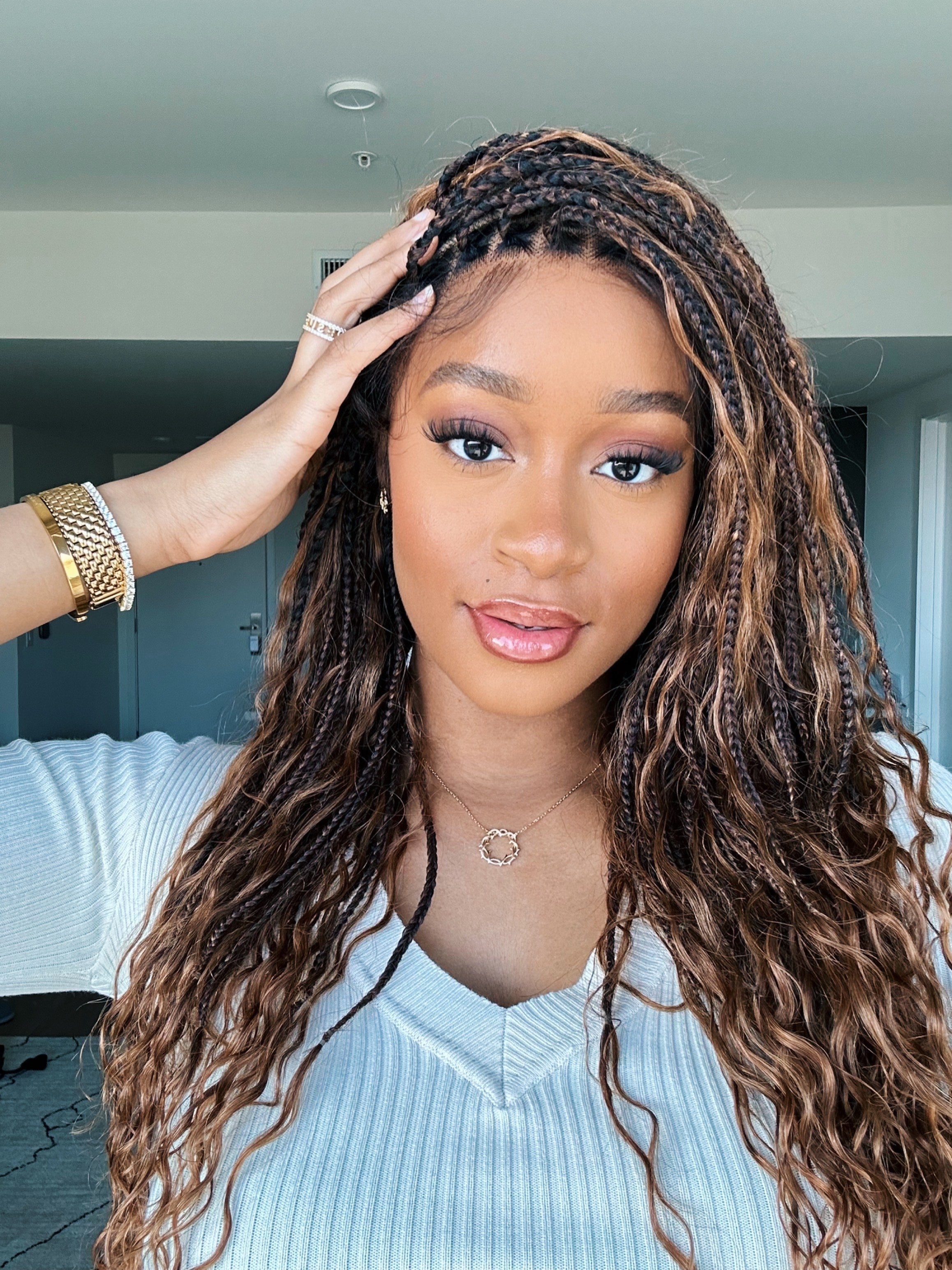

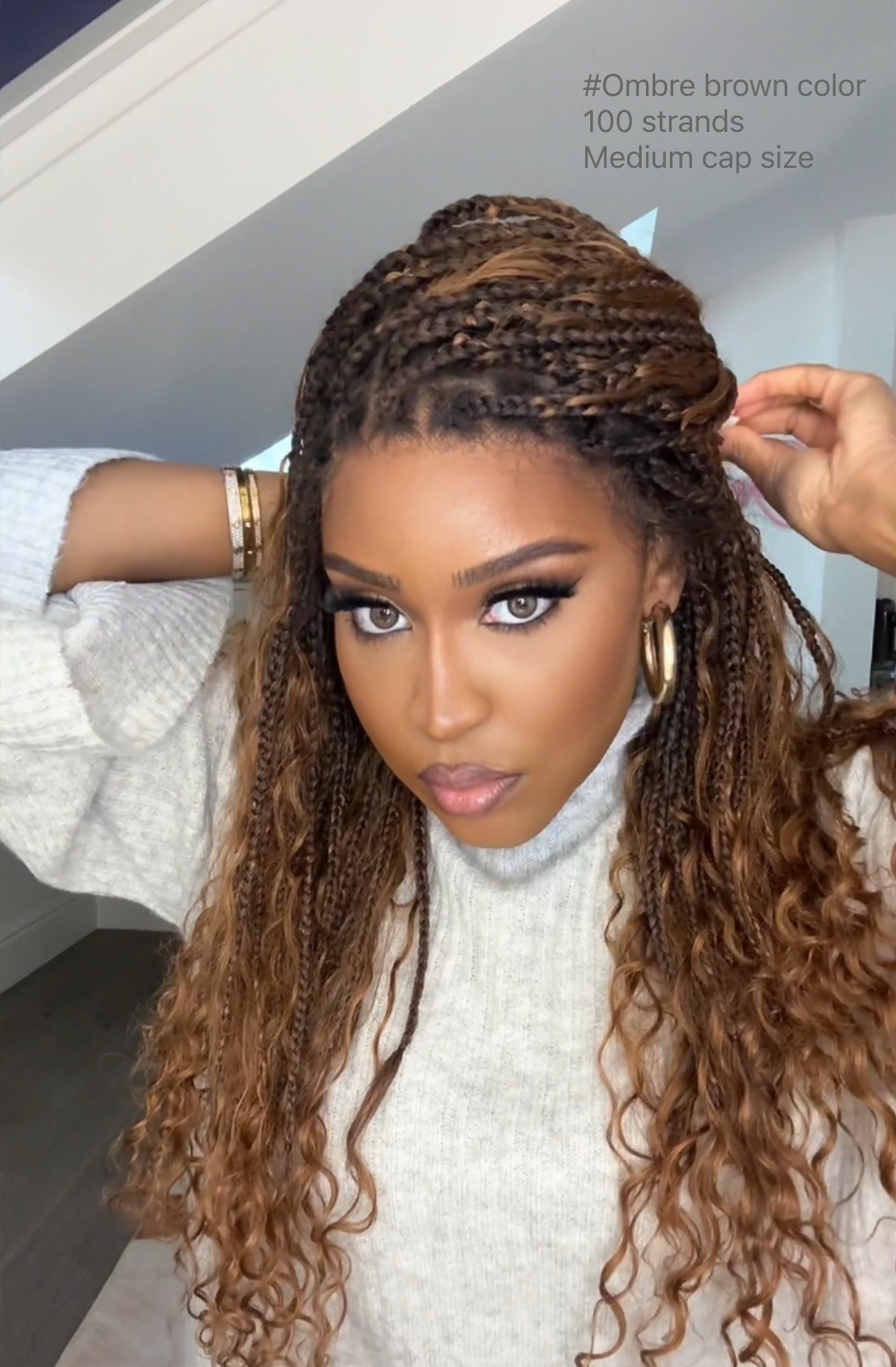
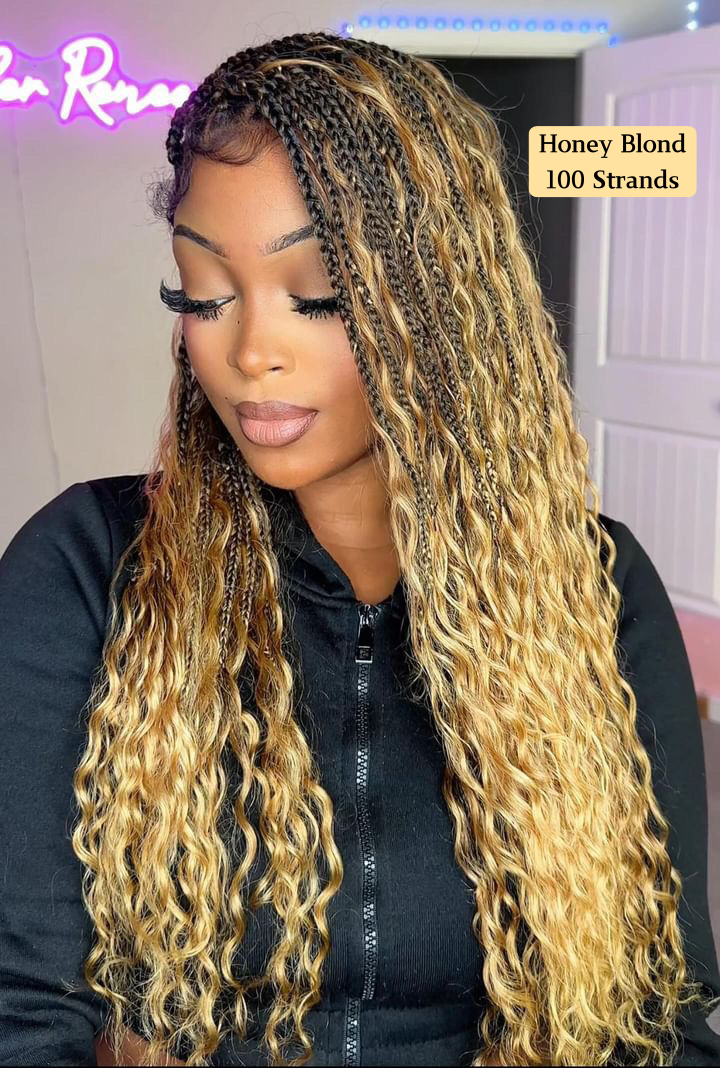

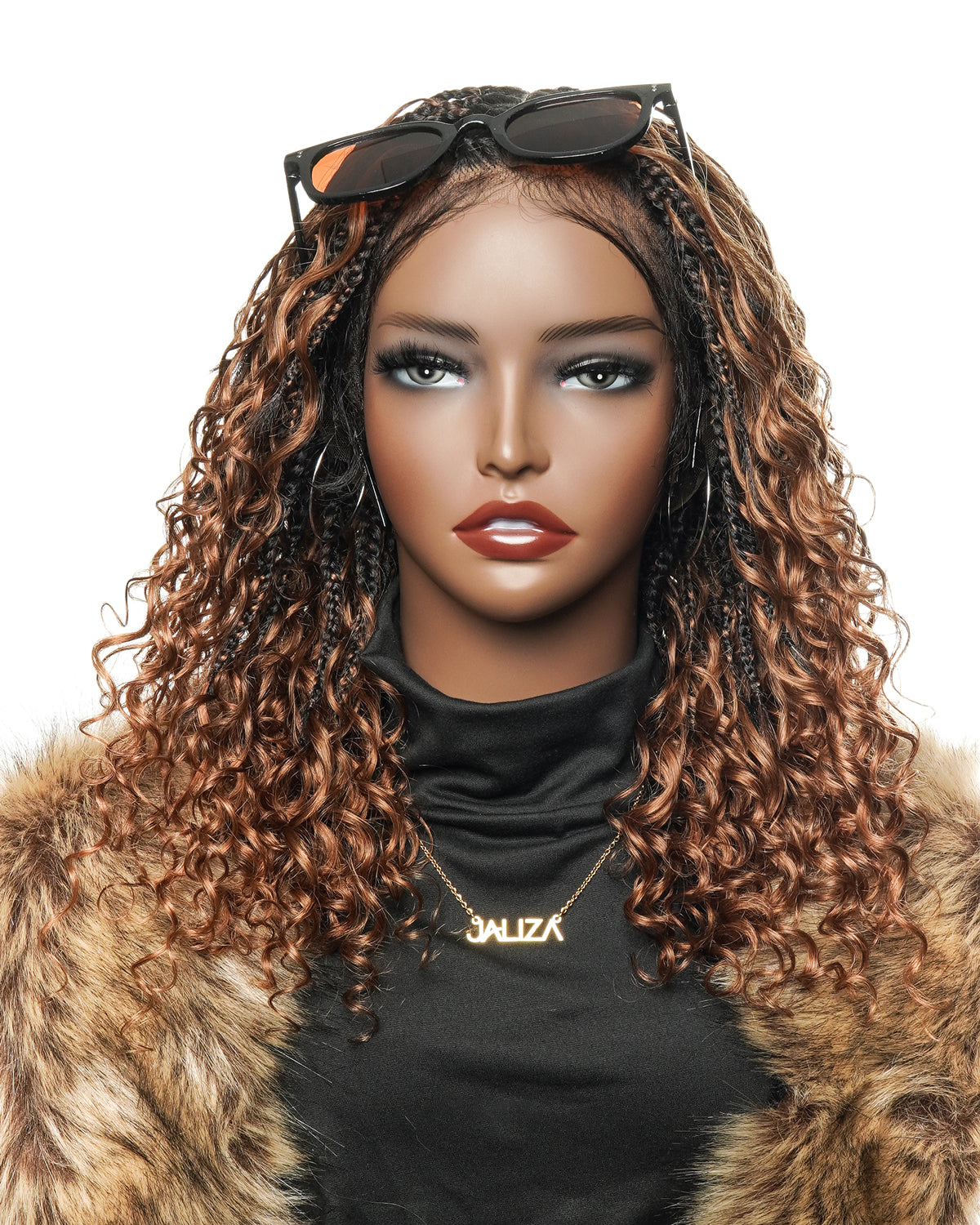

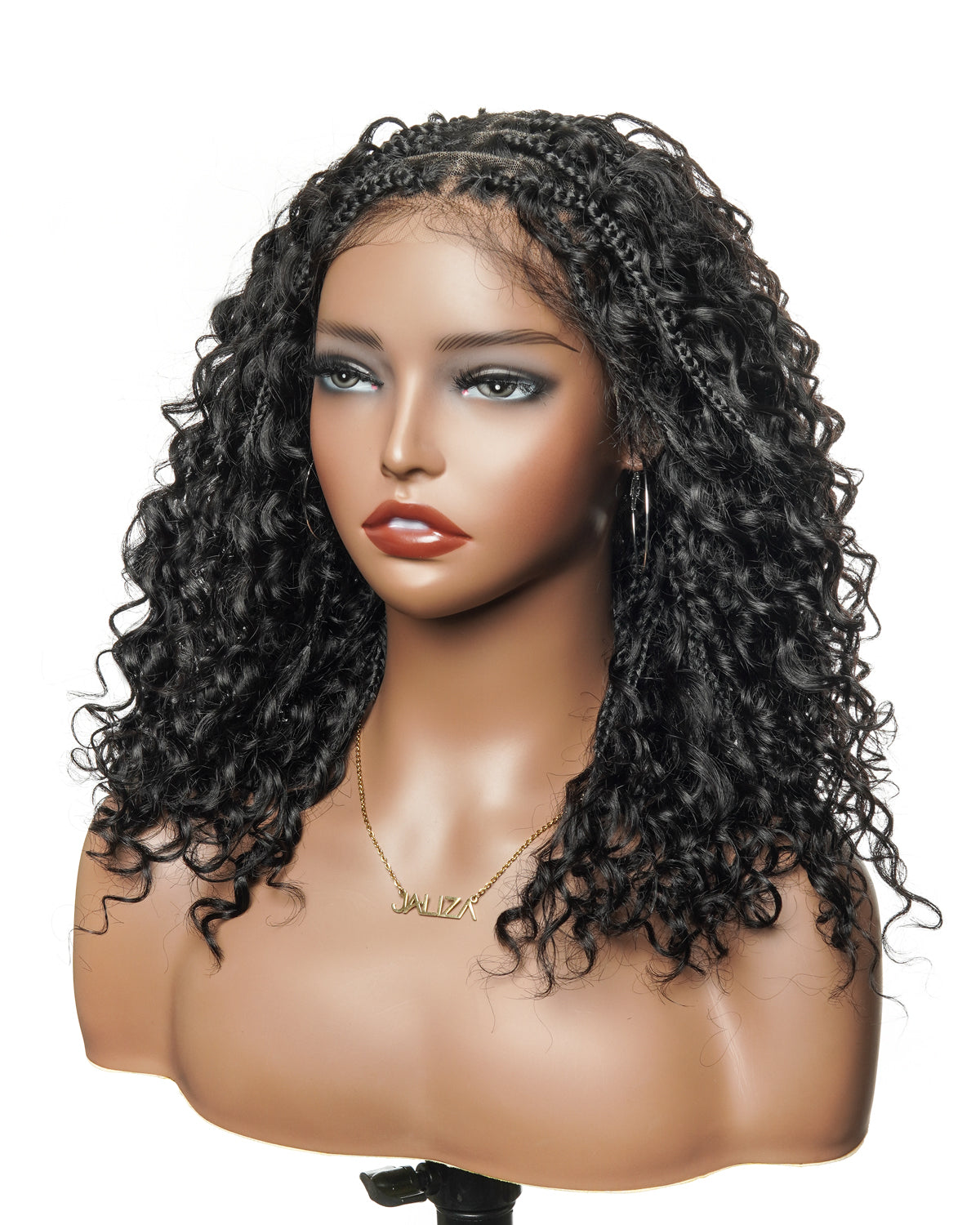




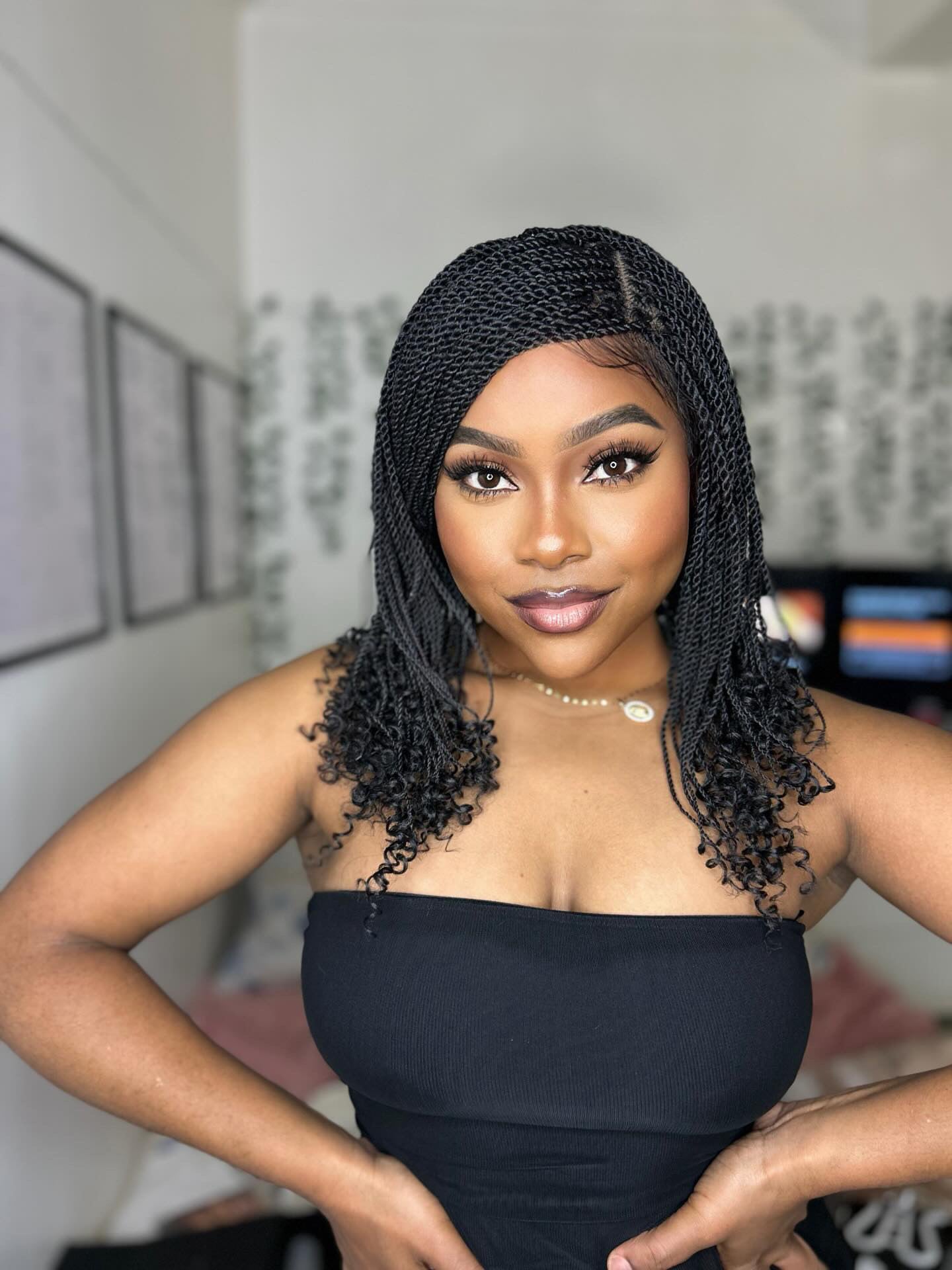

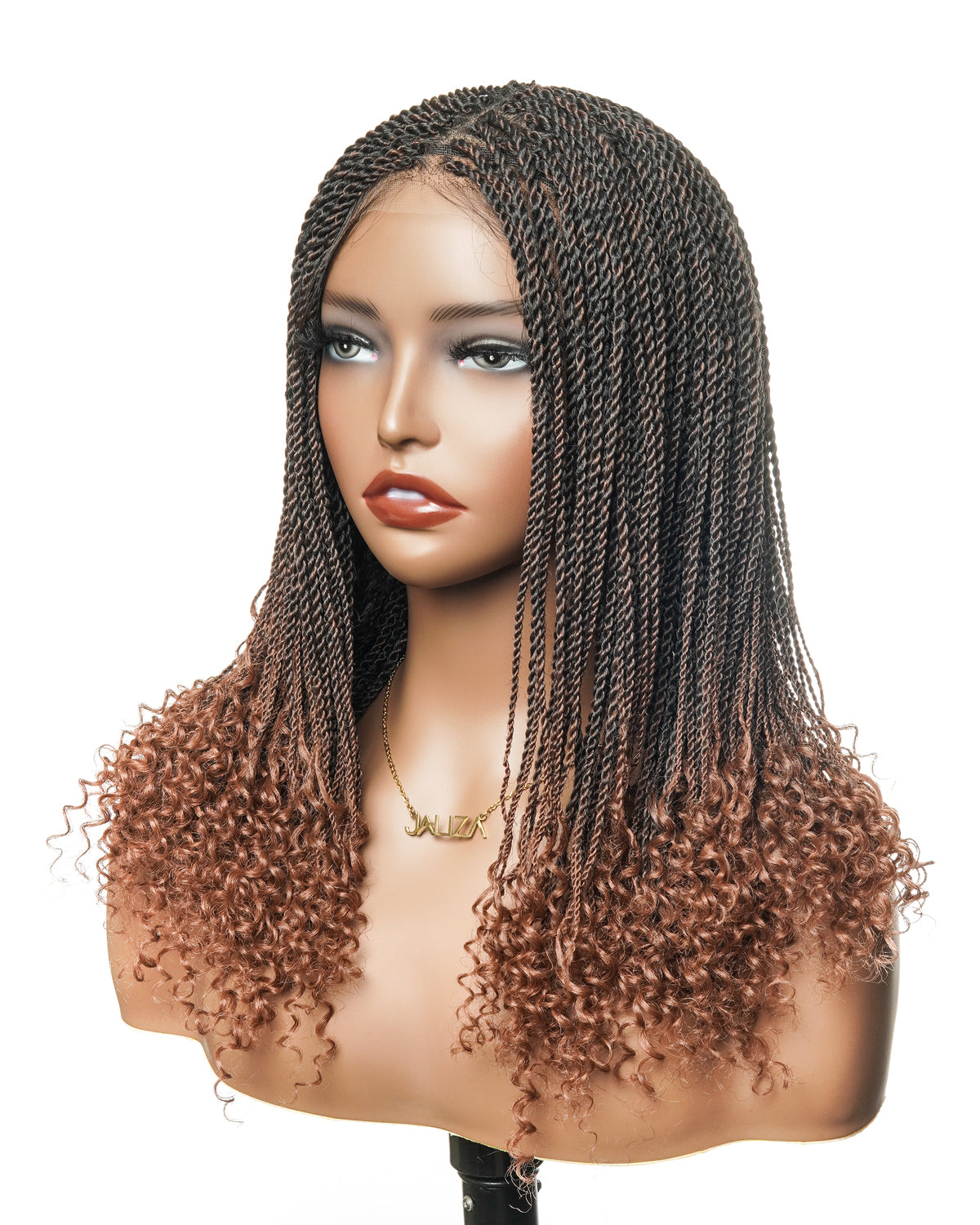
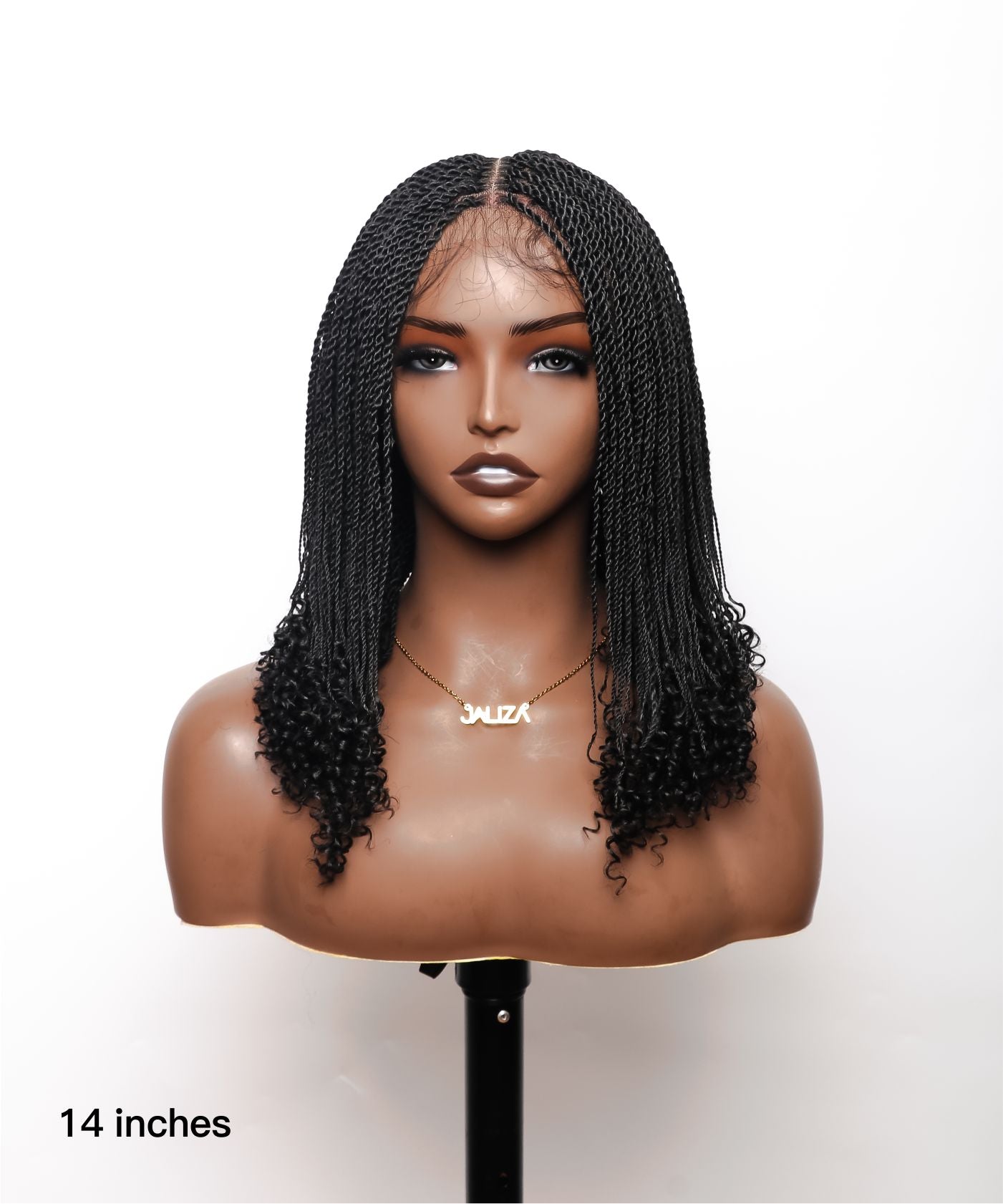
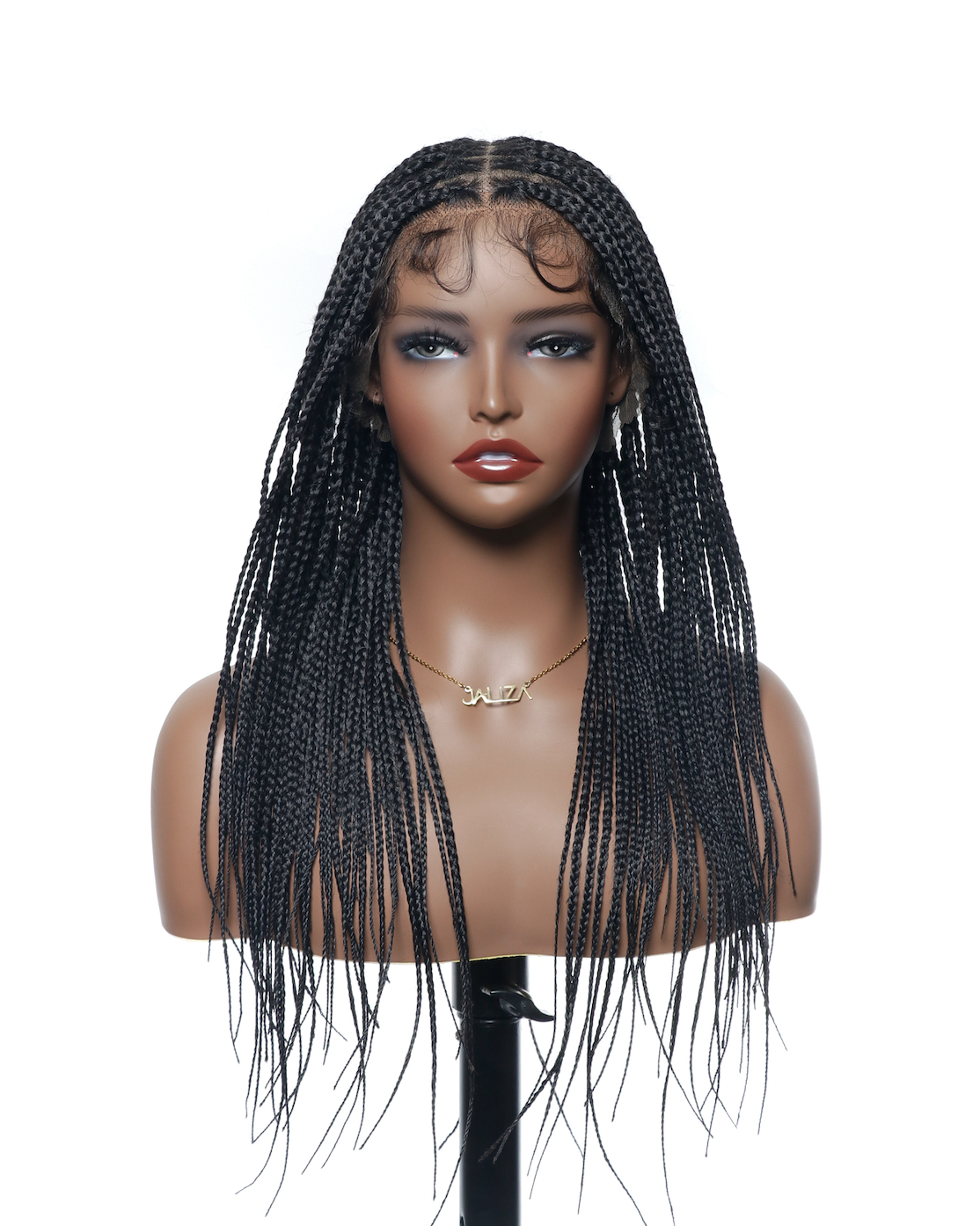
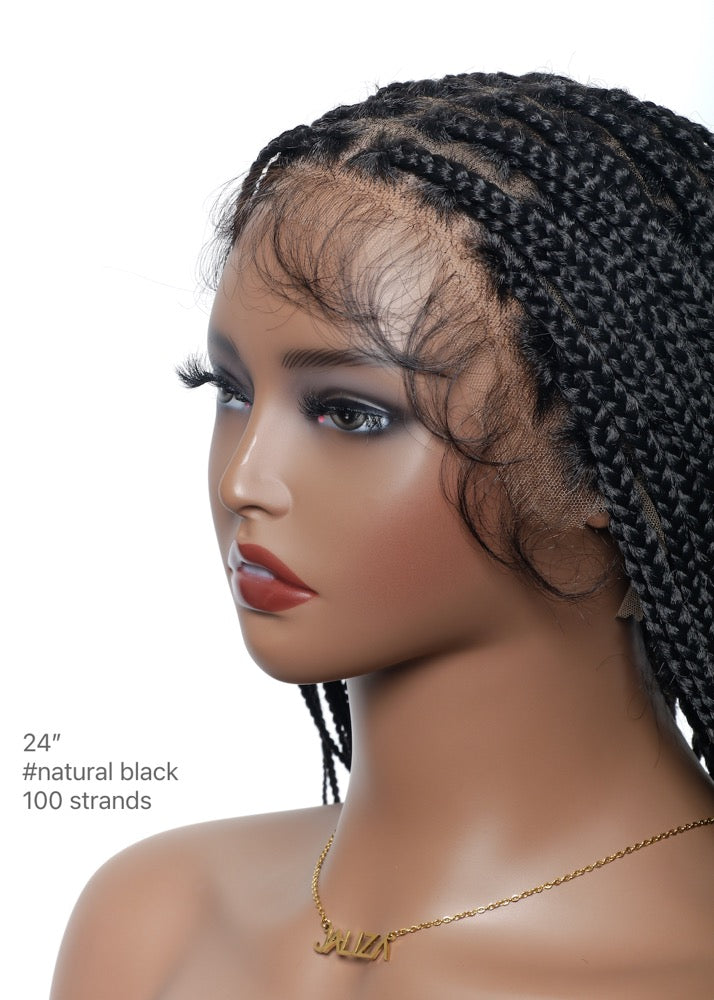

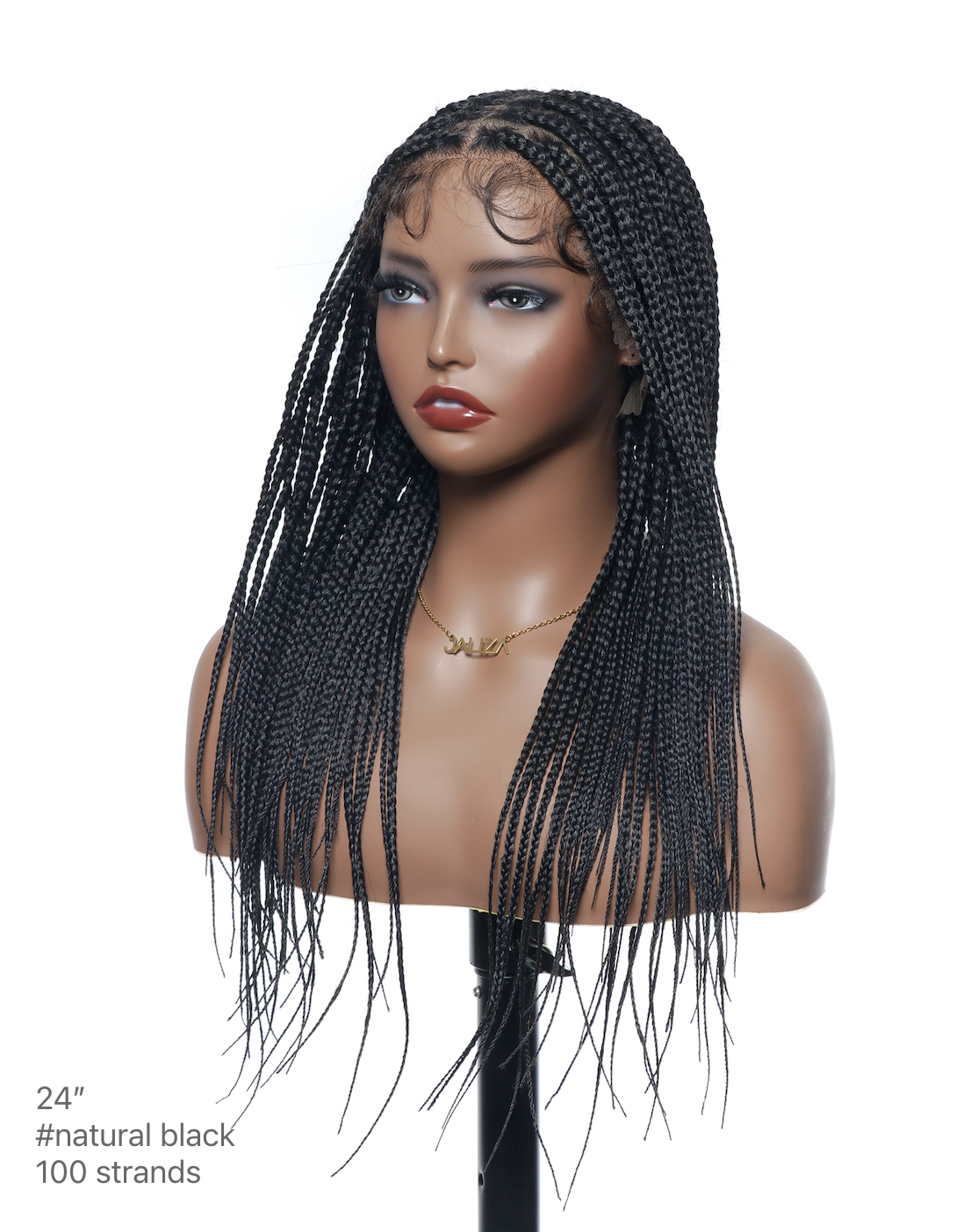
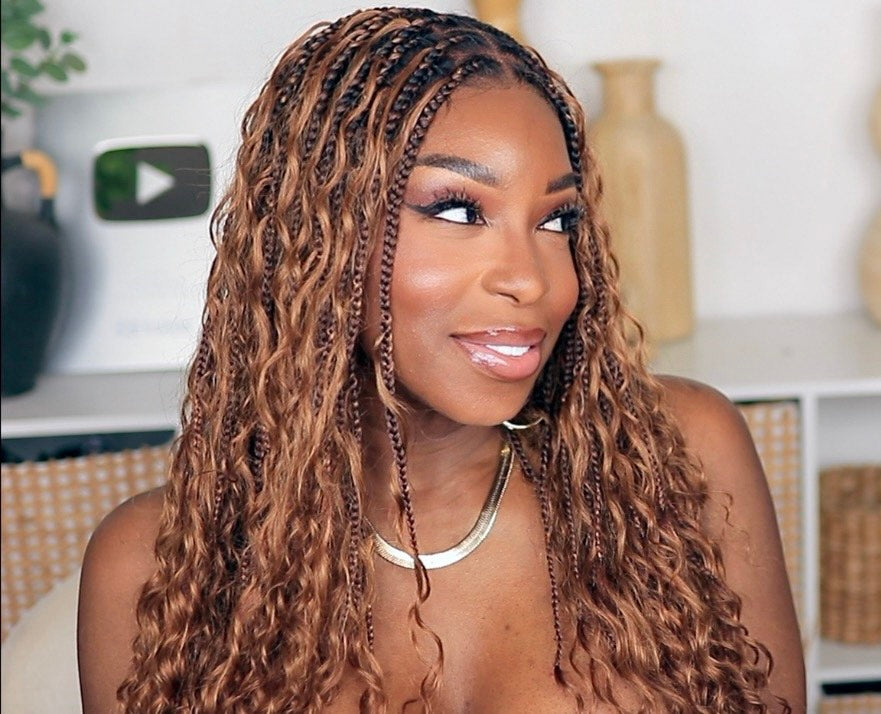
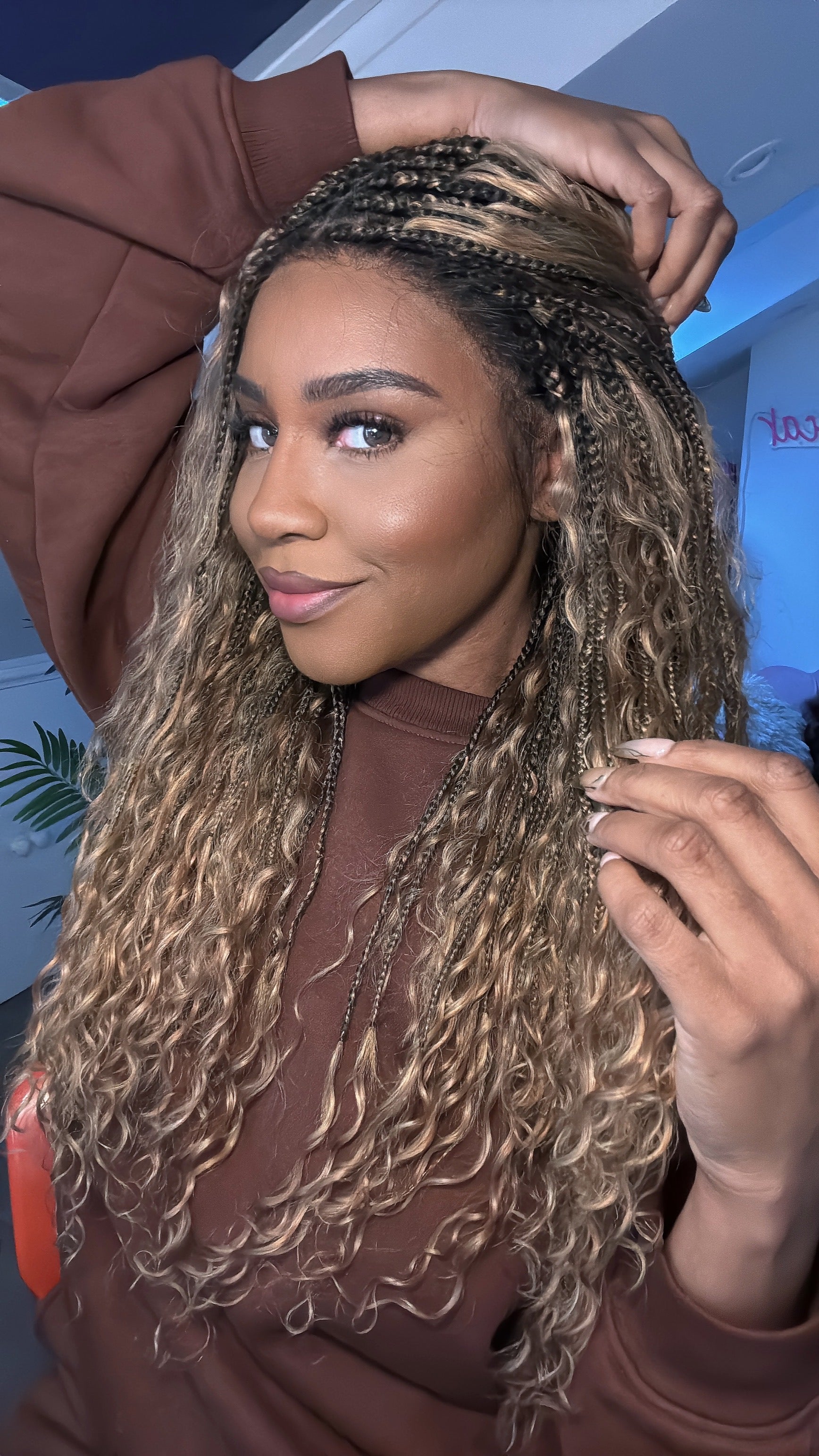
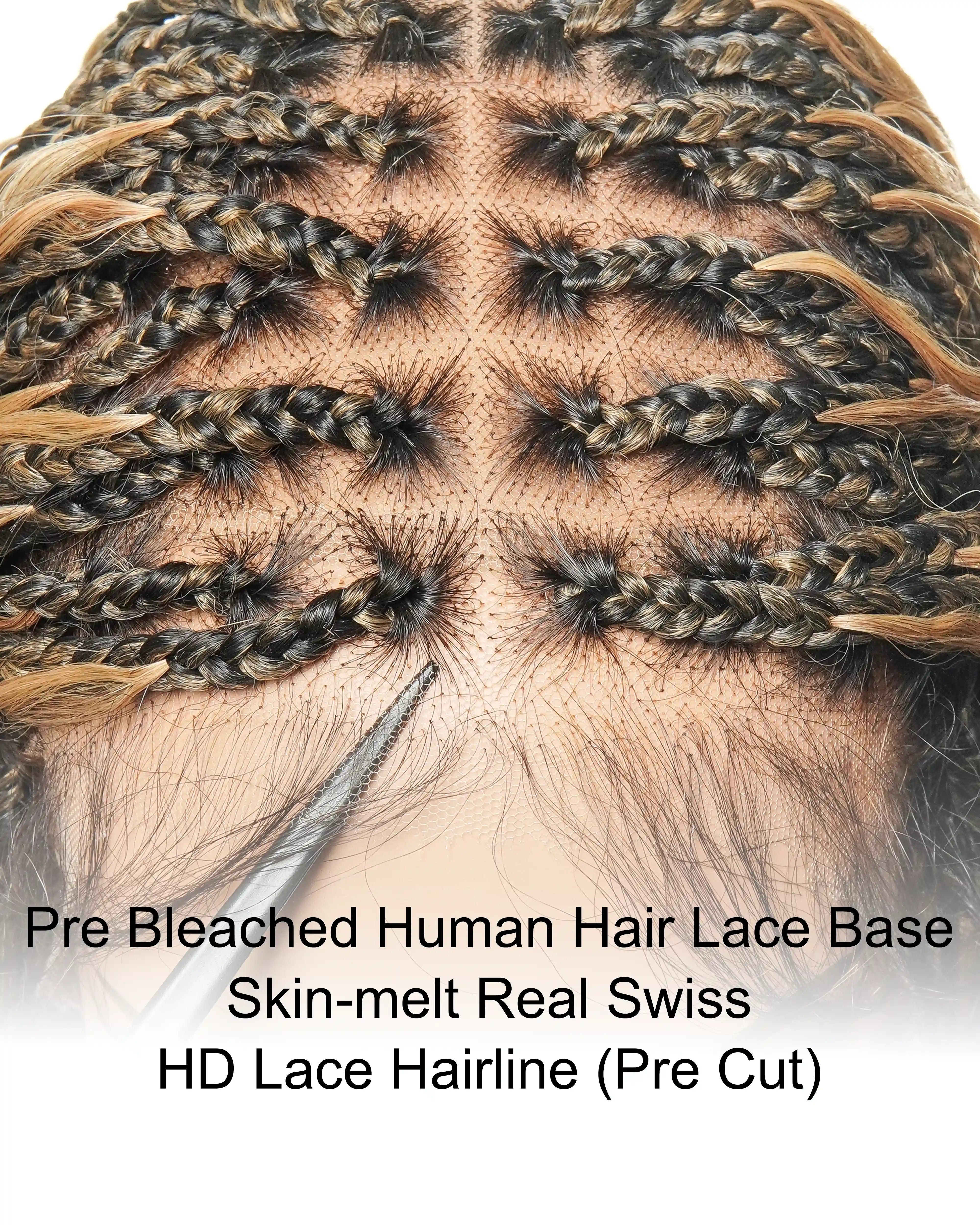




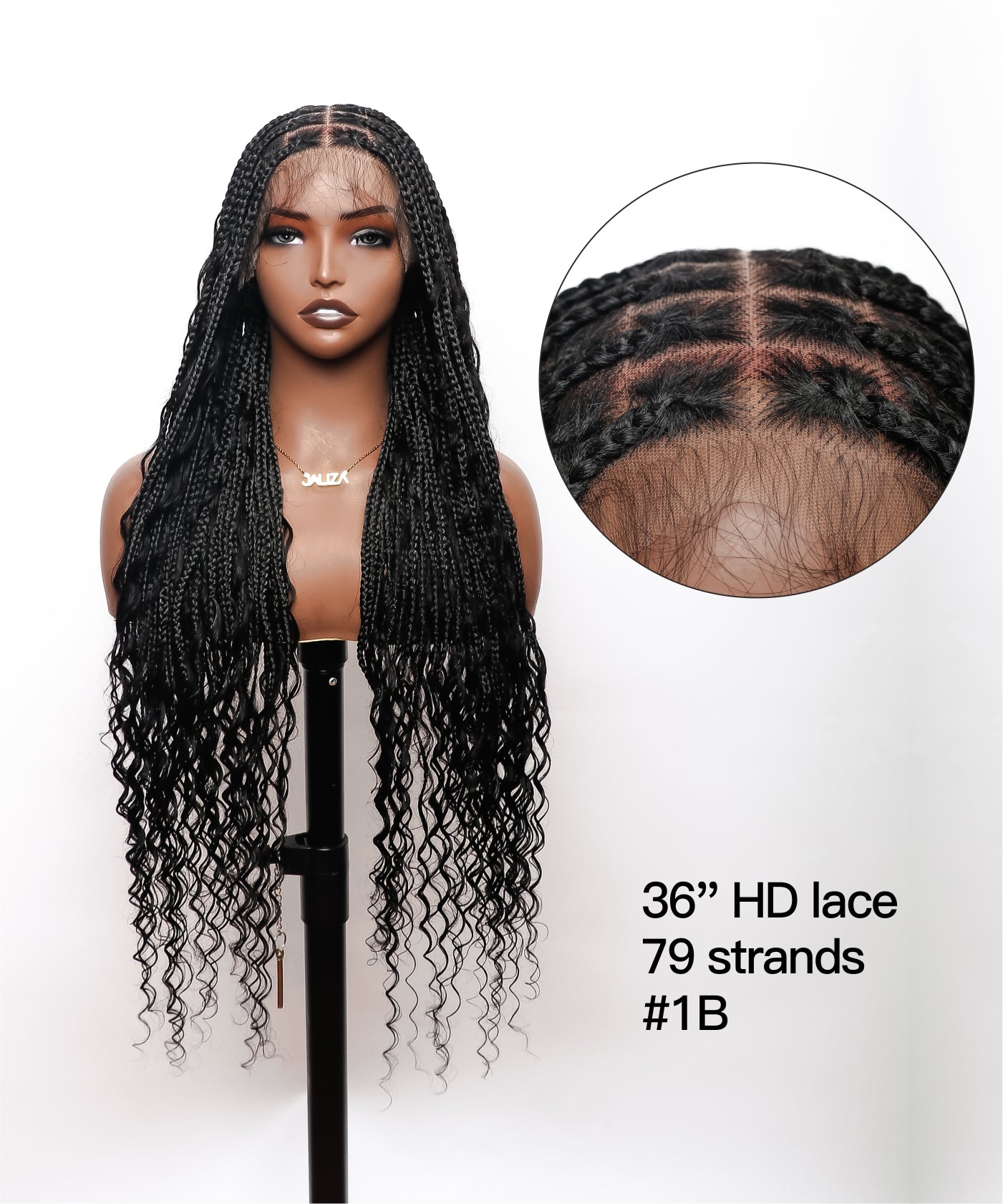
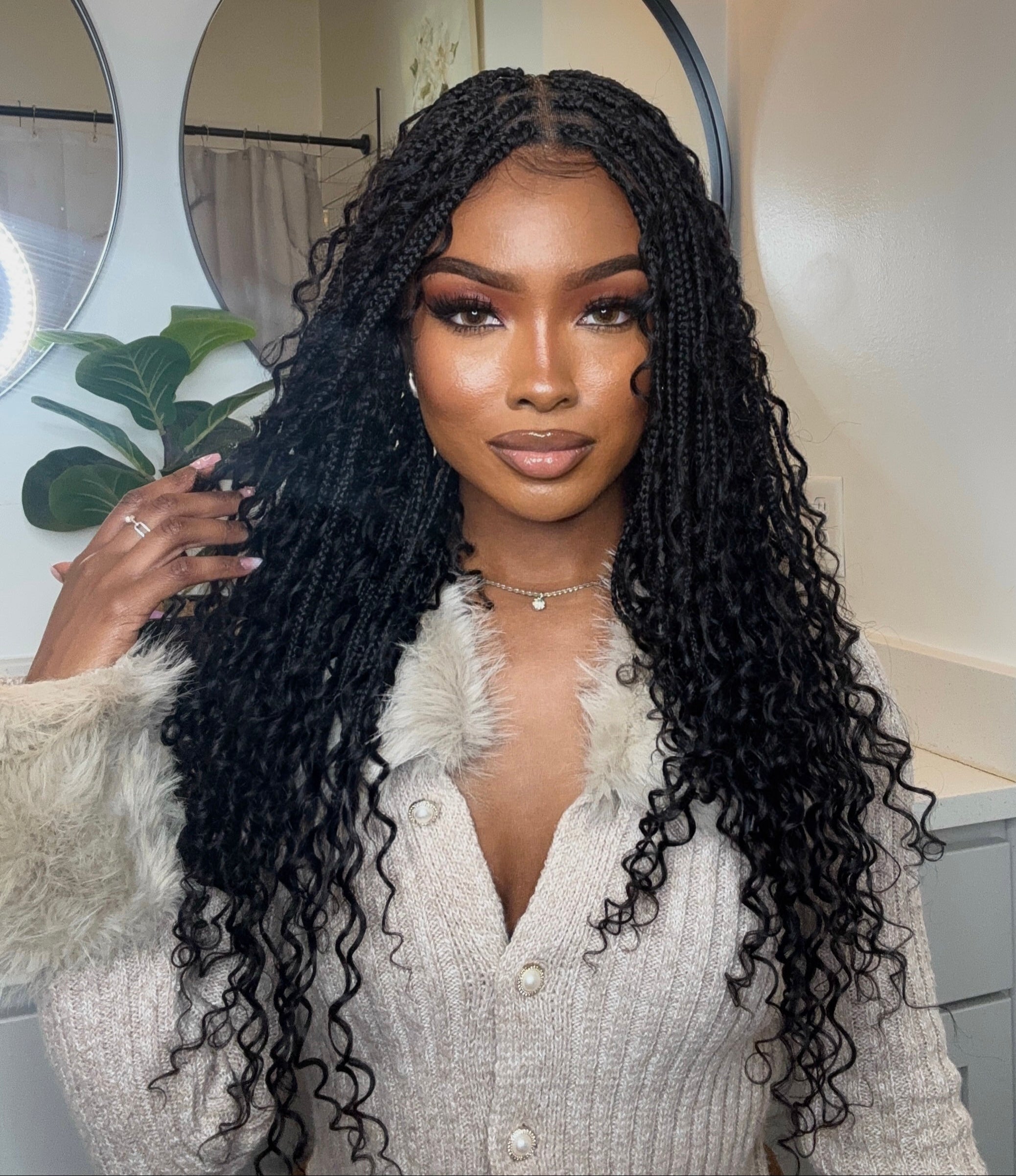
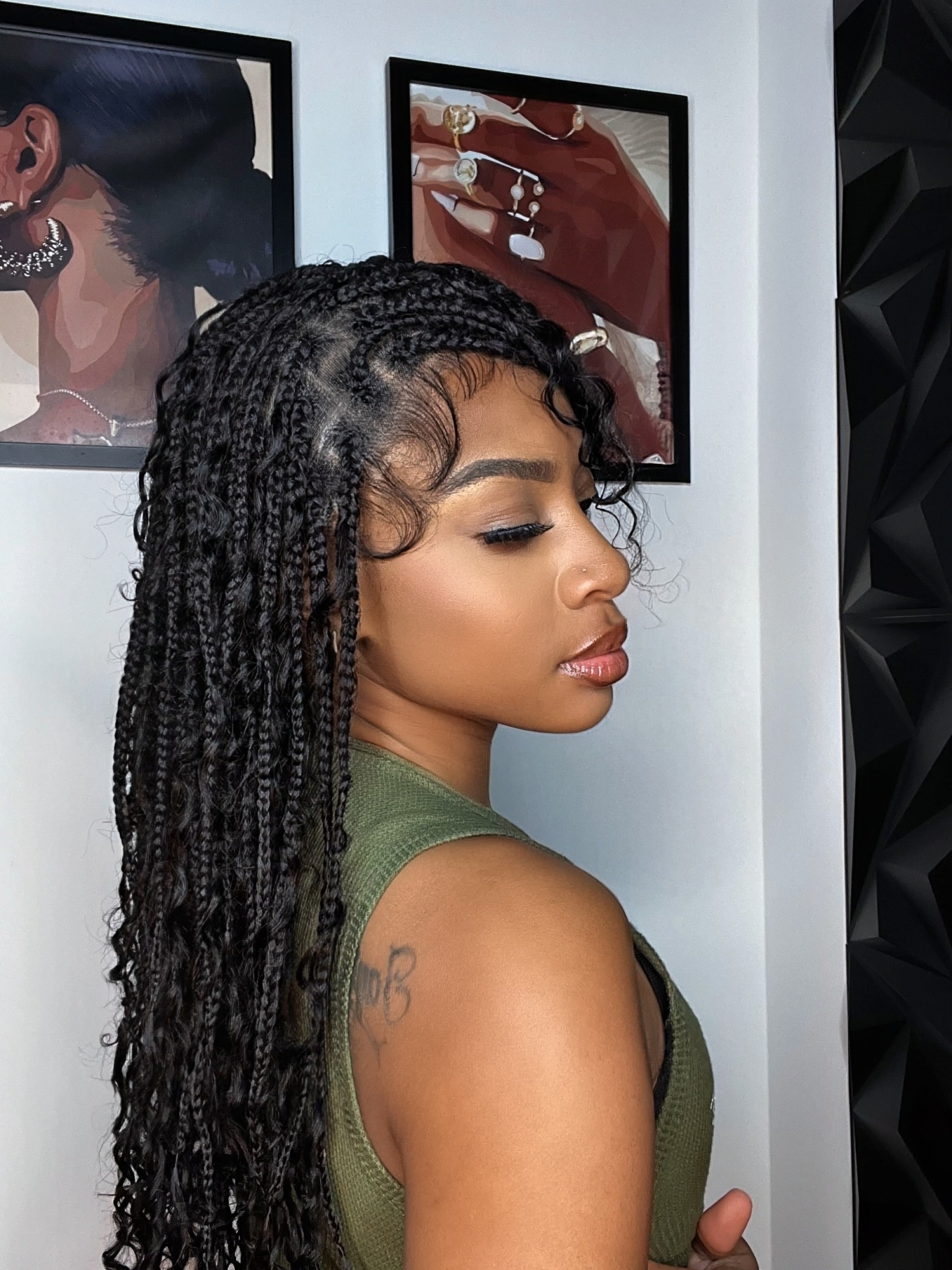
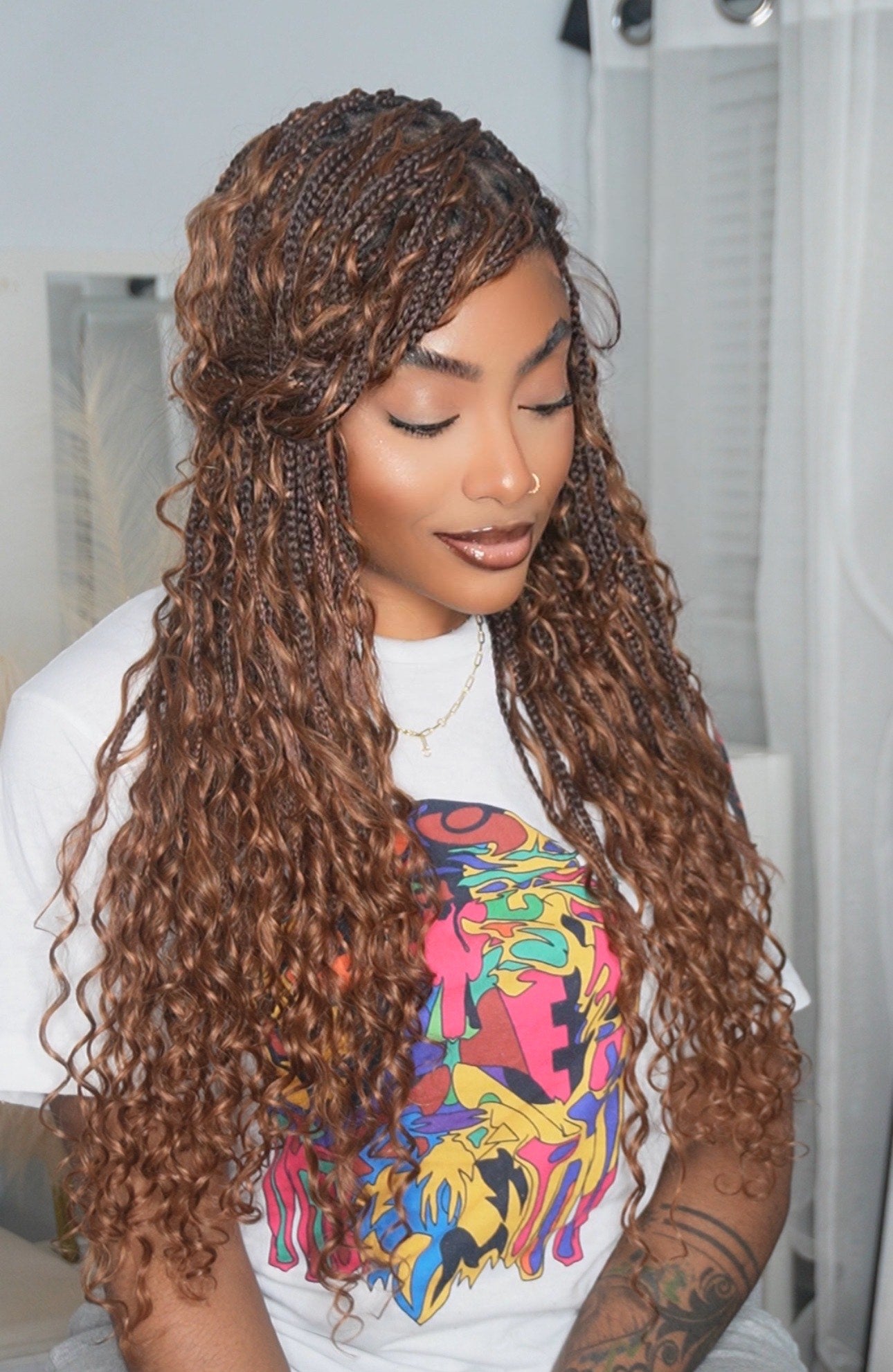
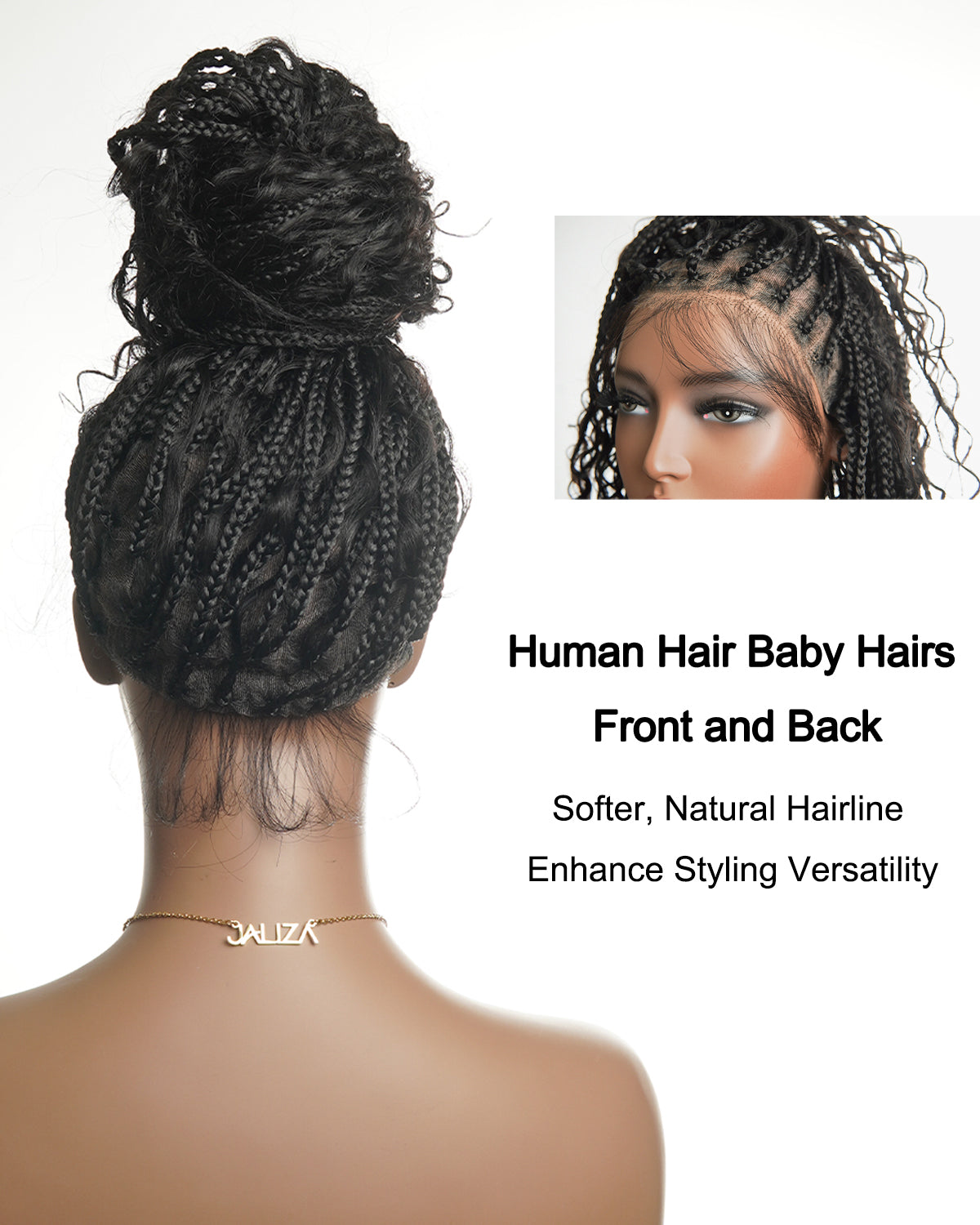
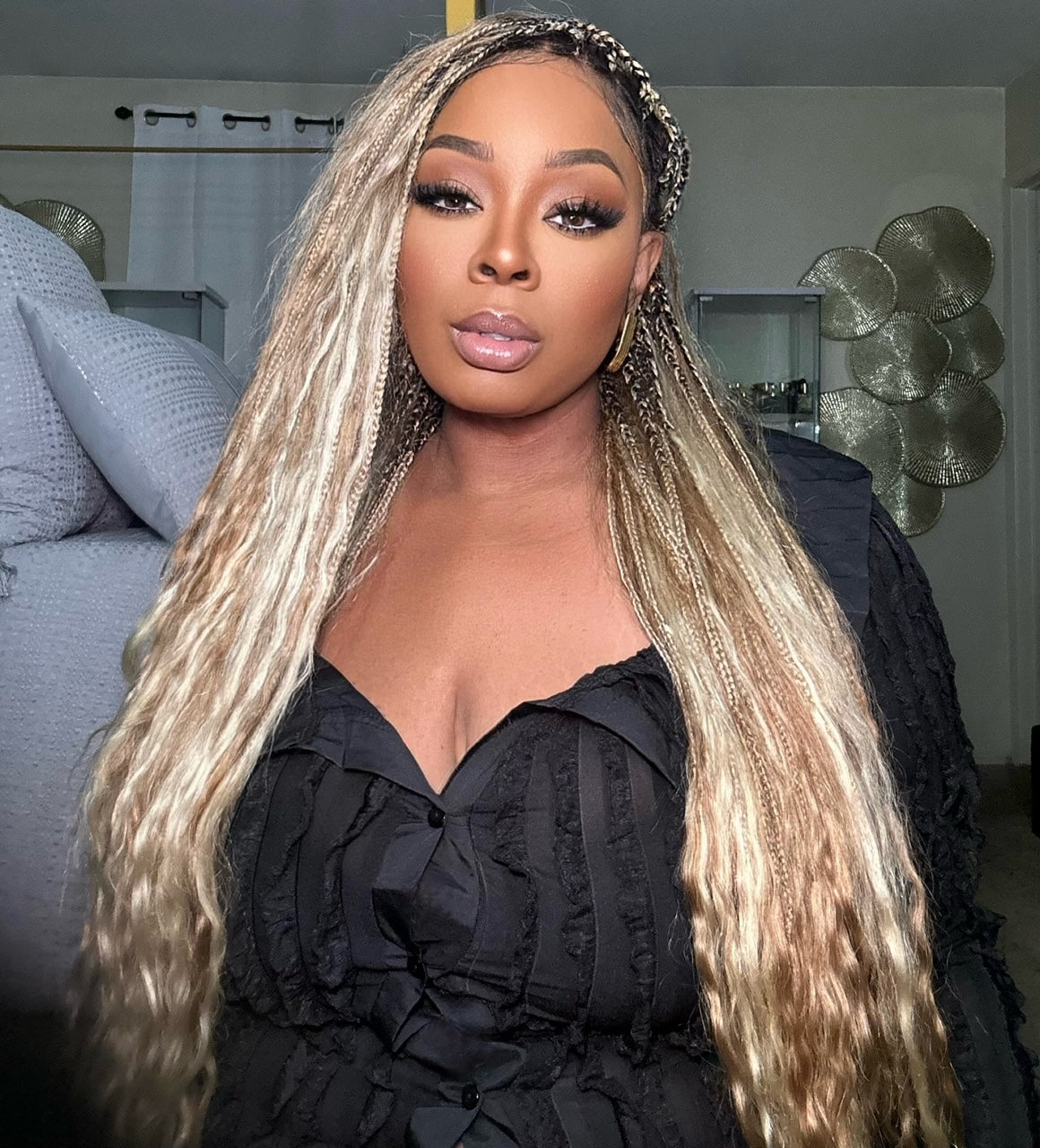

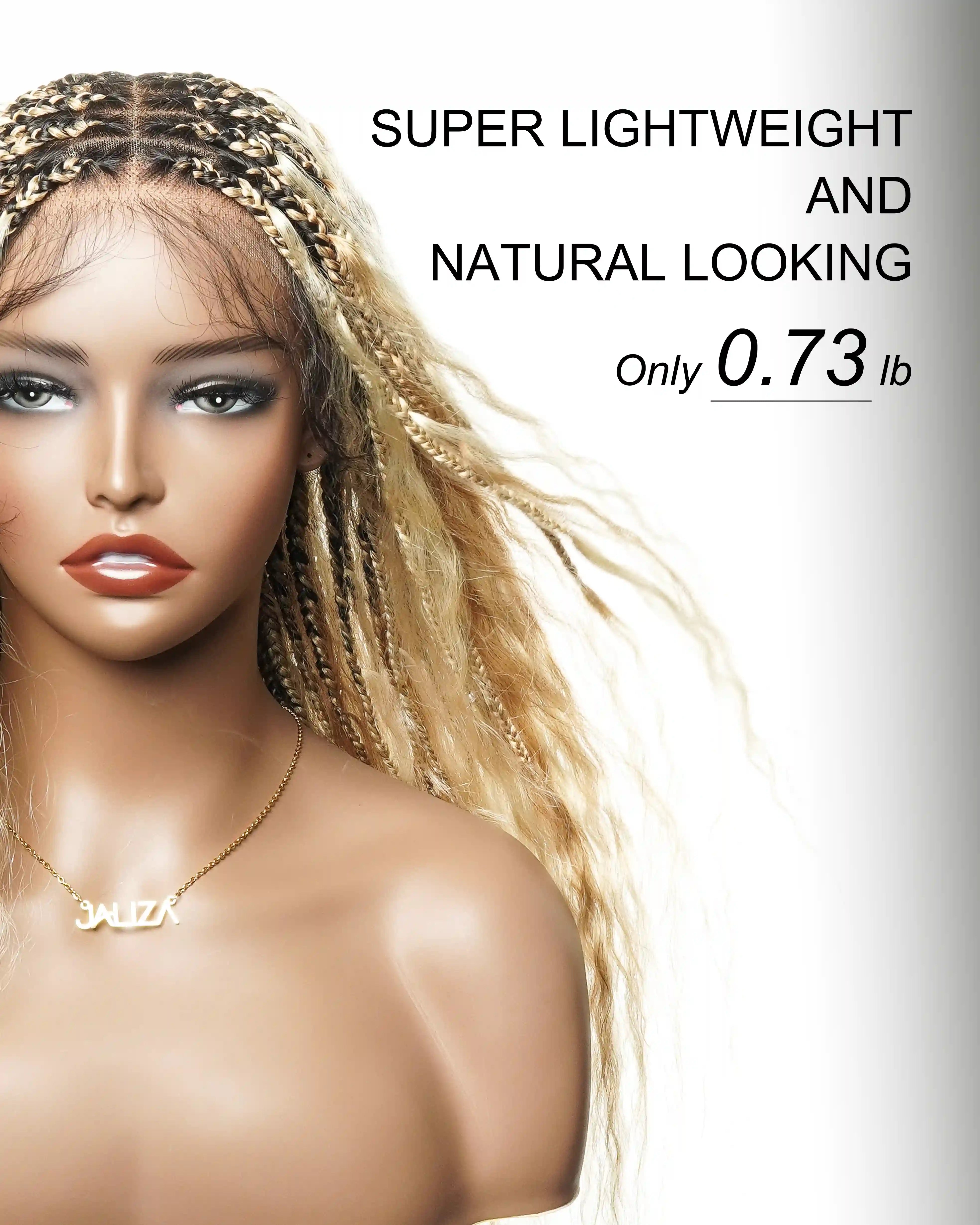
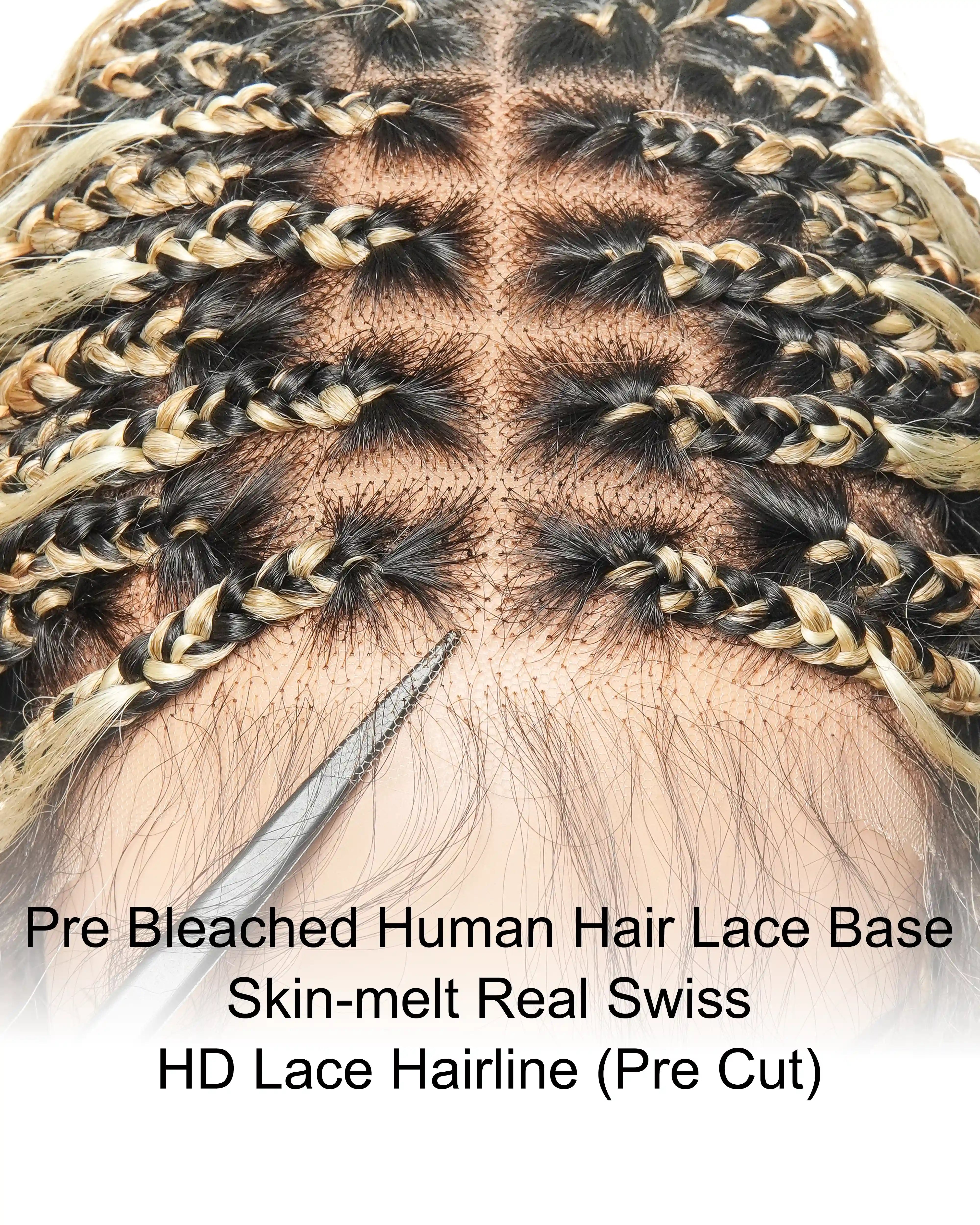






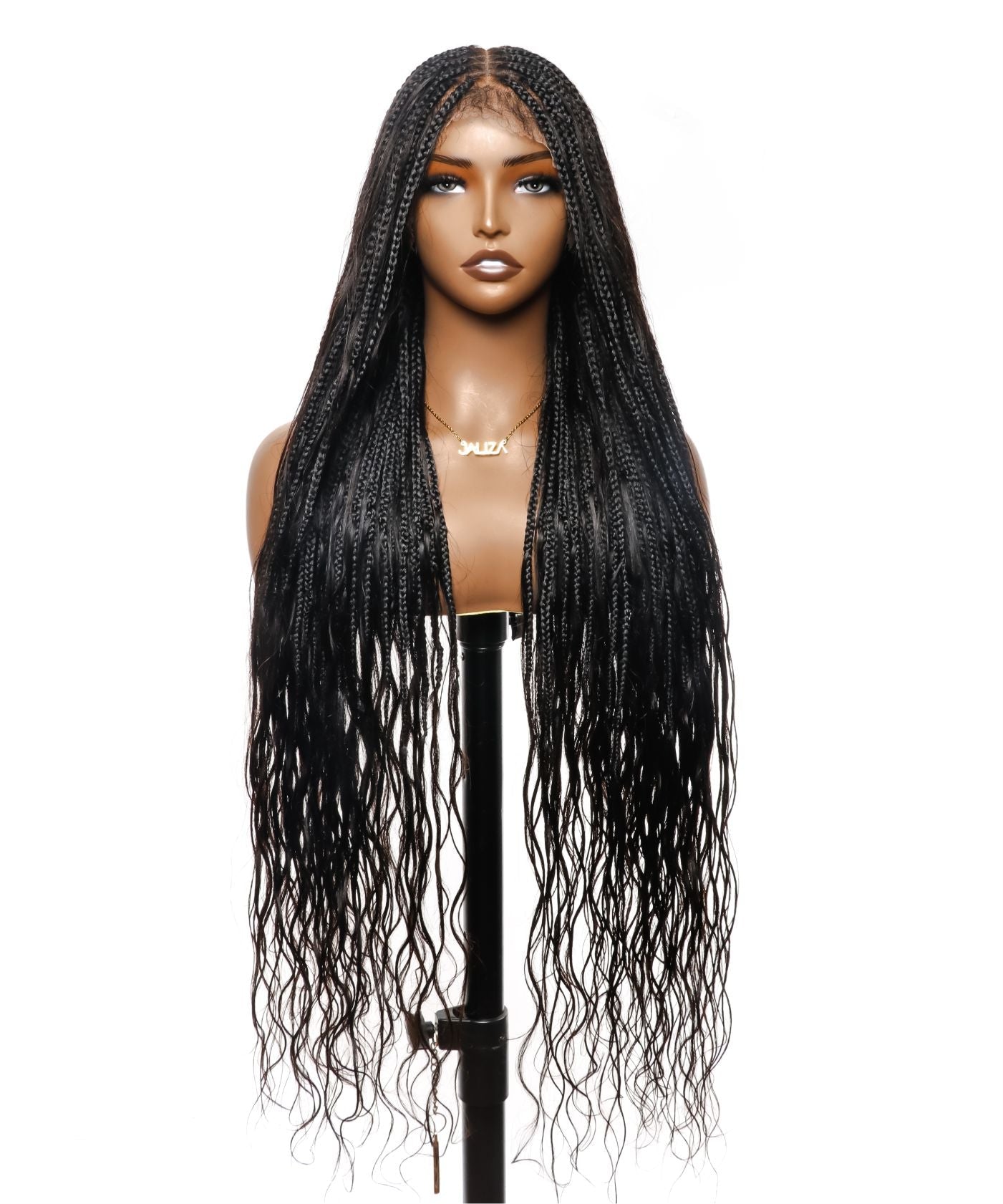
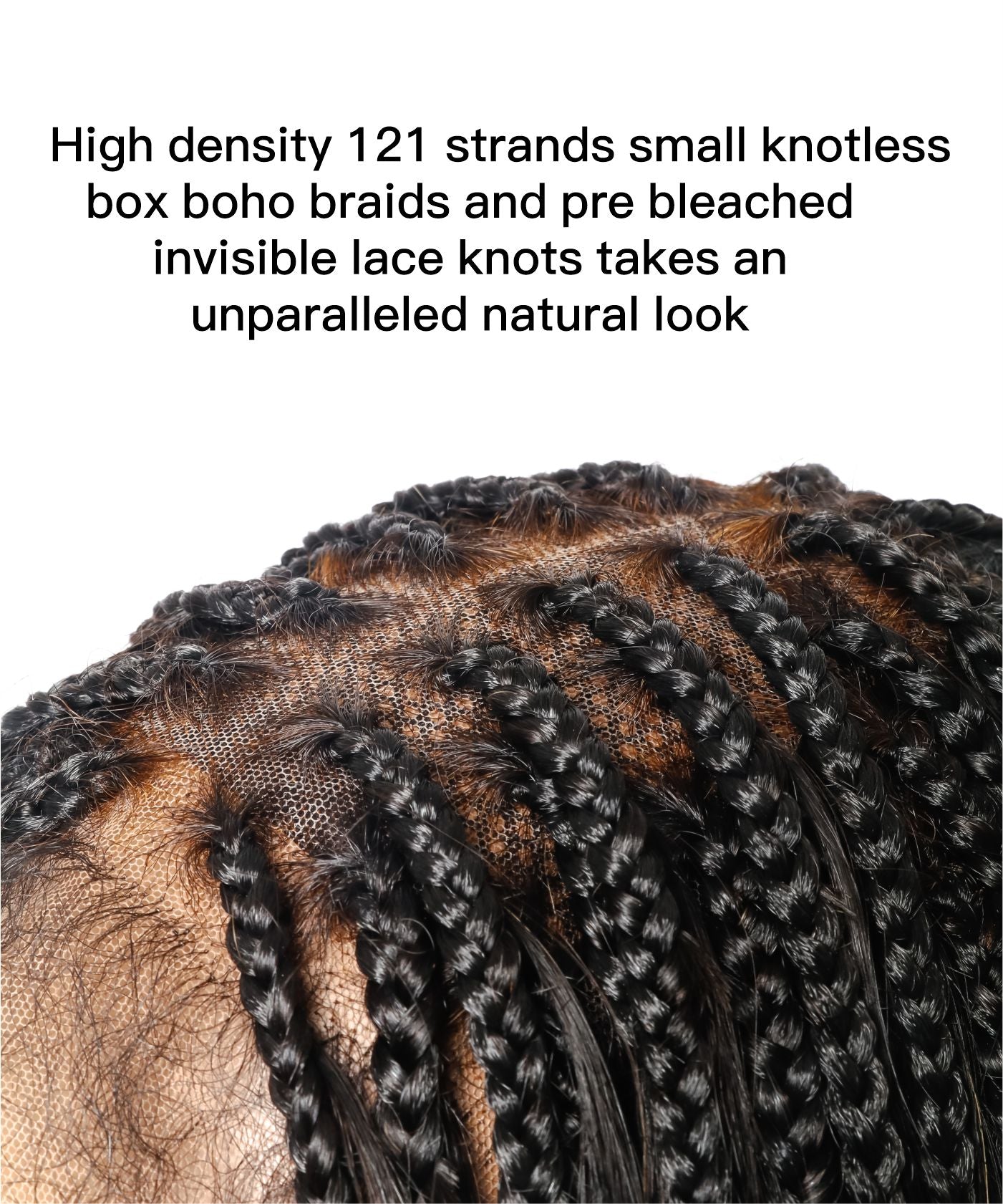
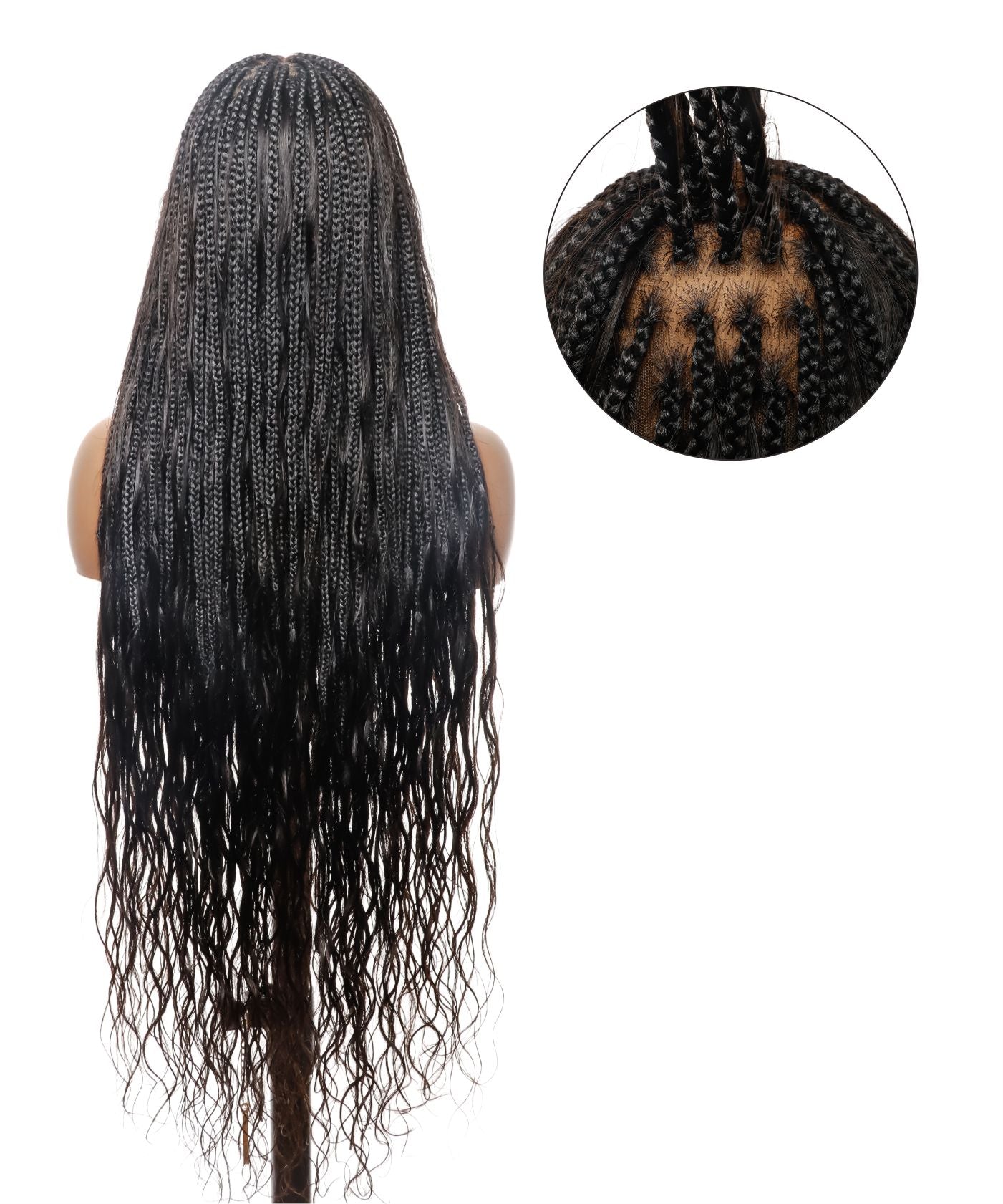
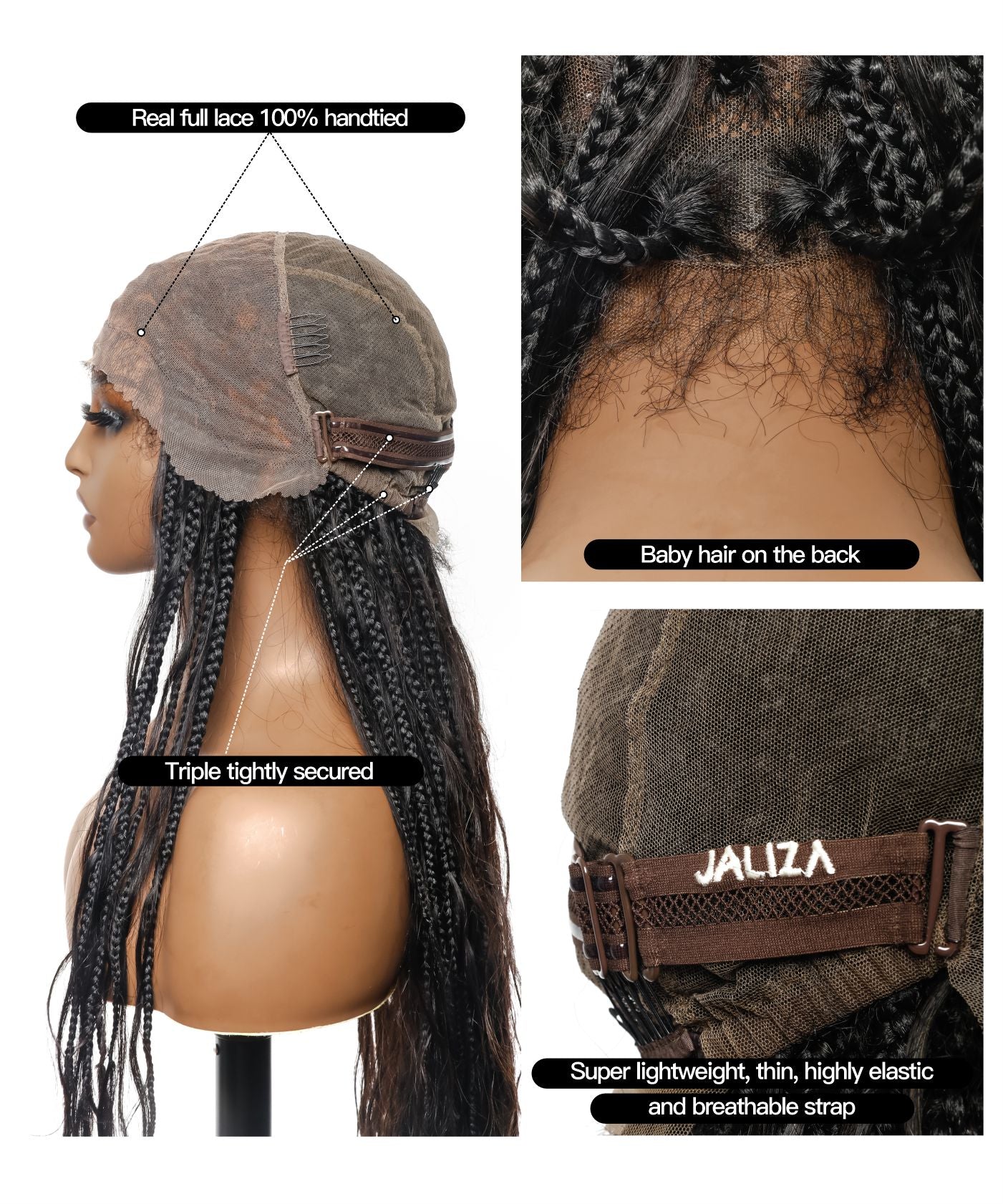
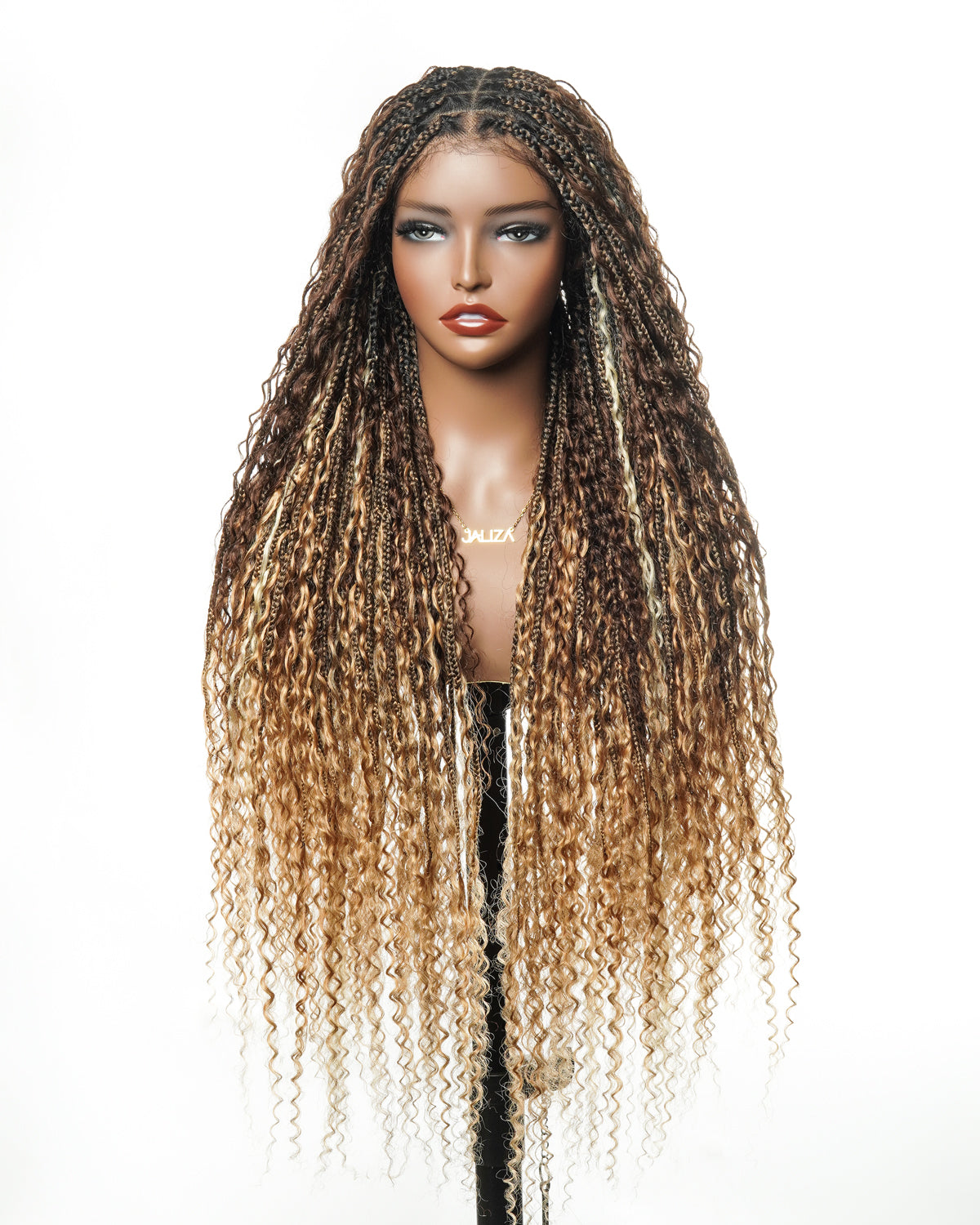
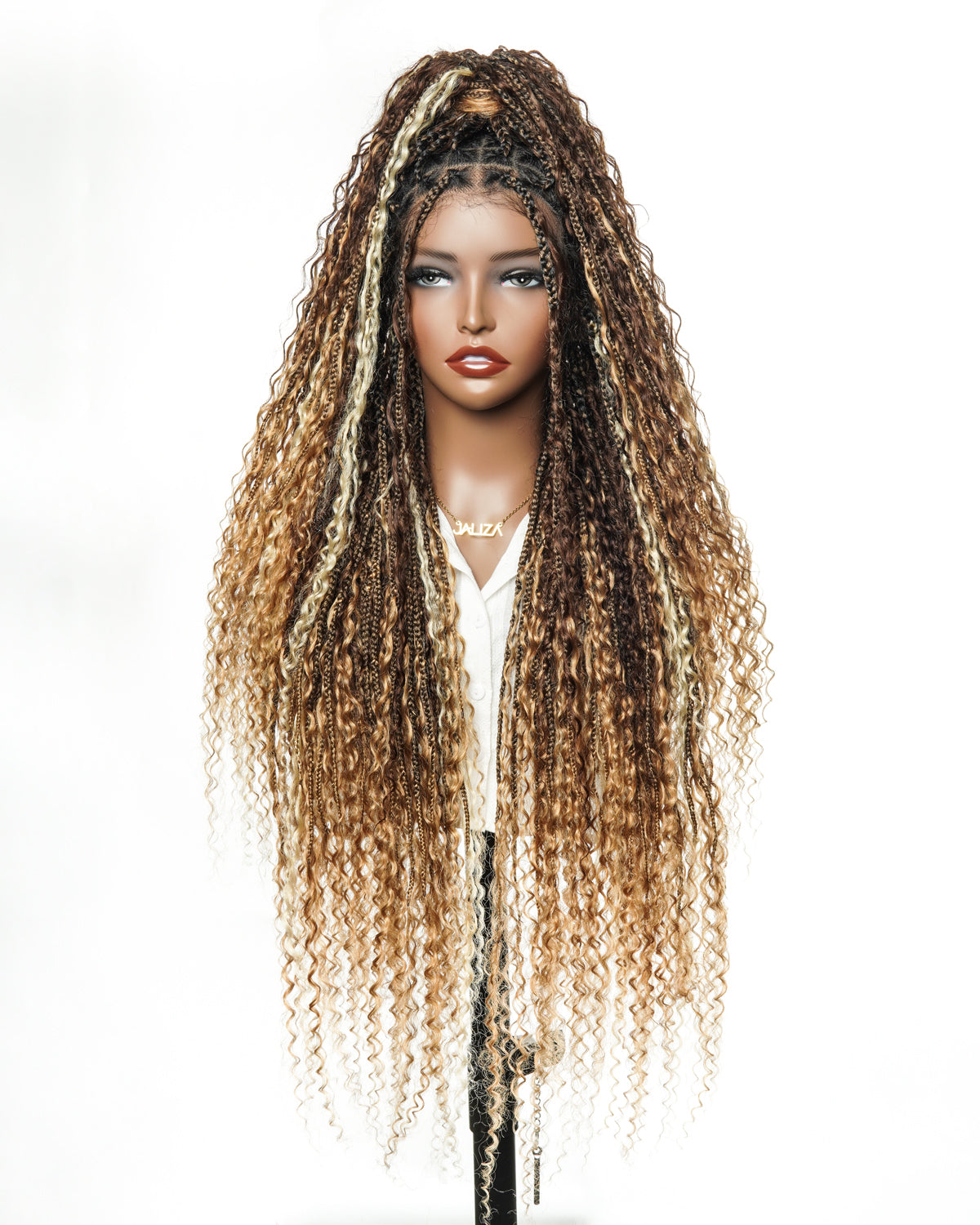
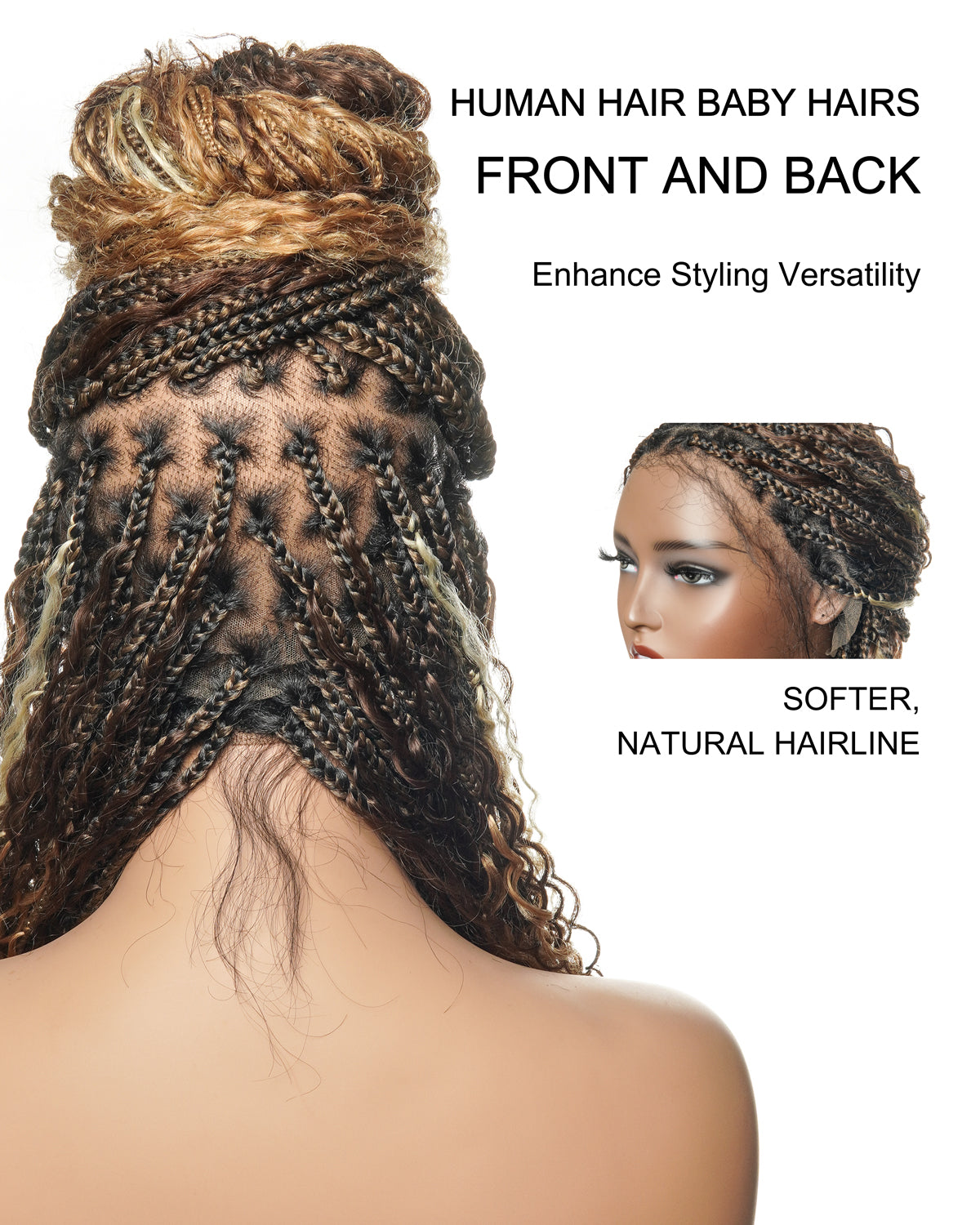
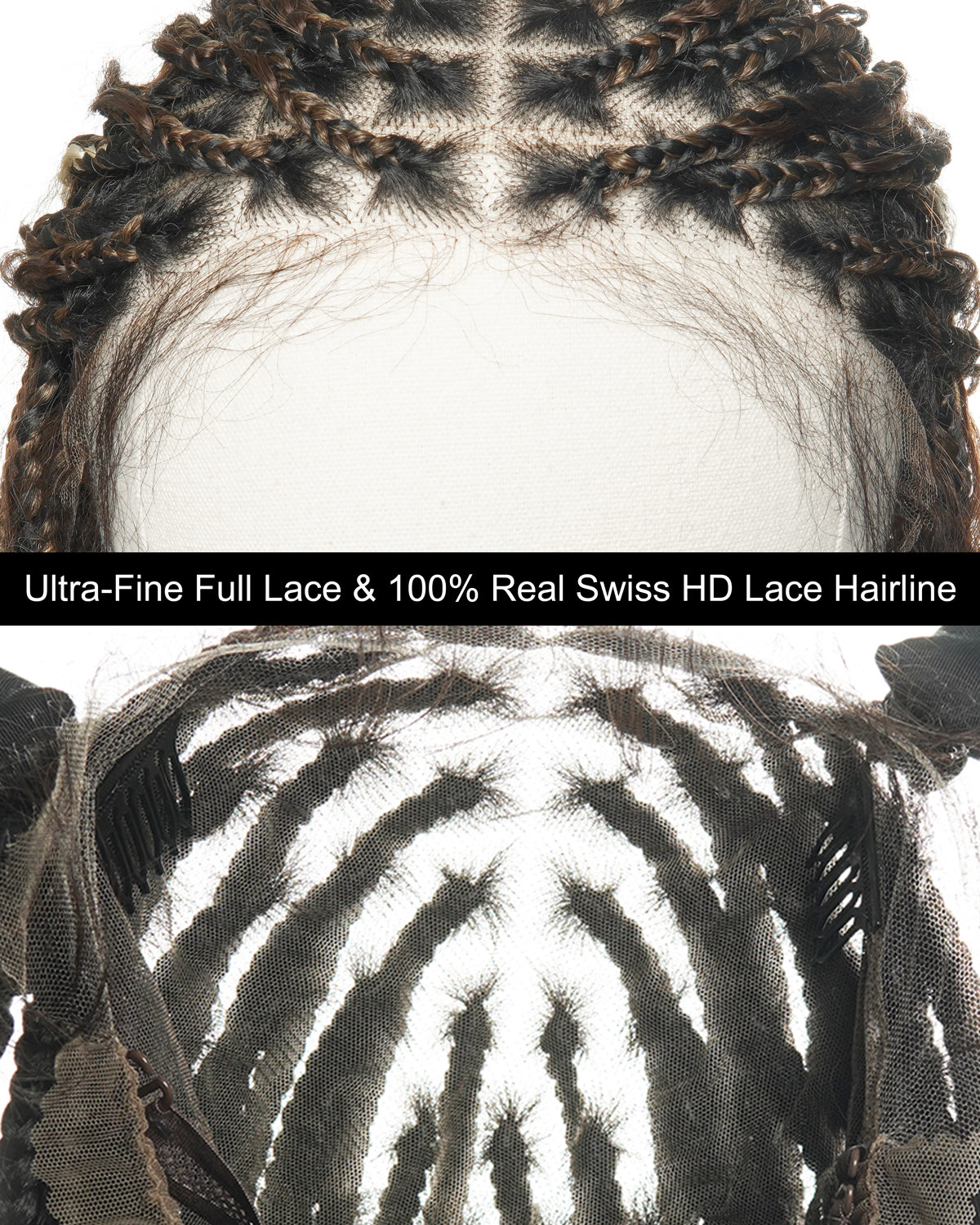
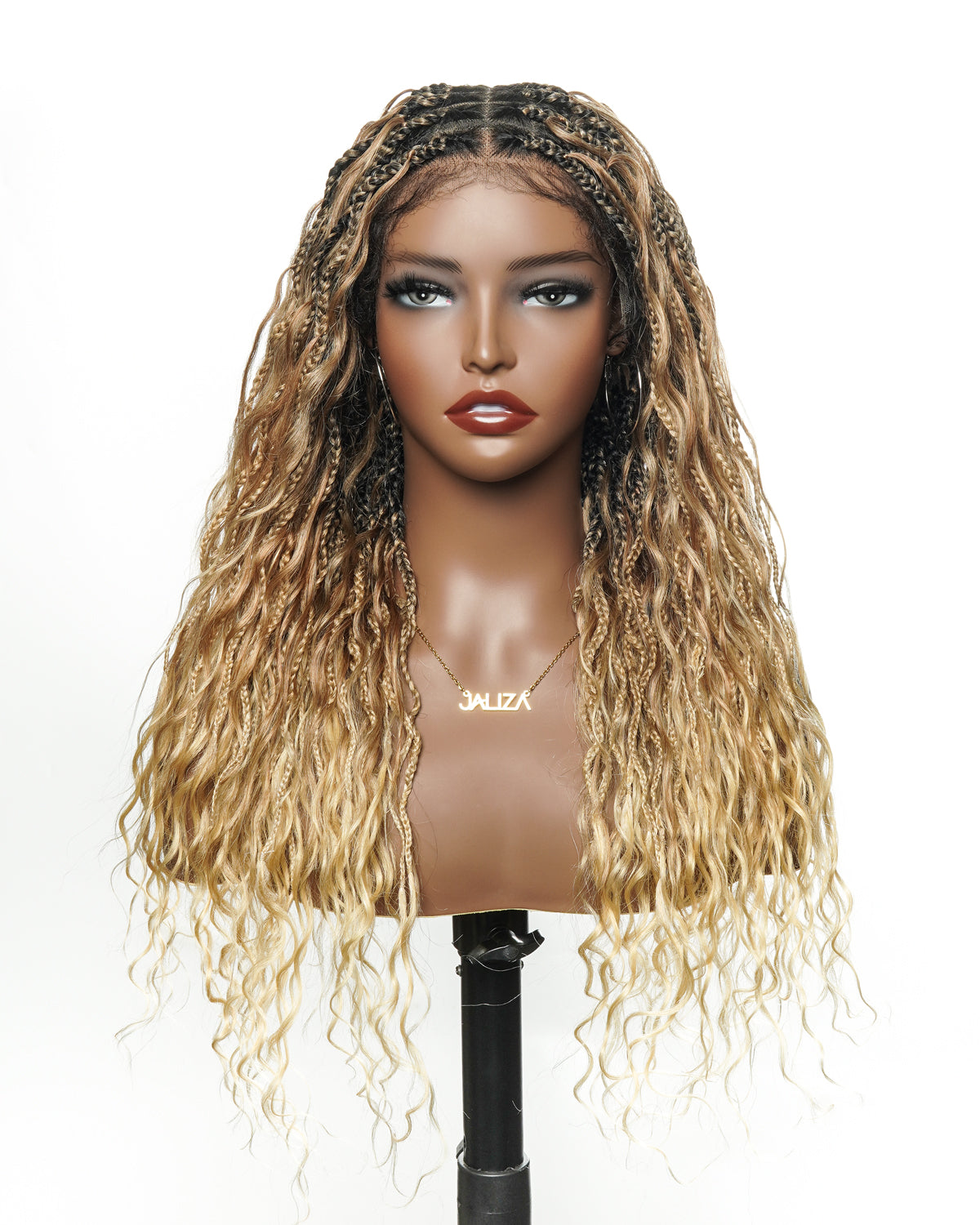

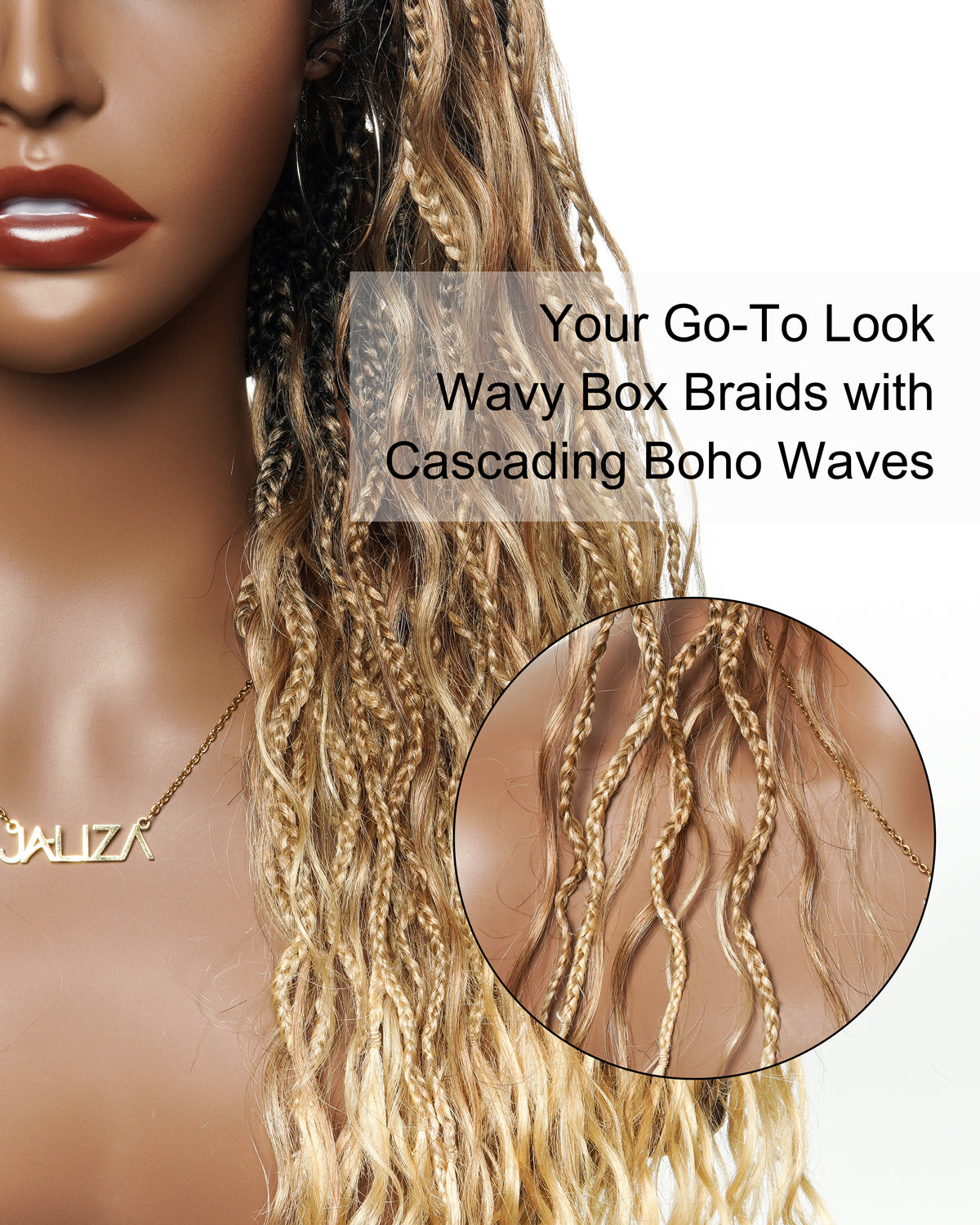
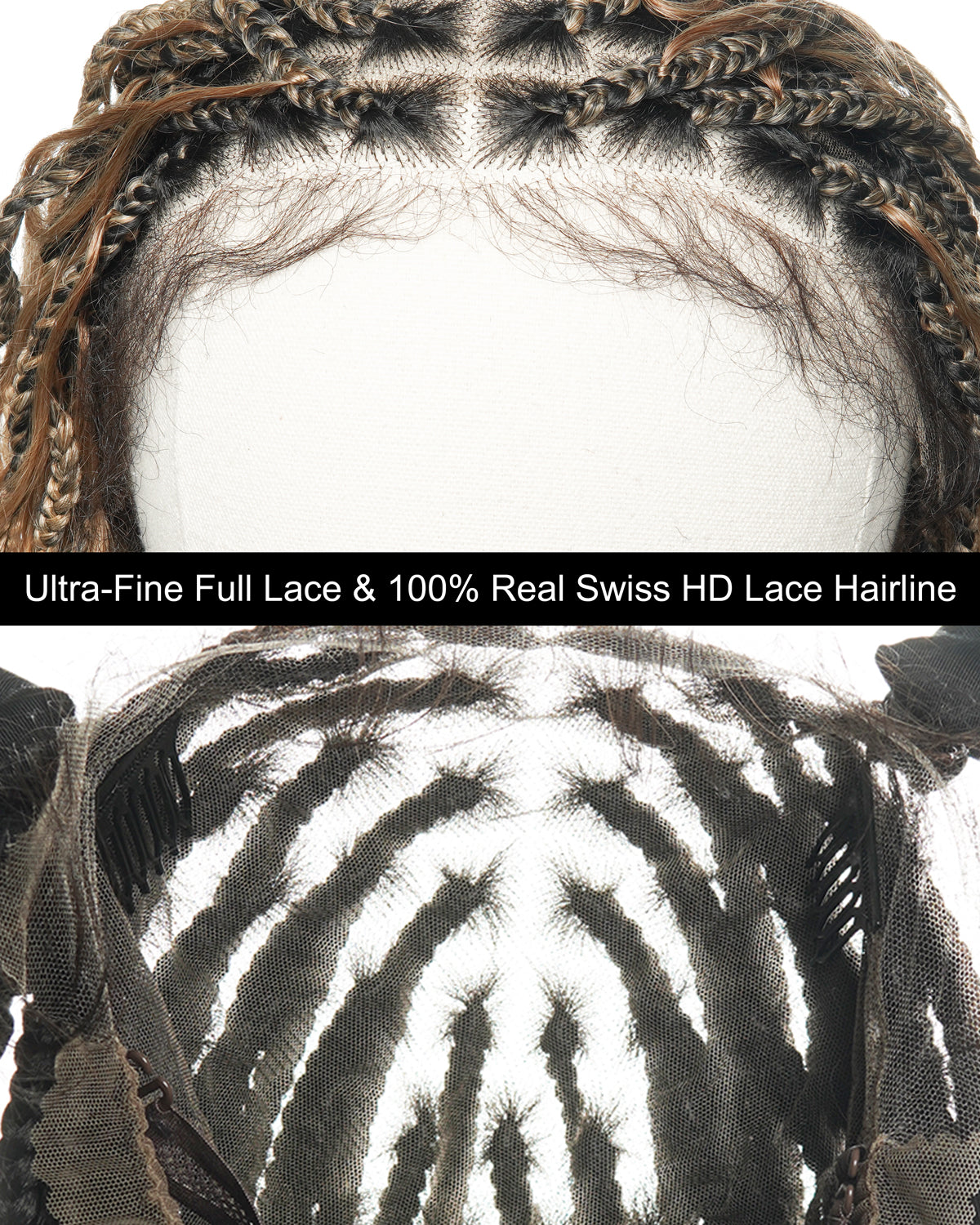
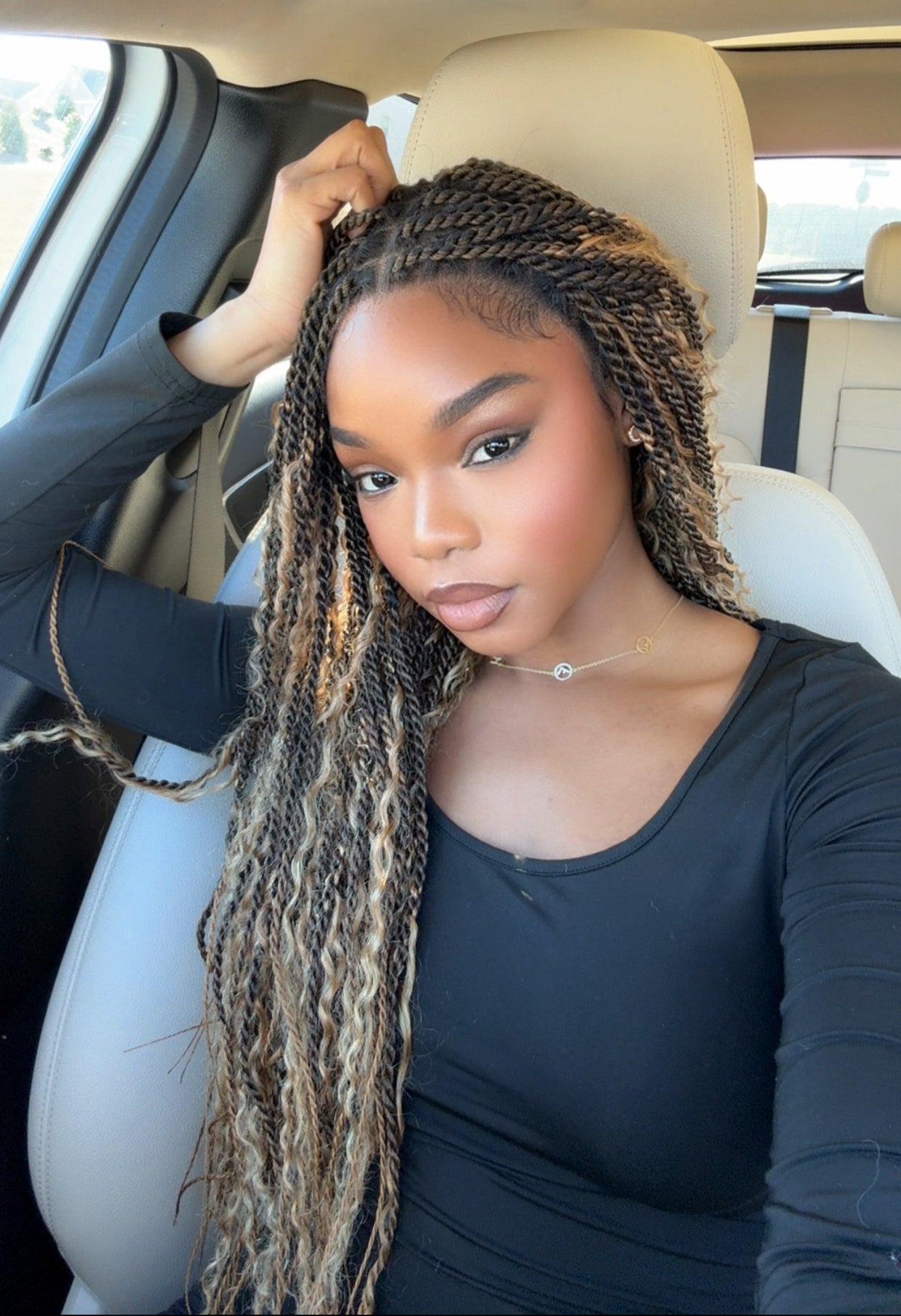

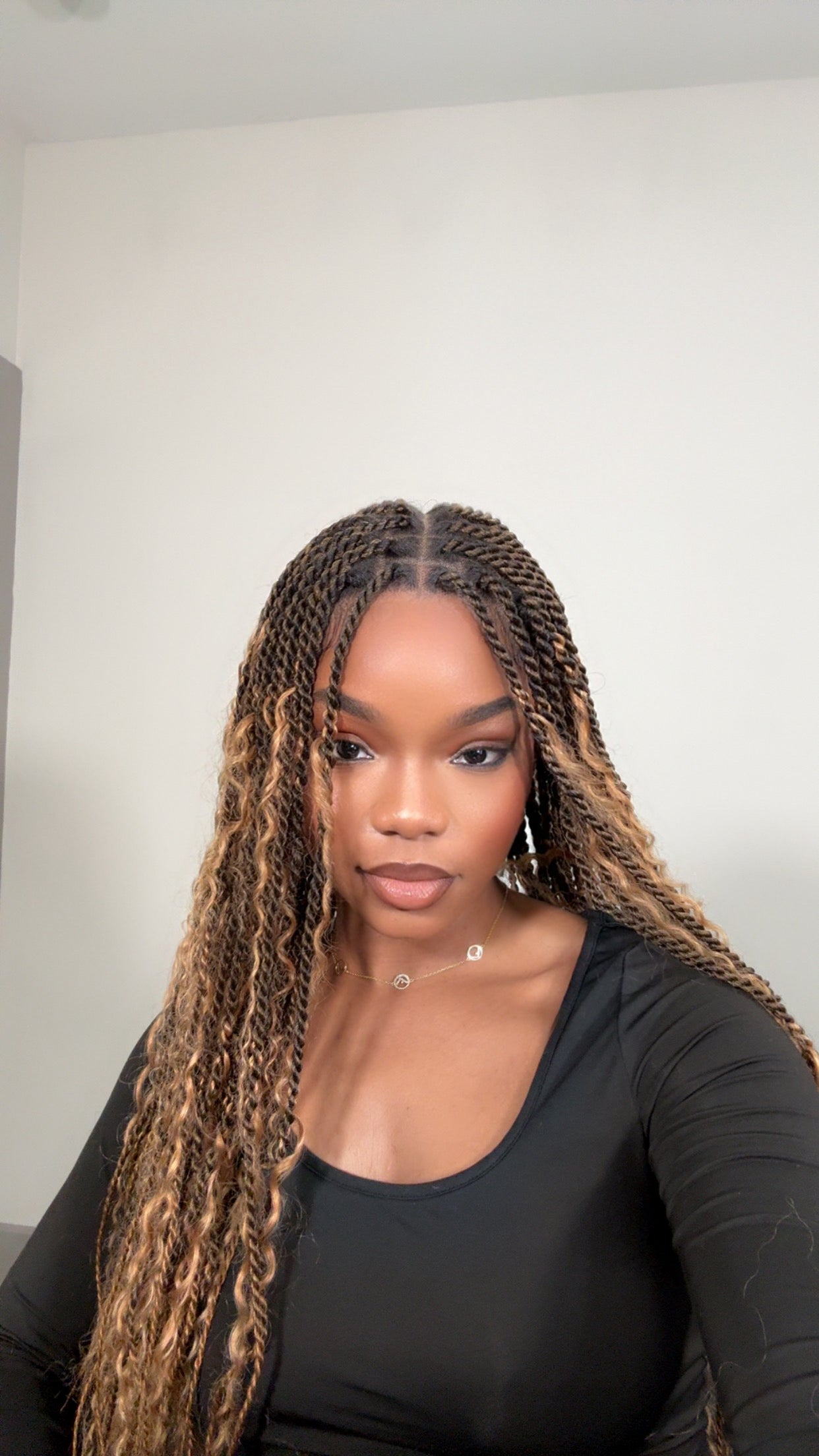

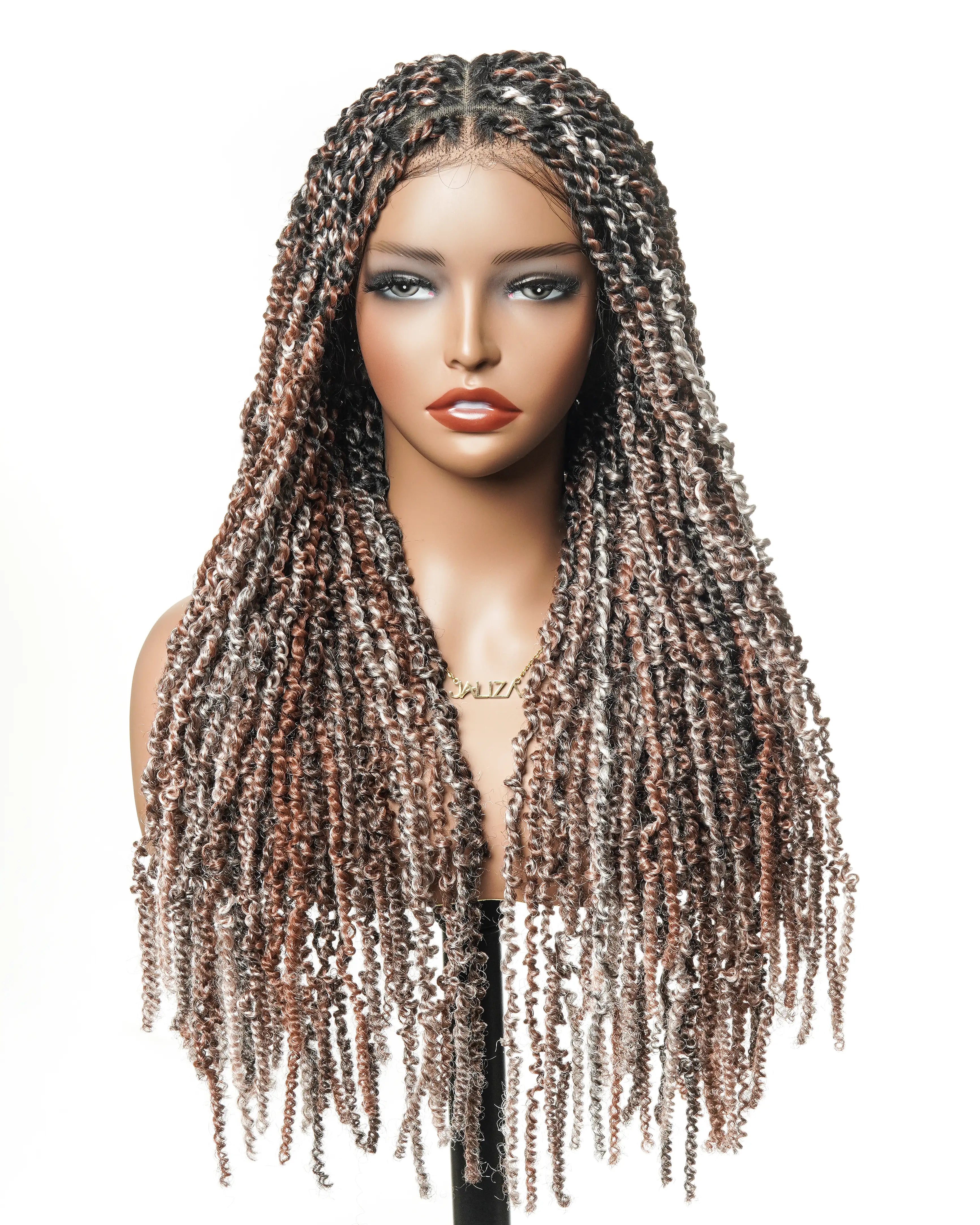
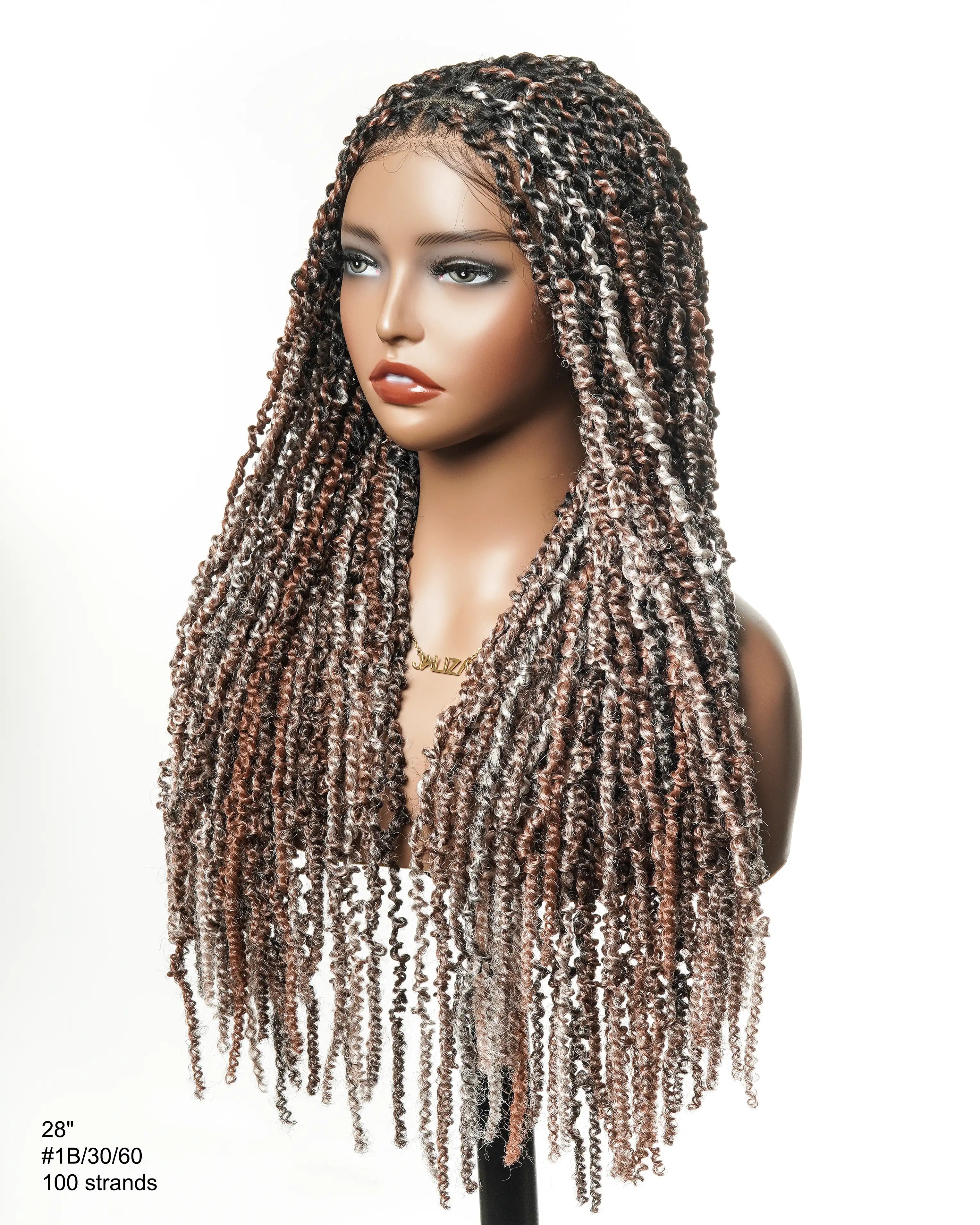
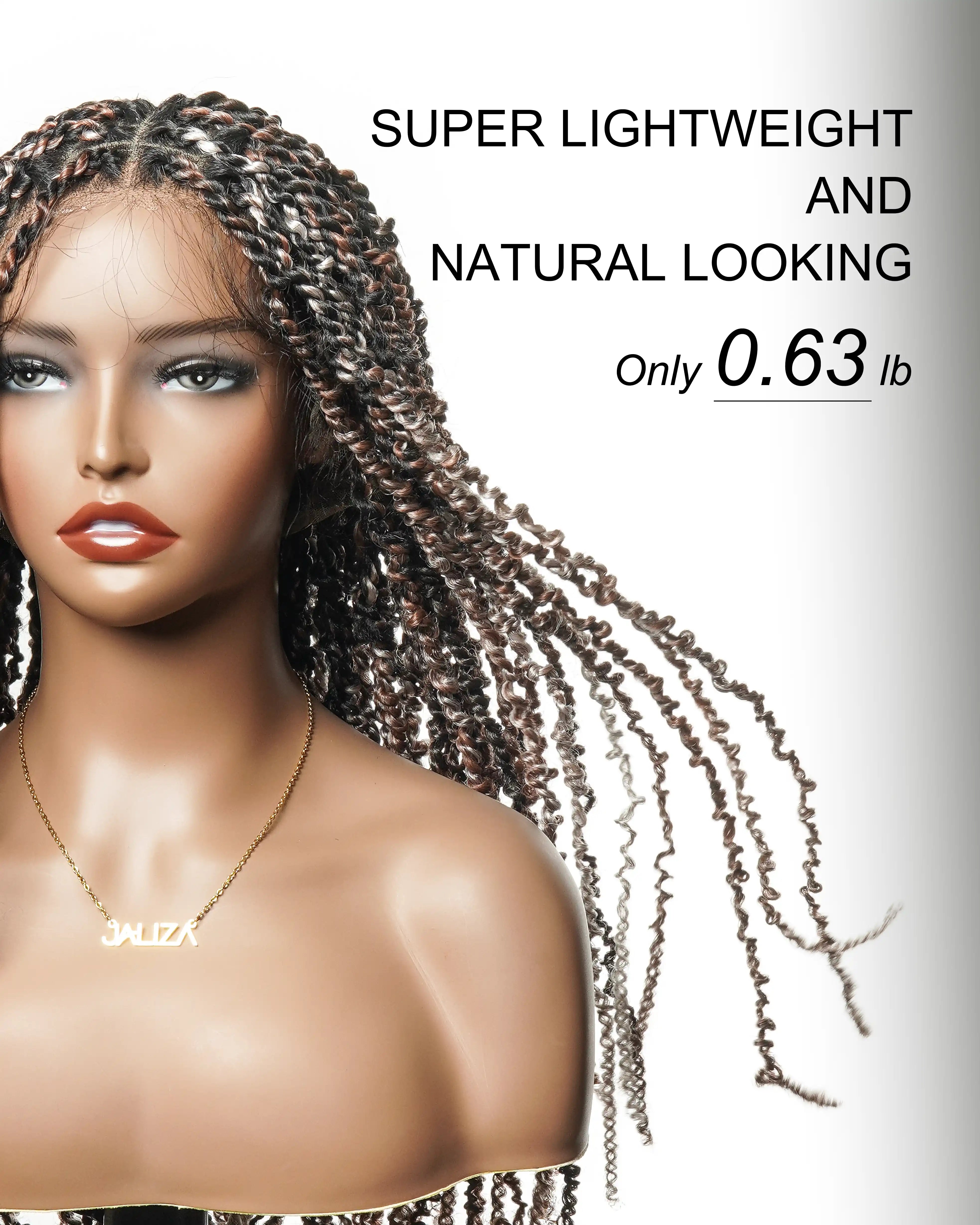
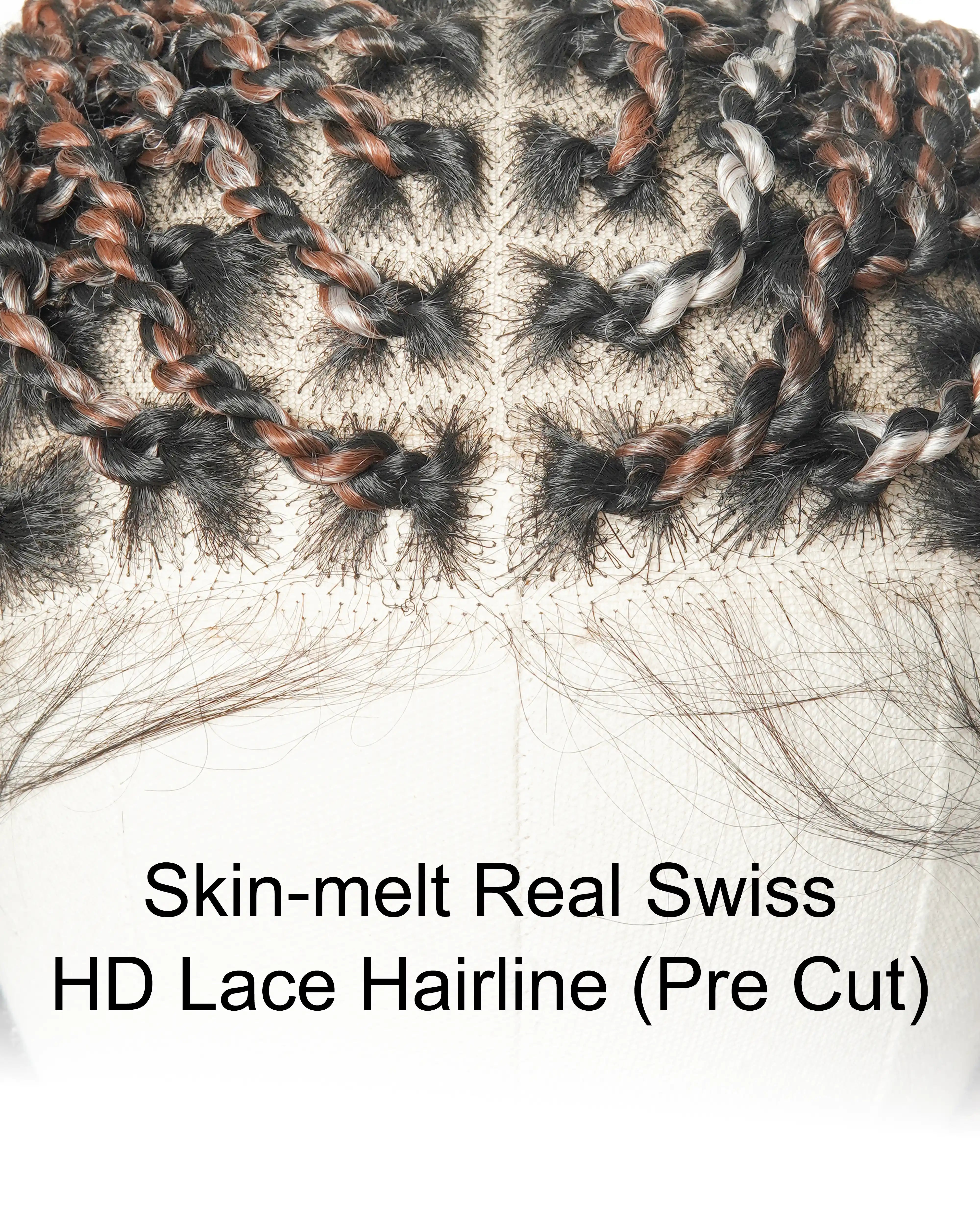
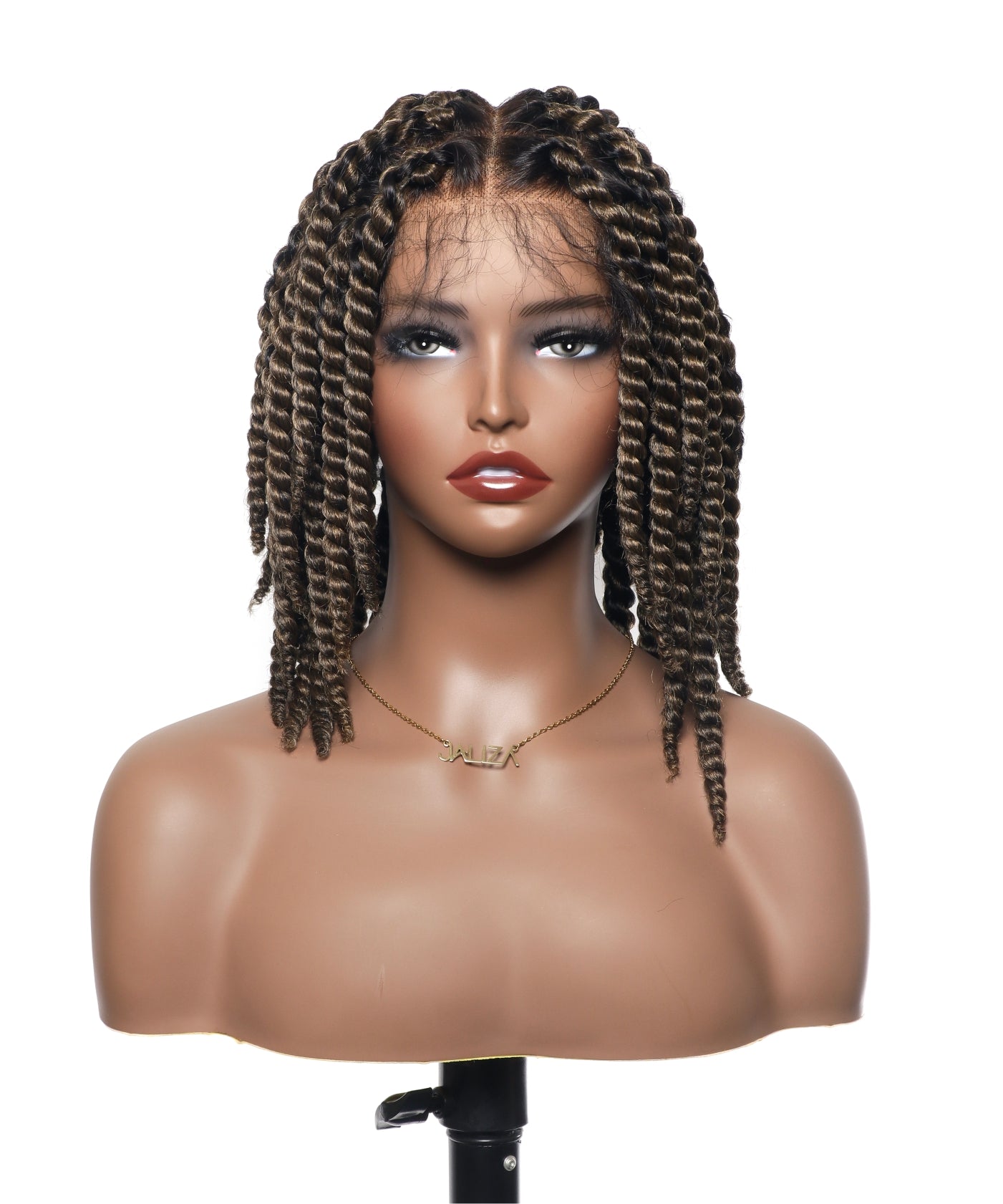
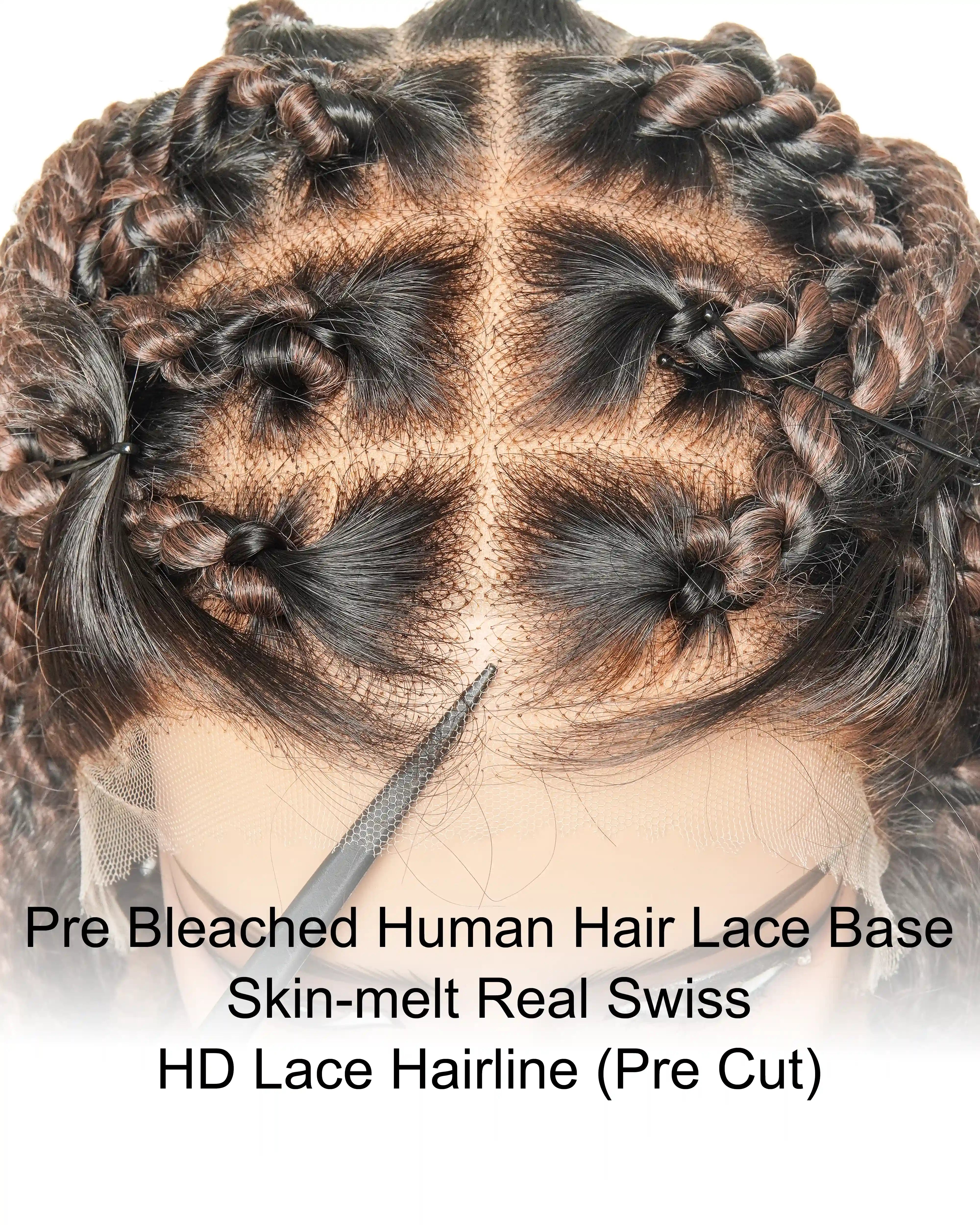
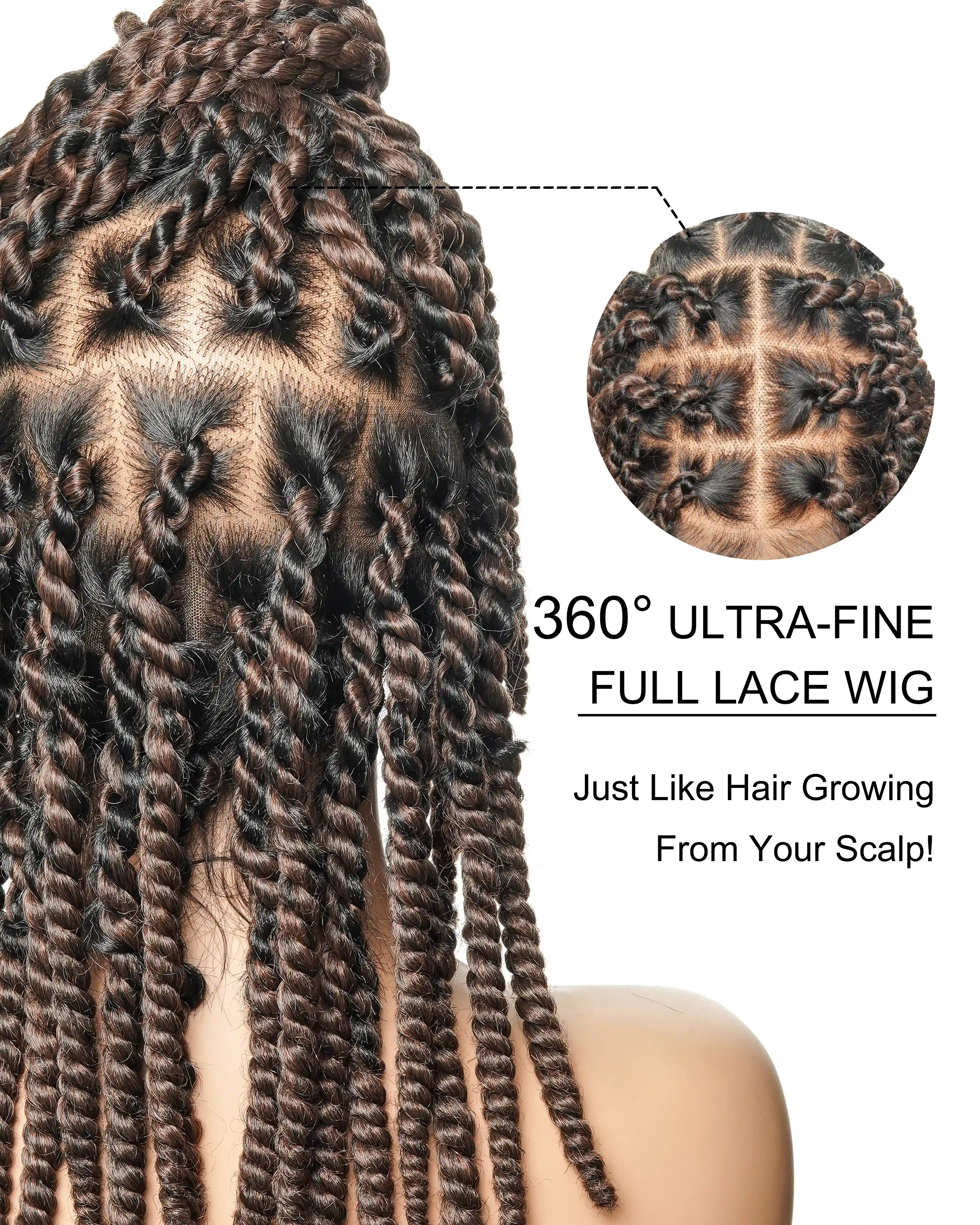
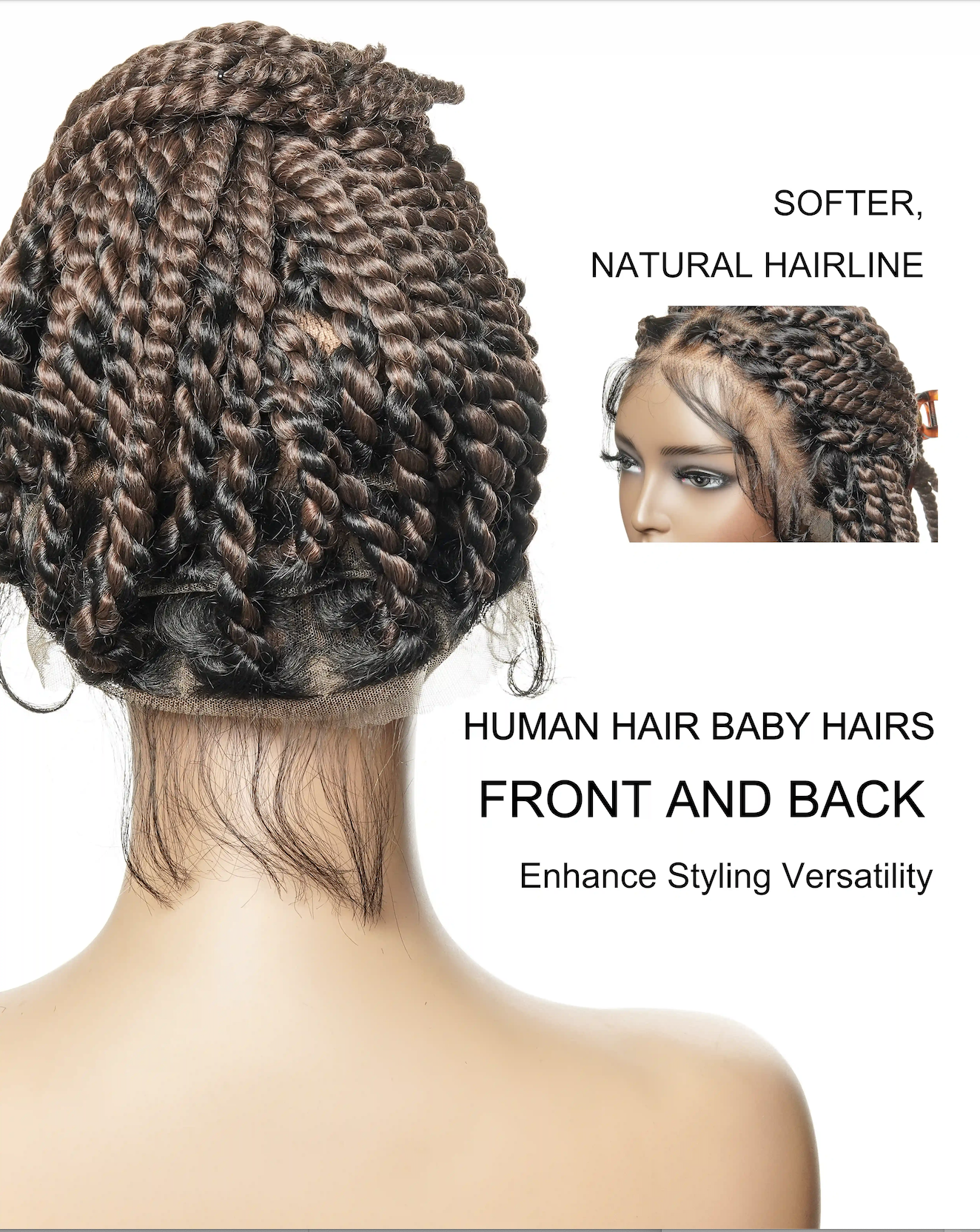
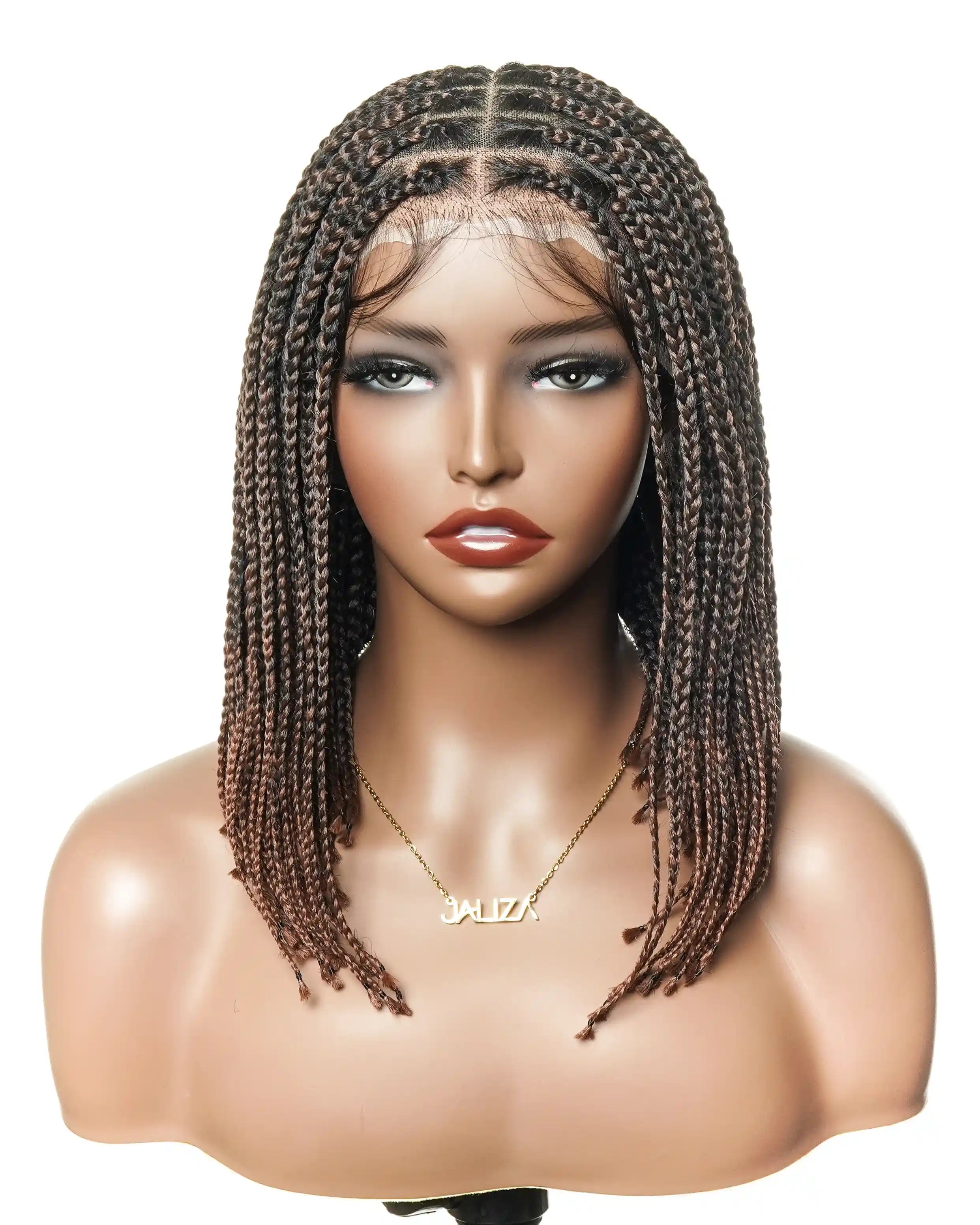
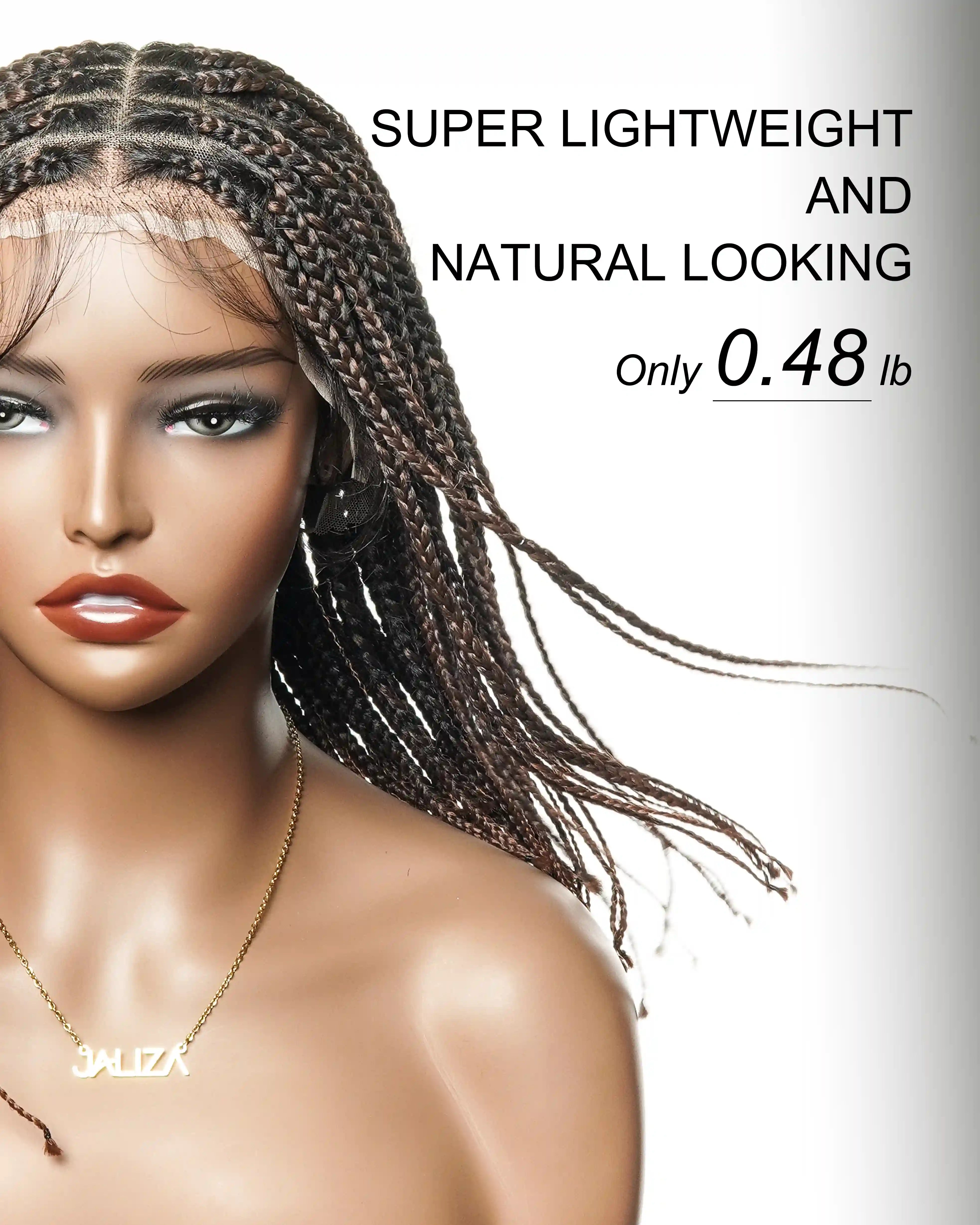
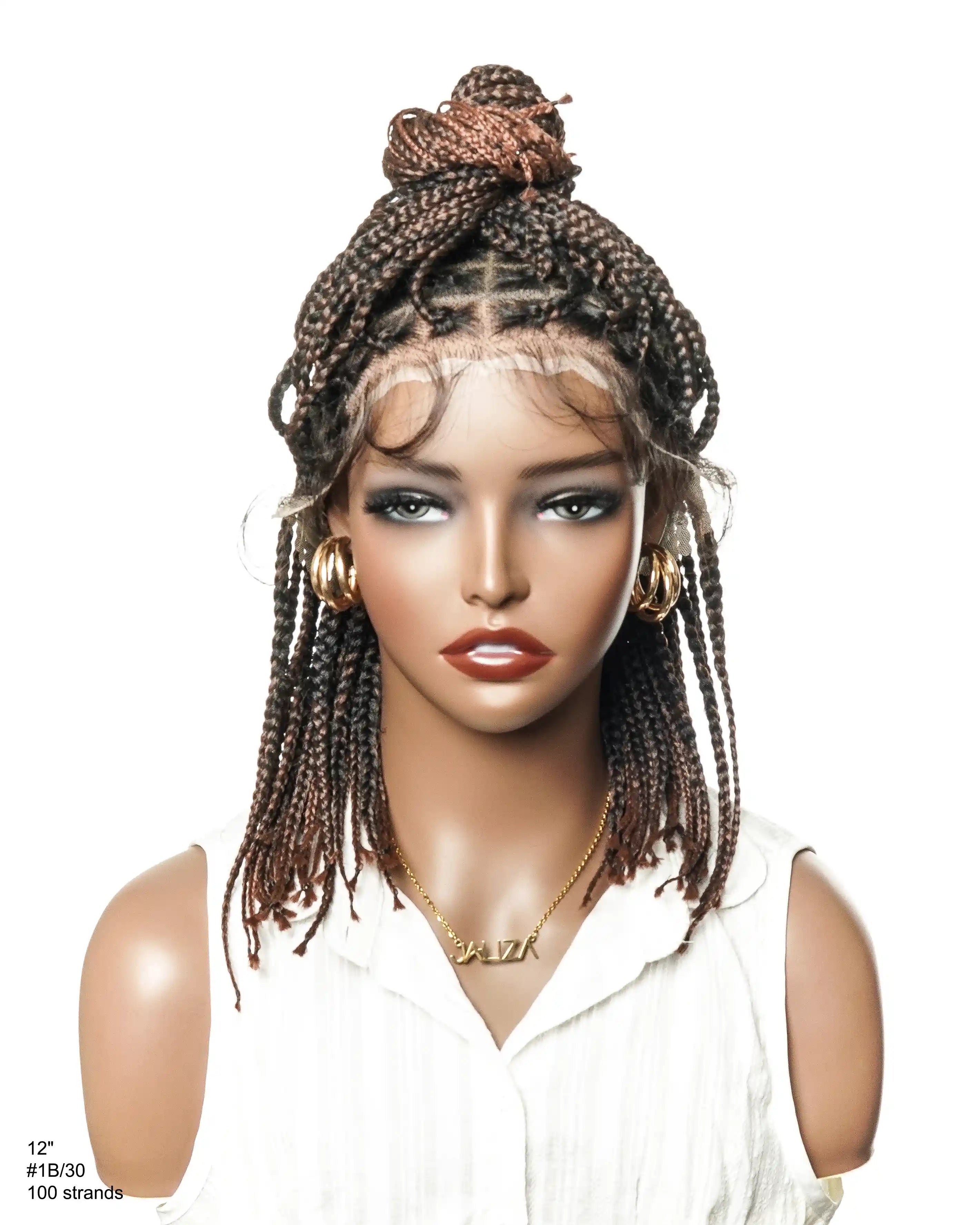
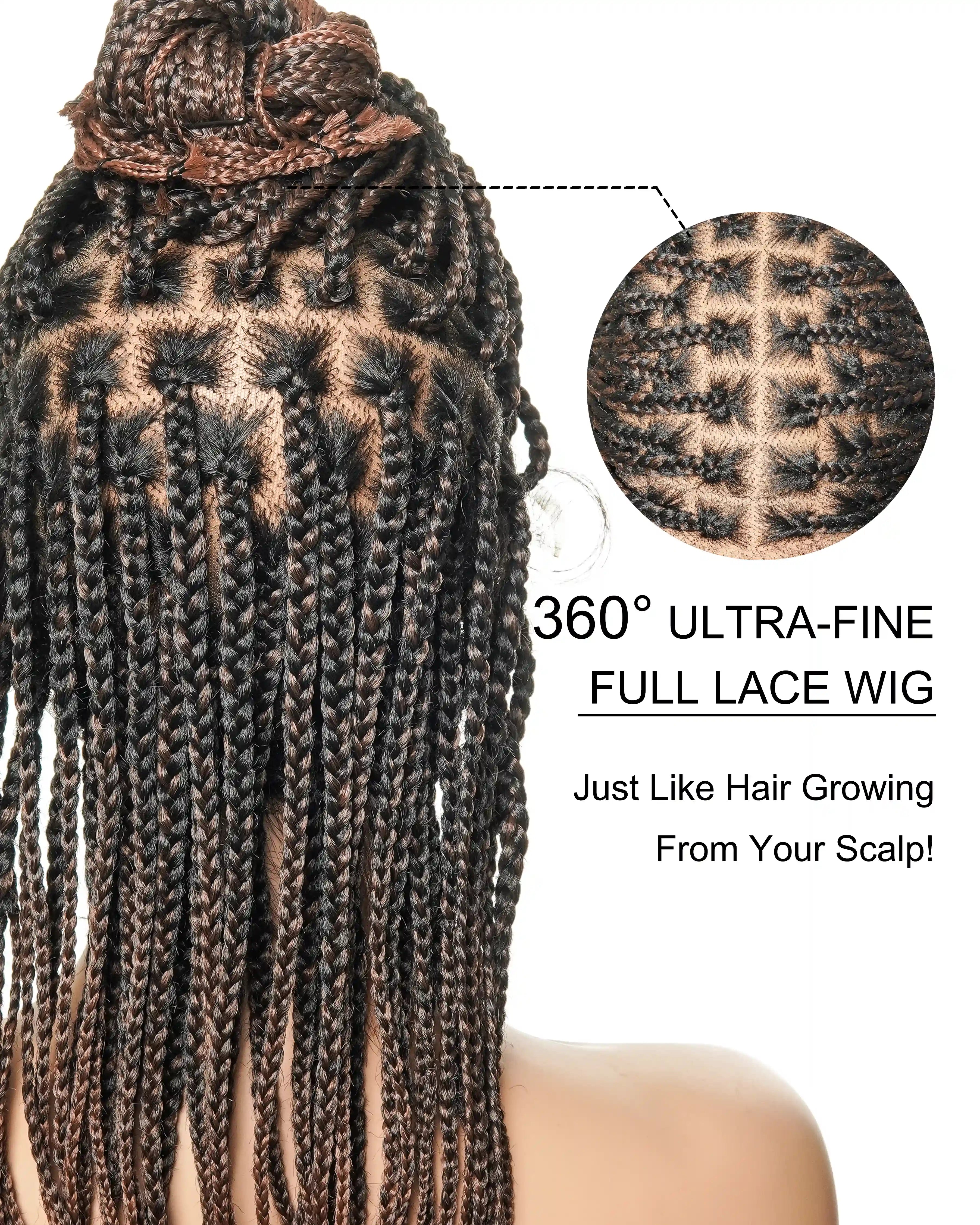
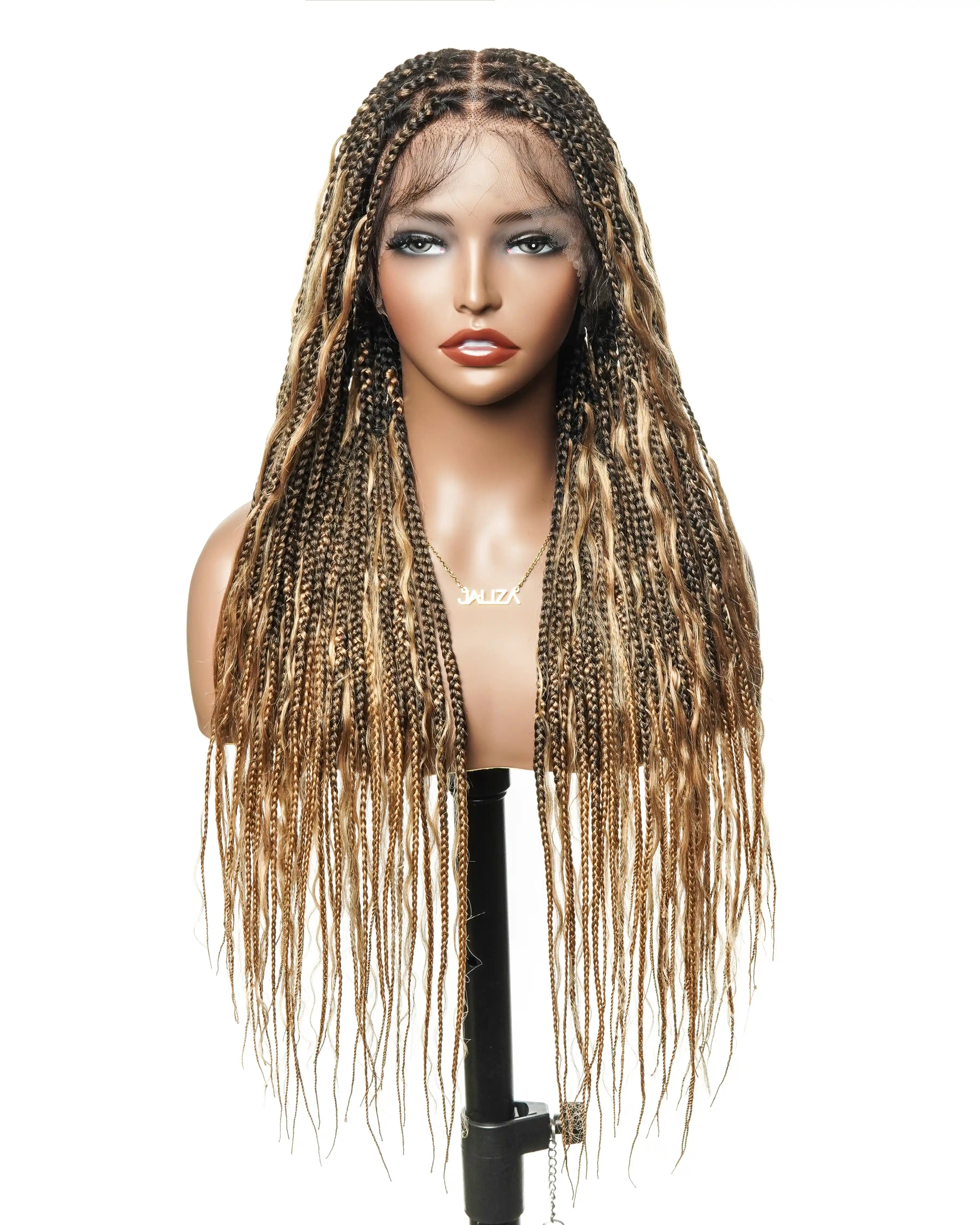
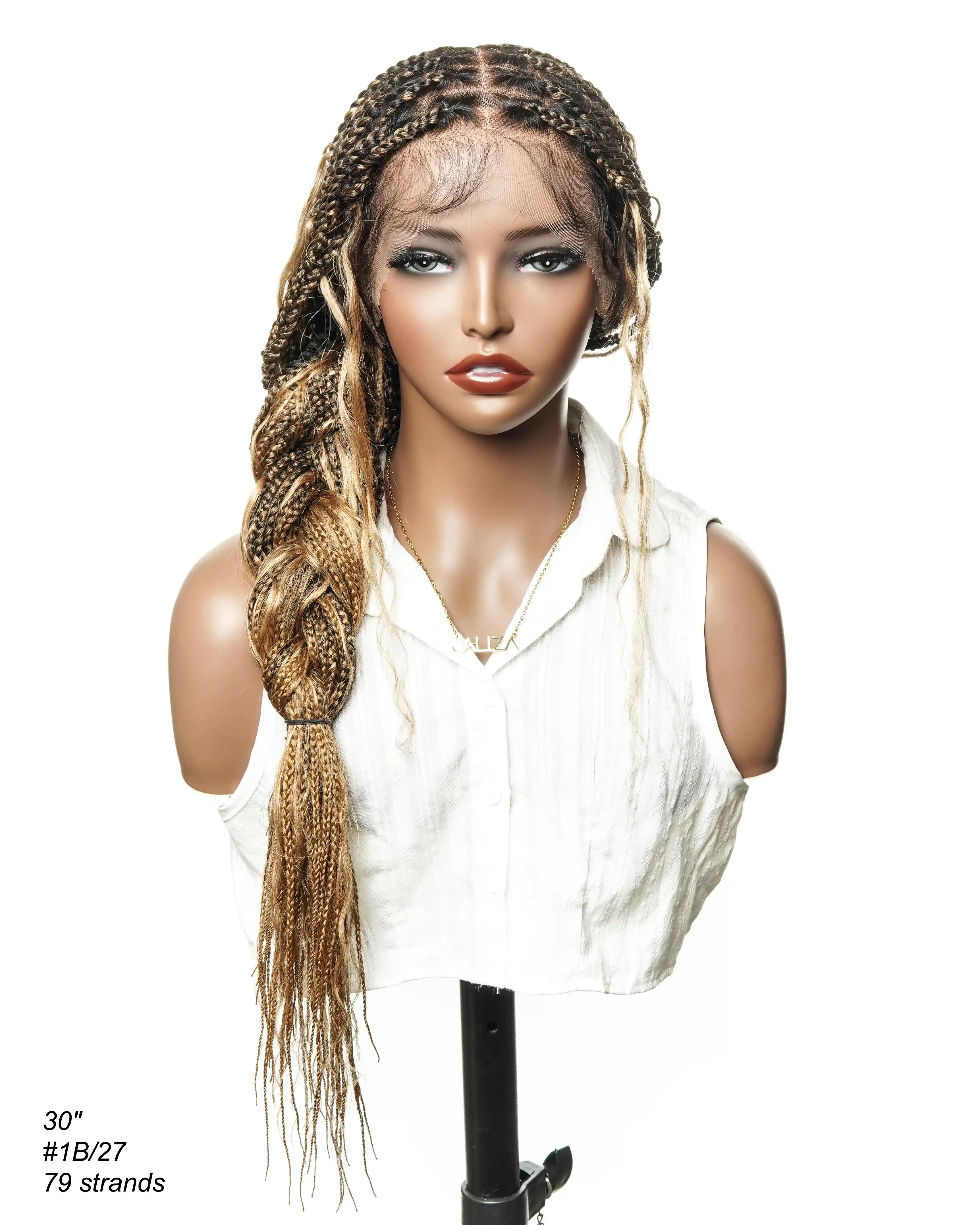
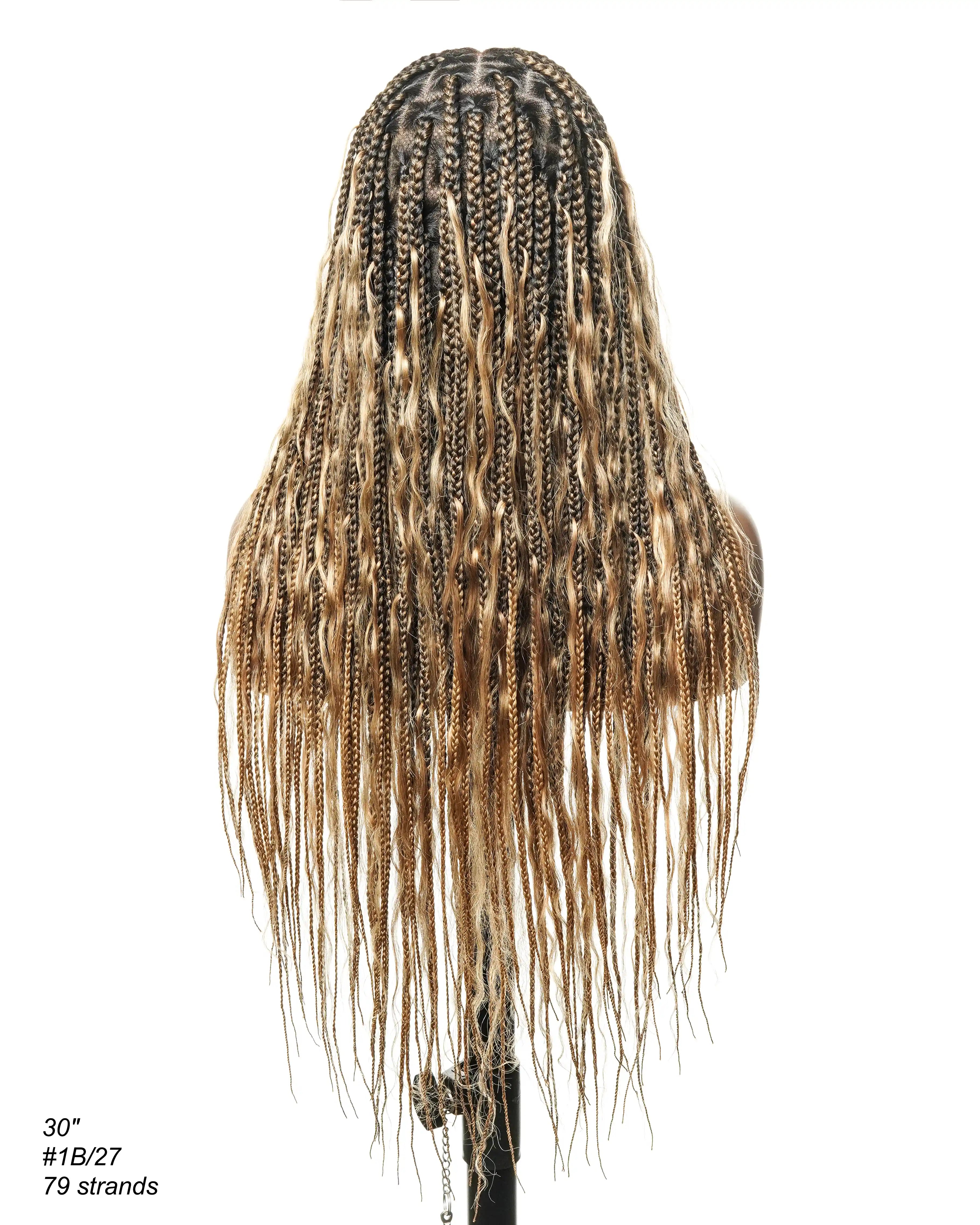
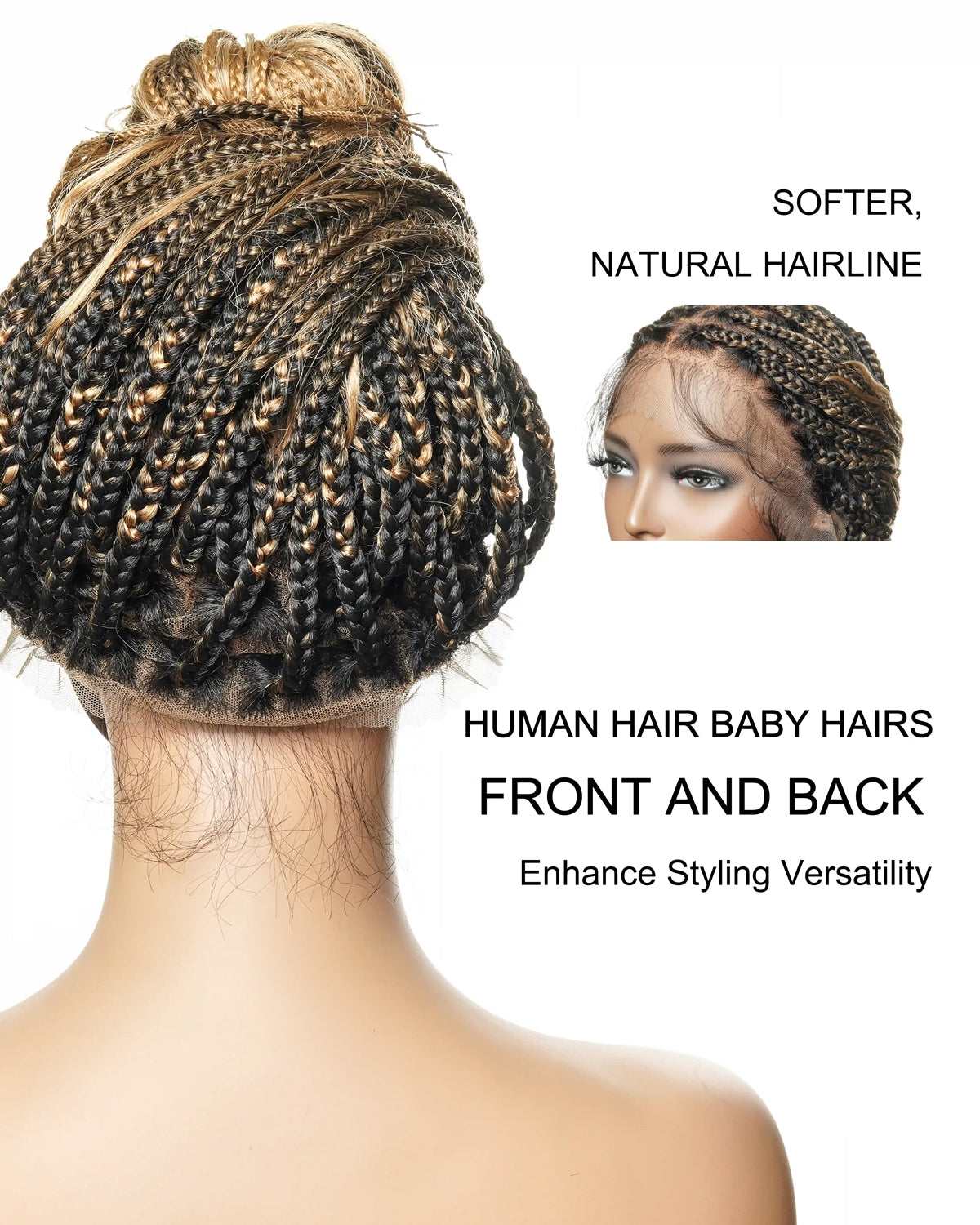
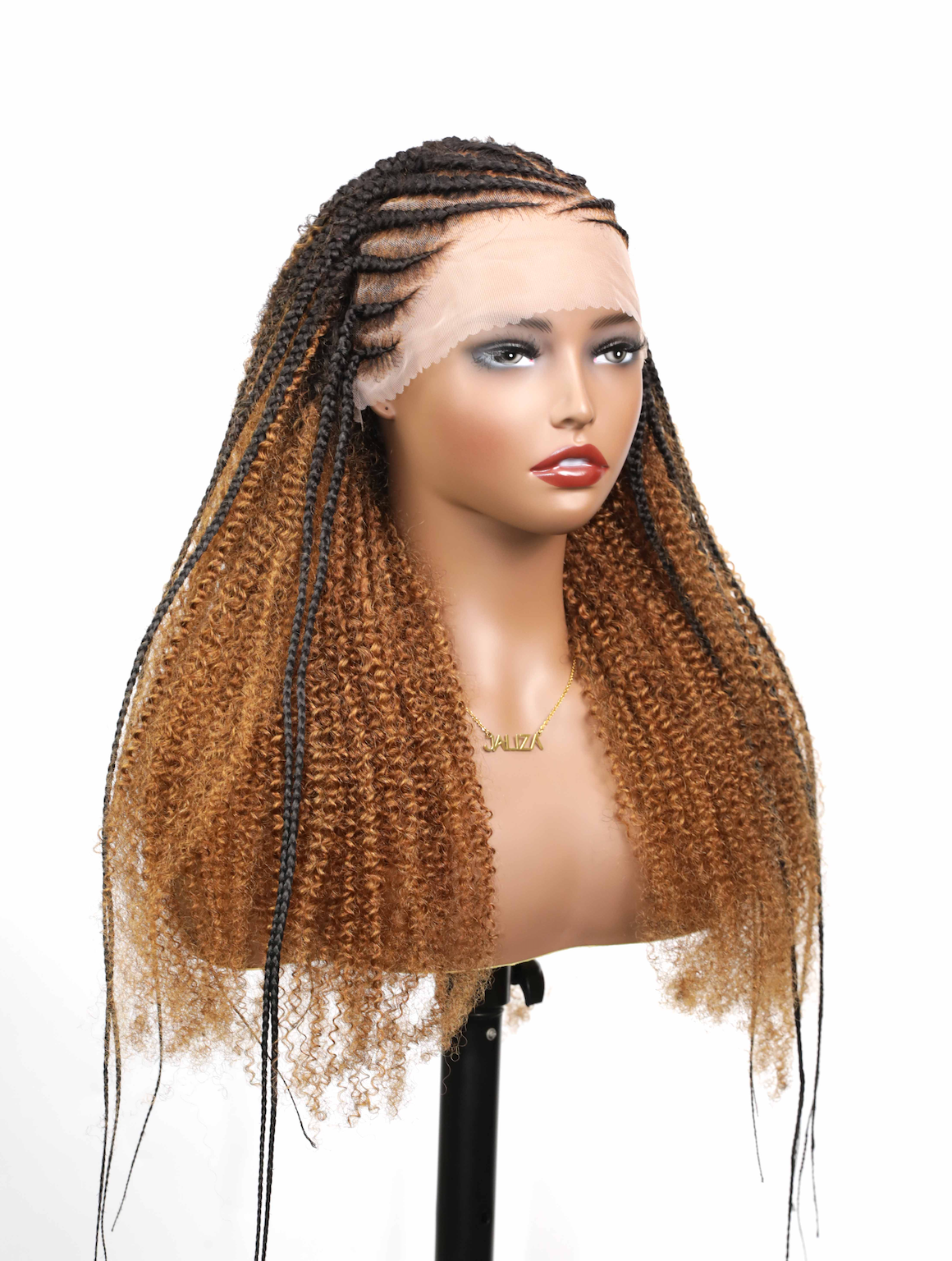
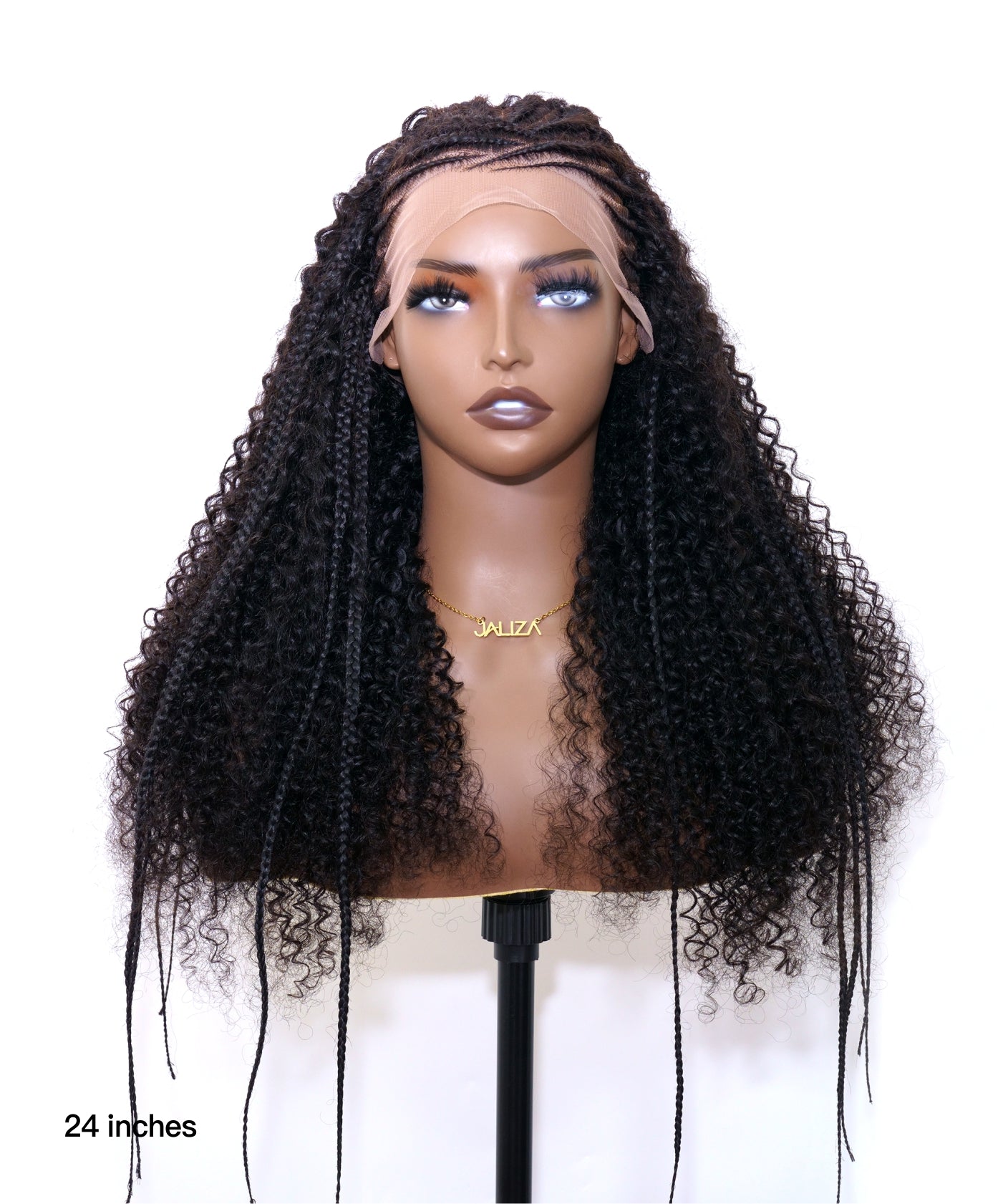
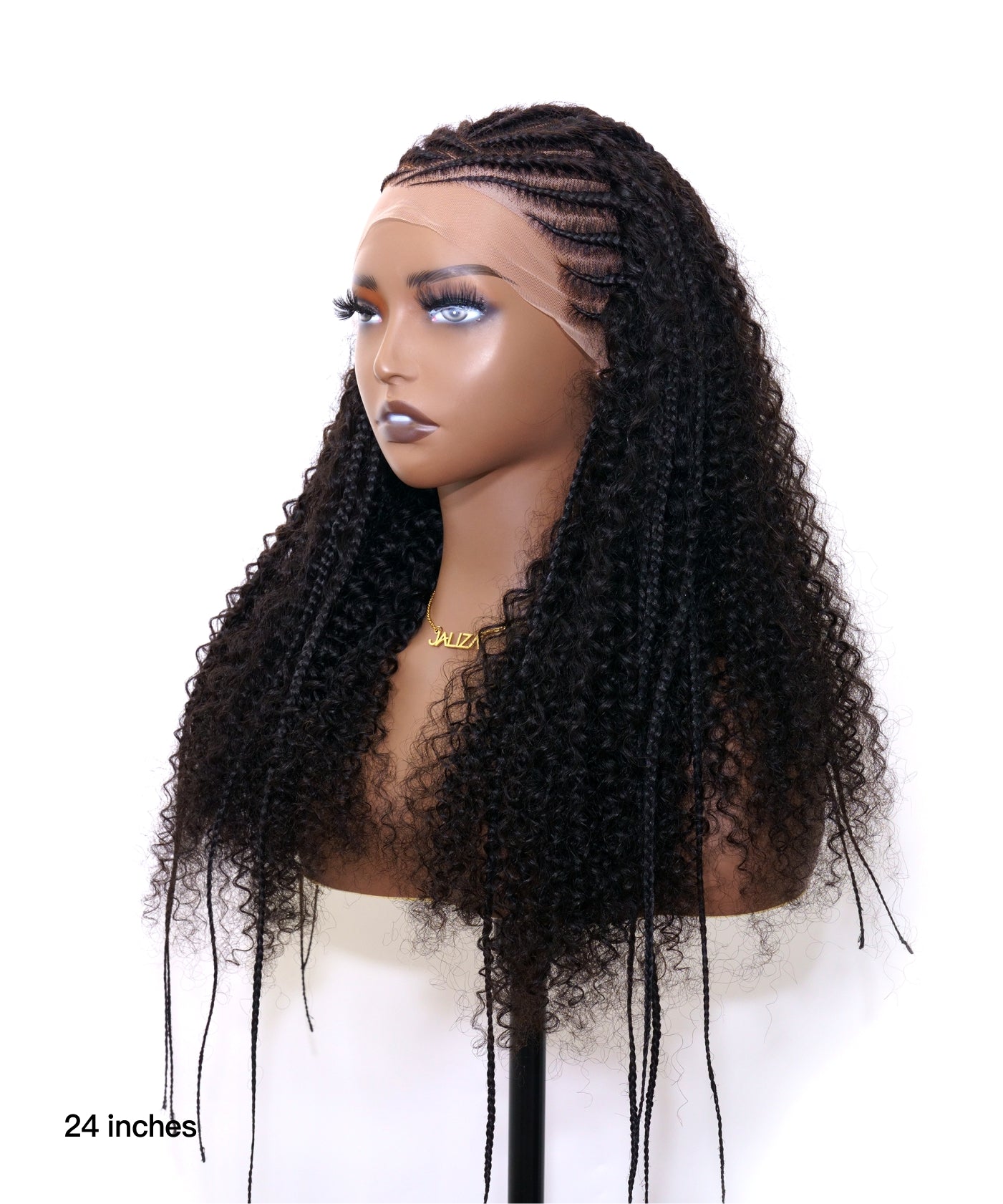
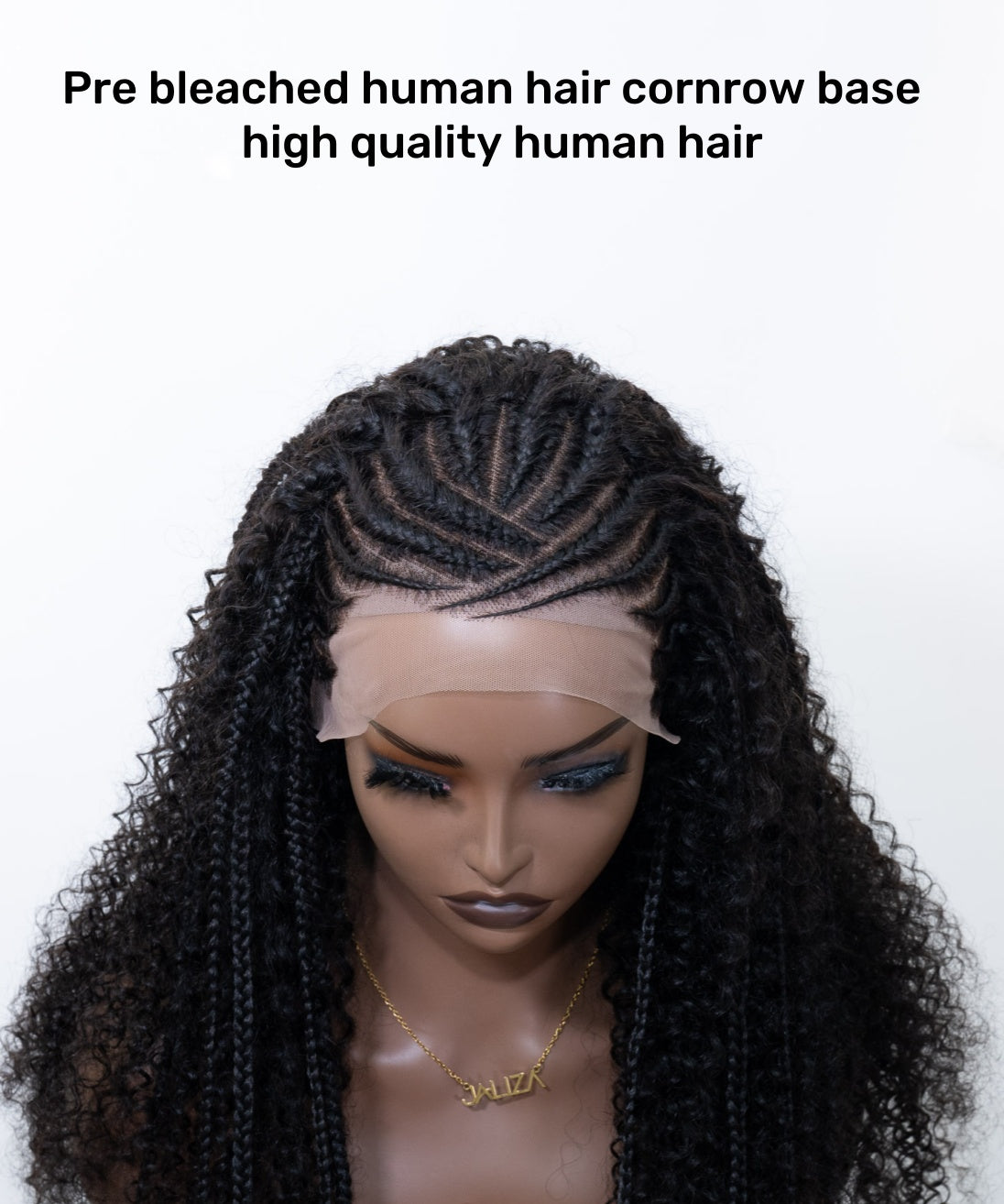
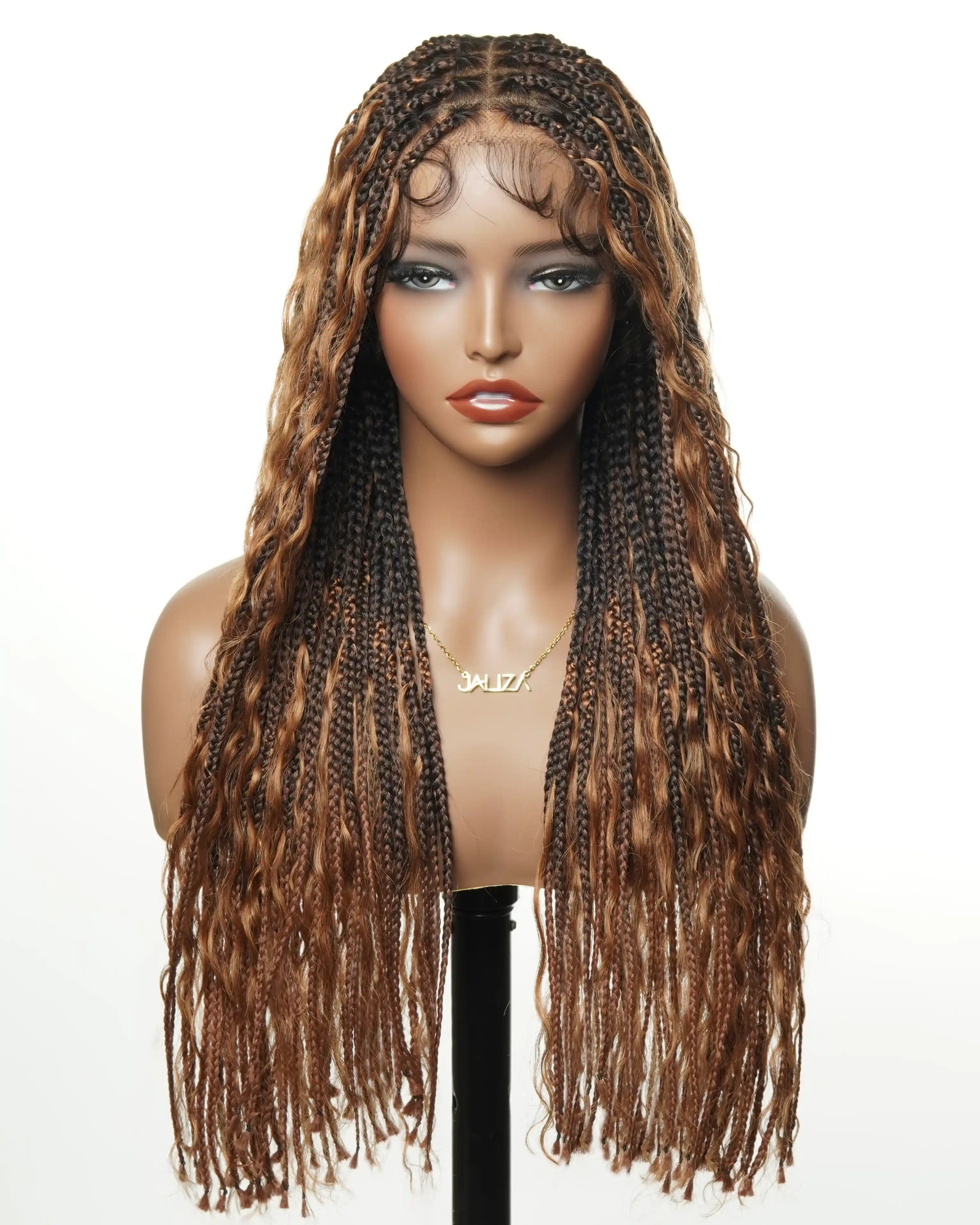
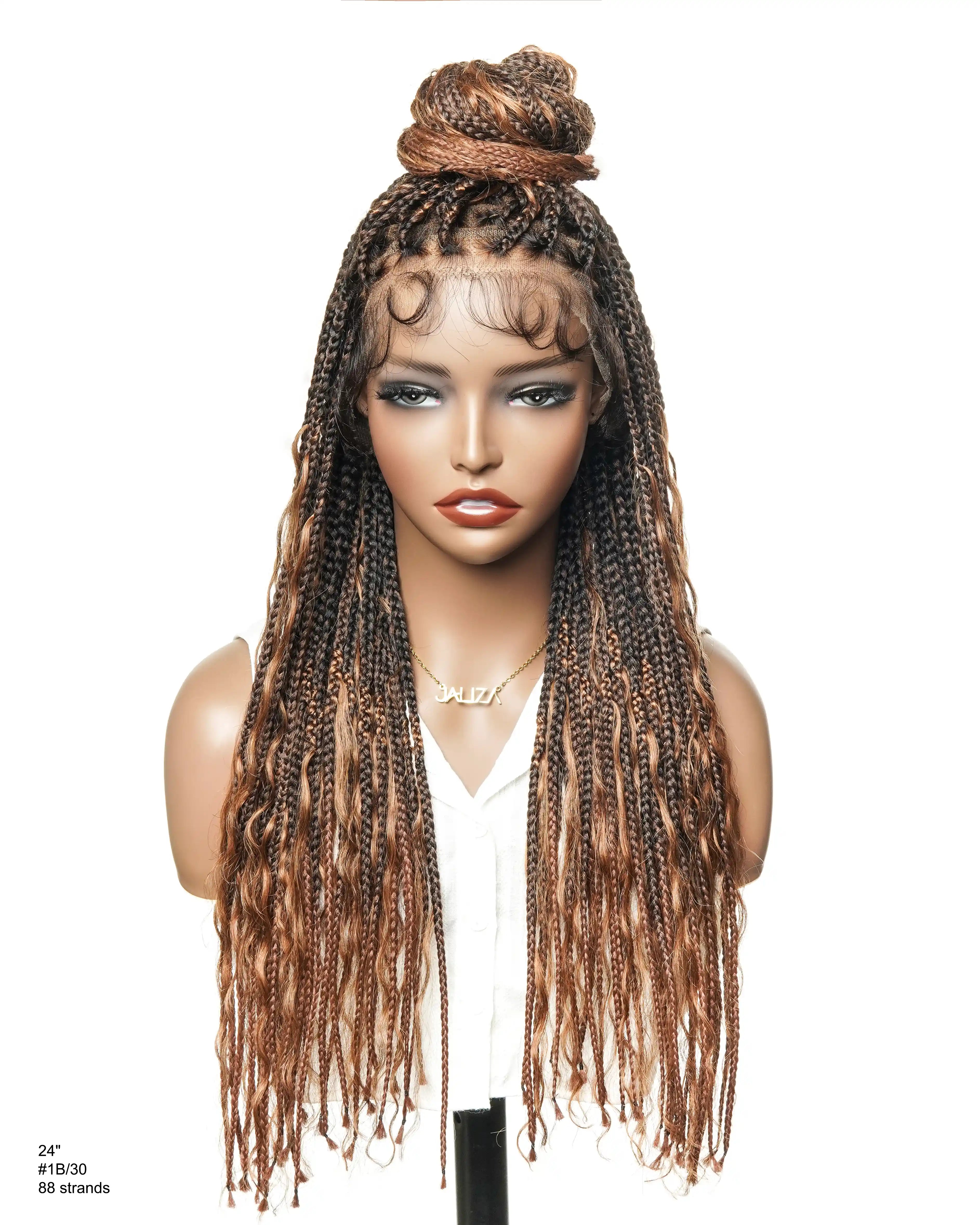
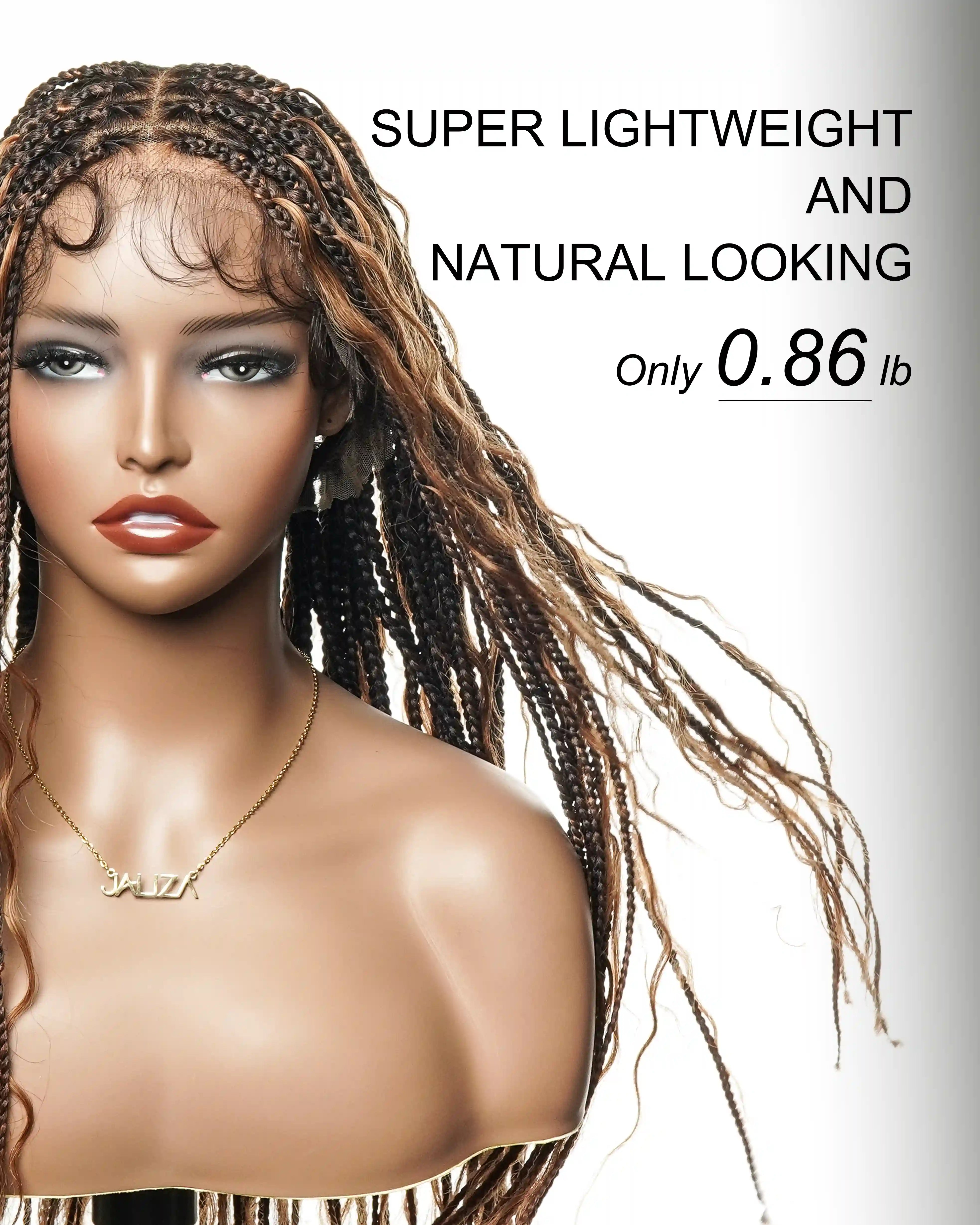
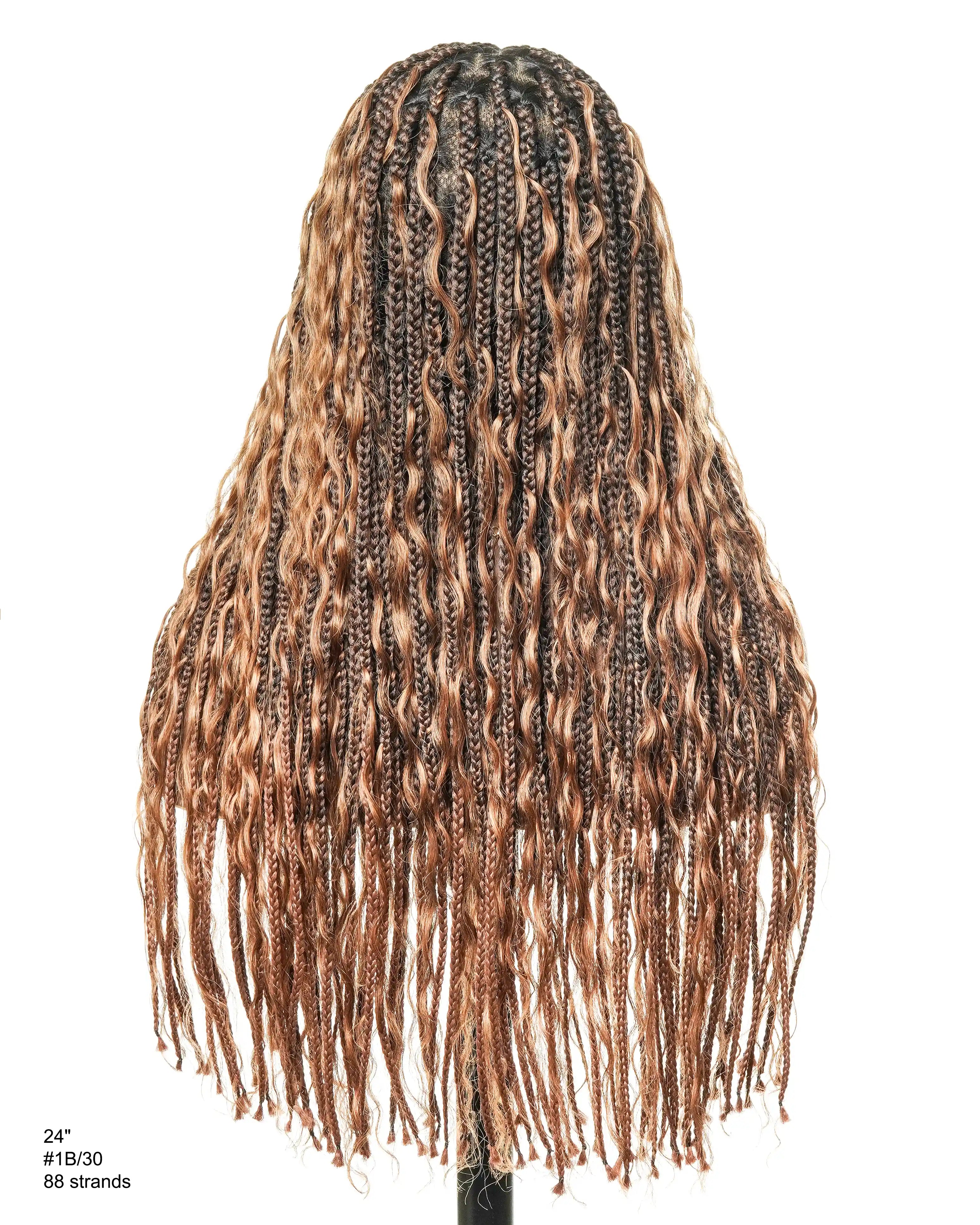
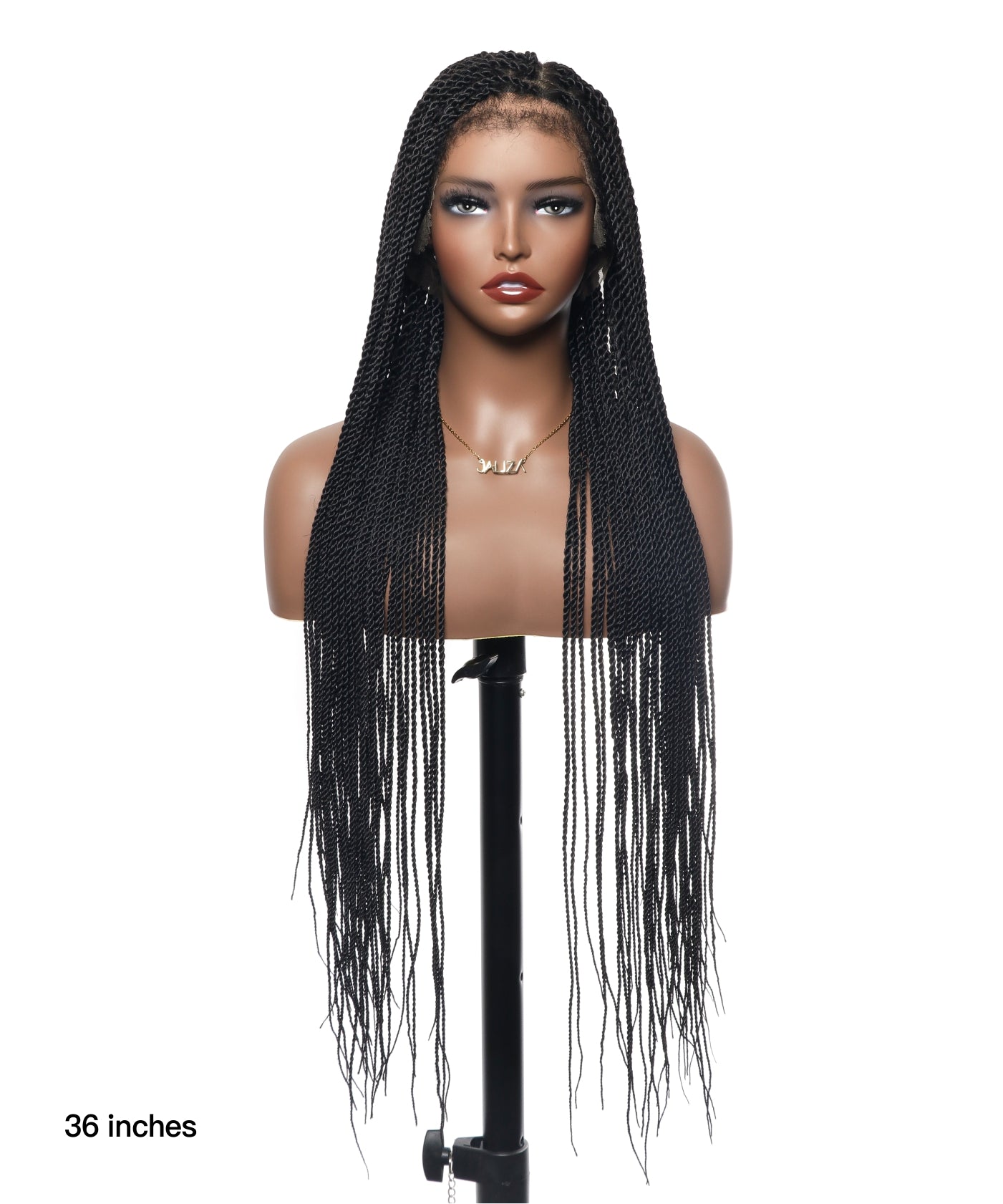
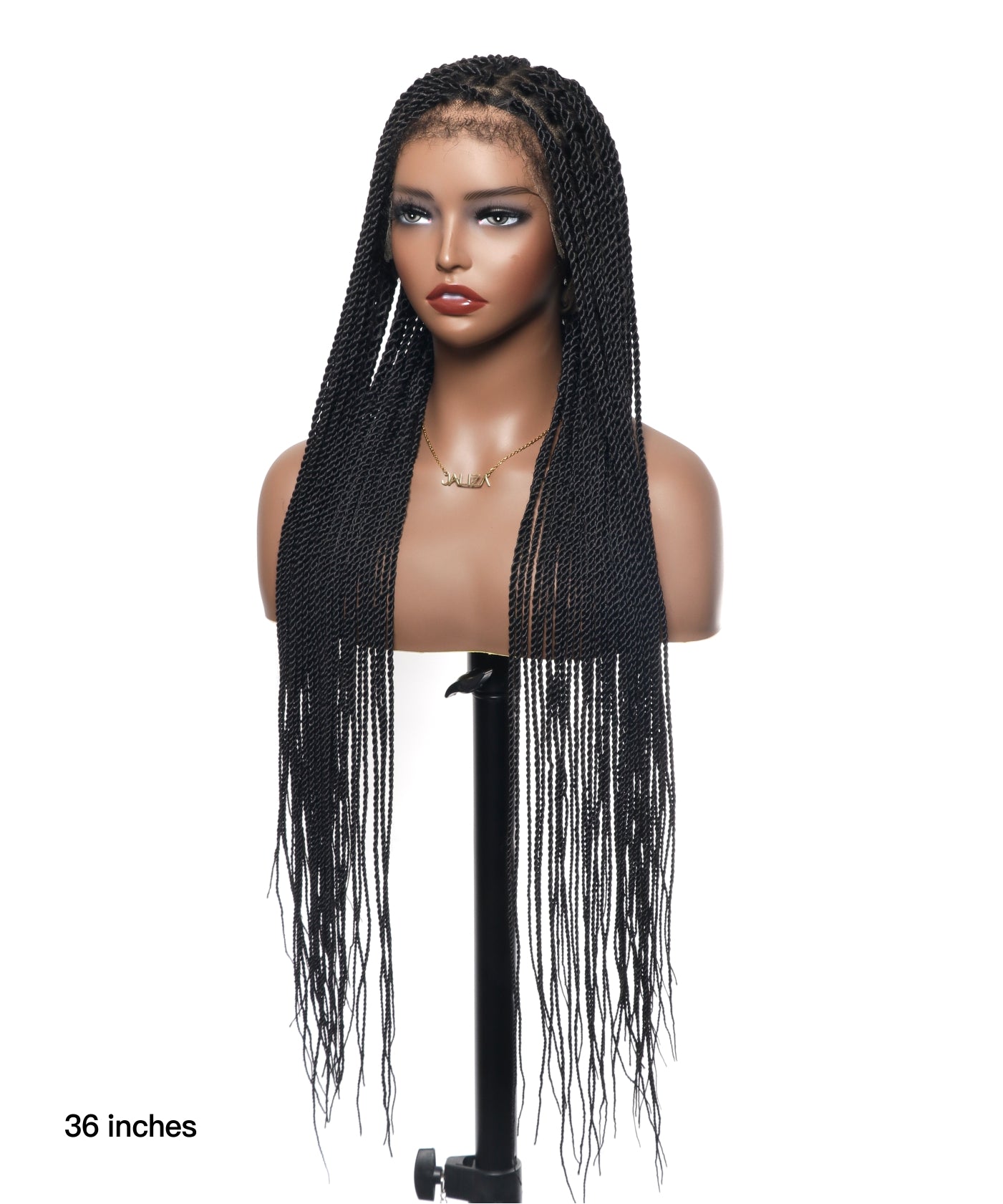
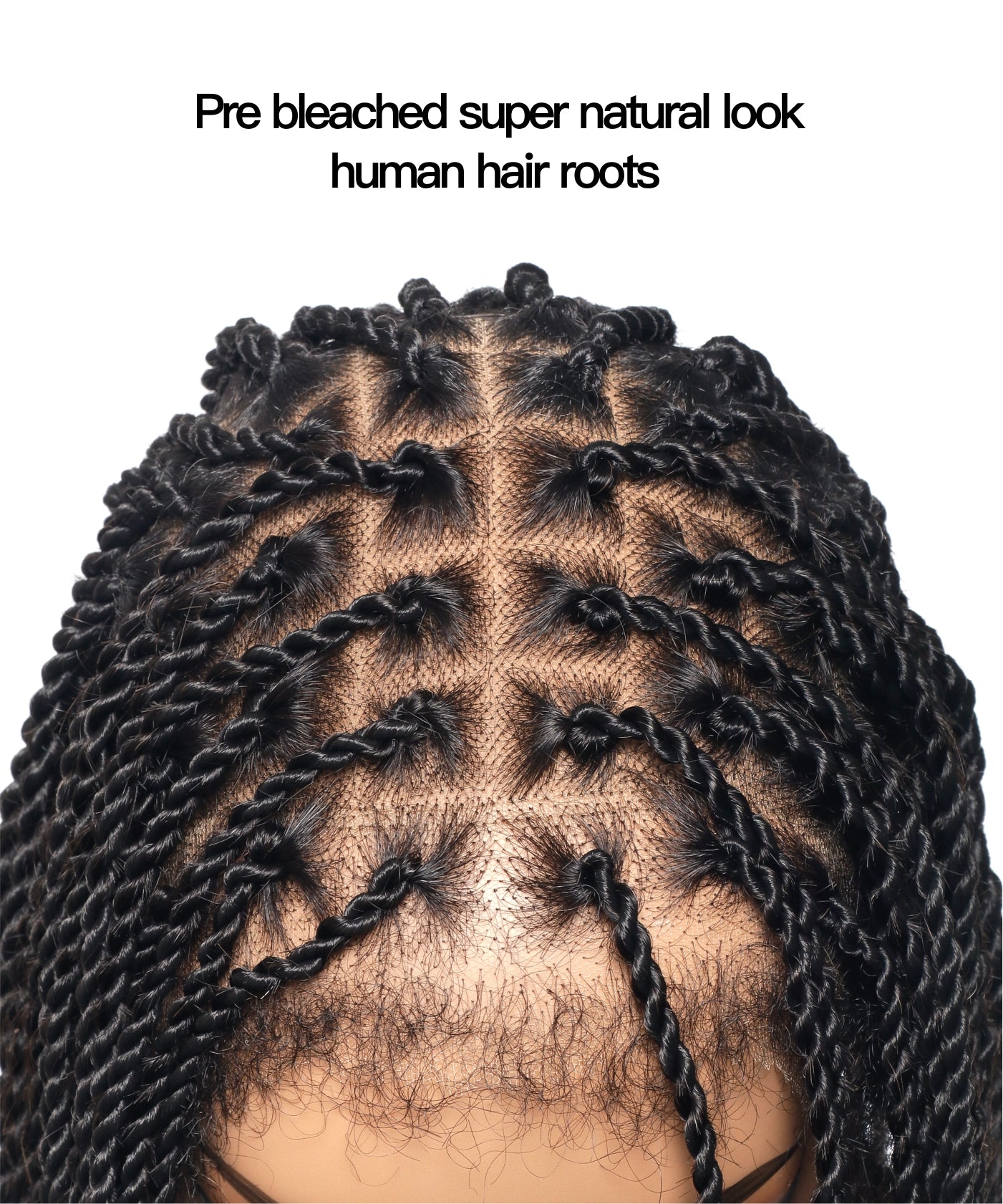
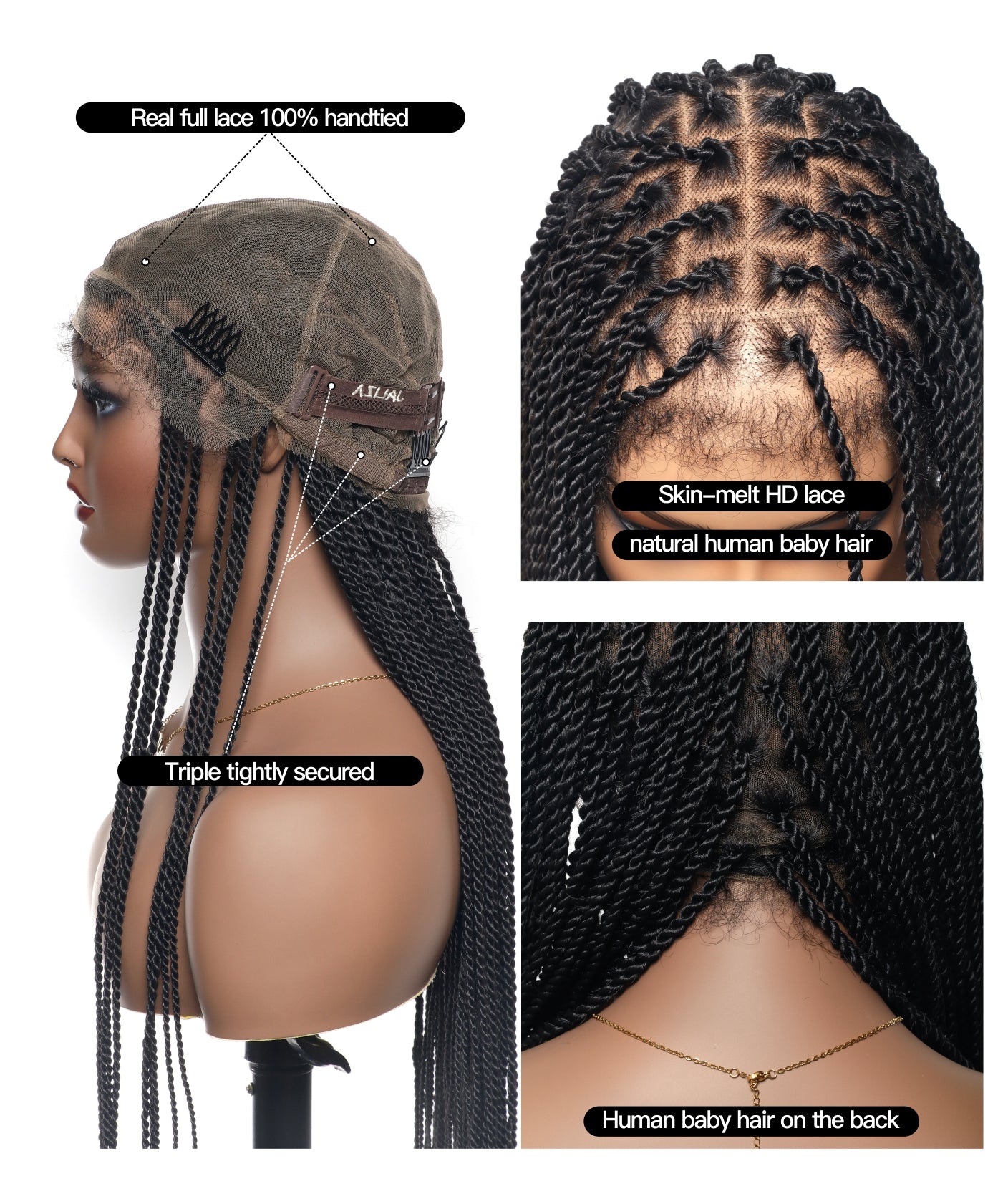
Share:
Mastering Rubber Bands in Box Braiding: Essential Tips for Healthy, Damage-Free Hair
The Ultimate Guide to Creating Perfect Feed-In Knotless Braids